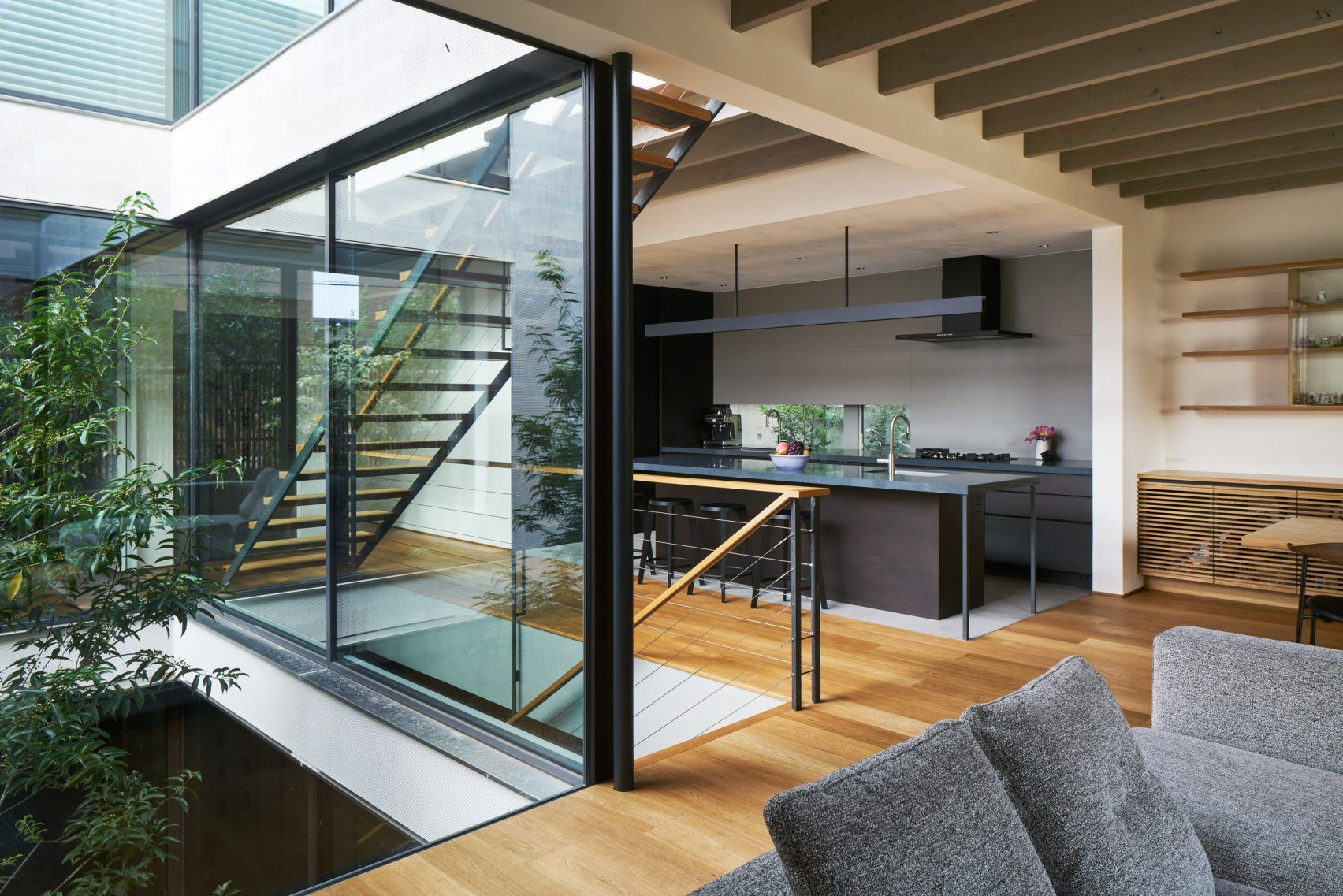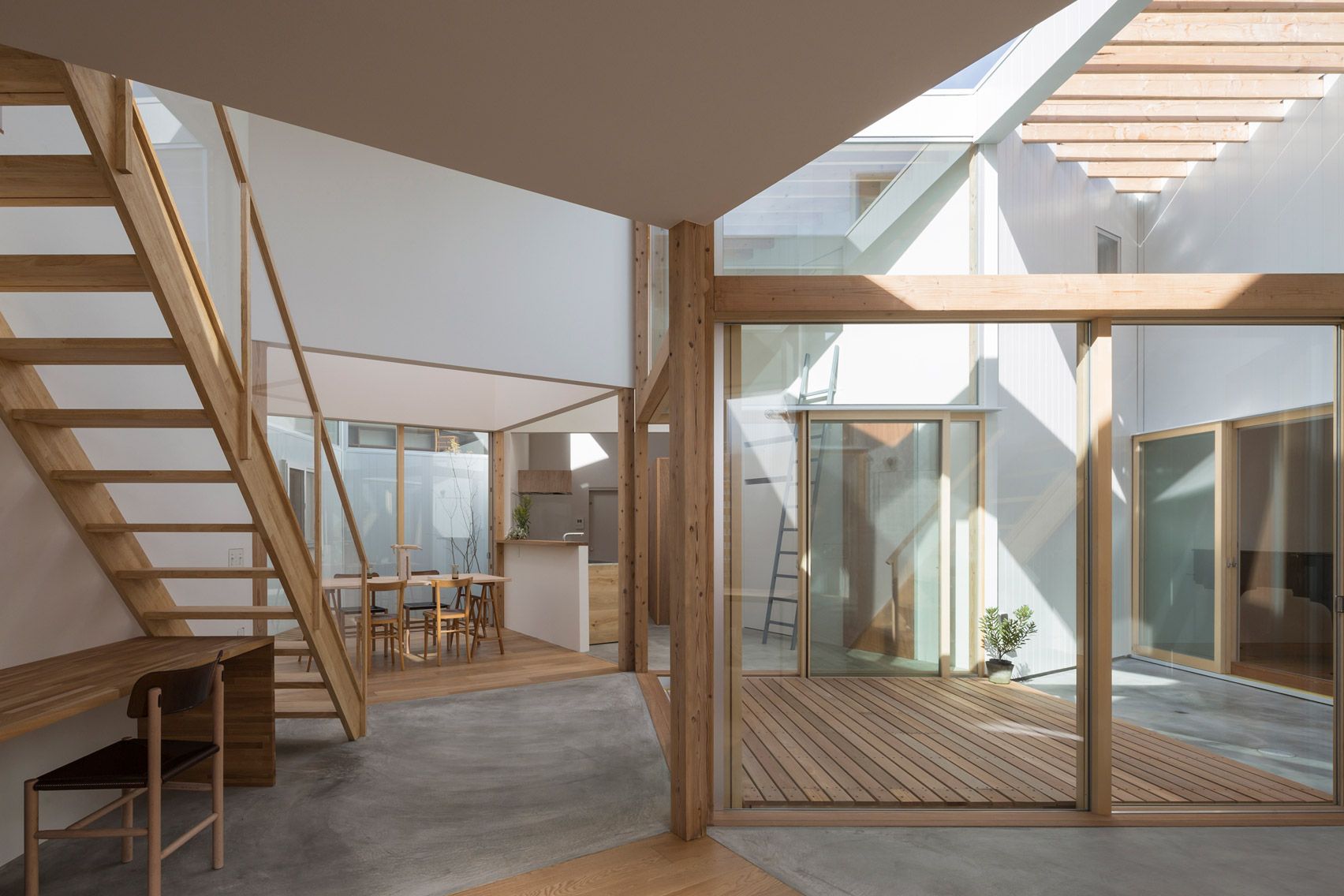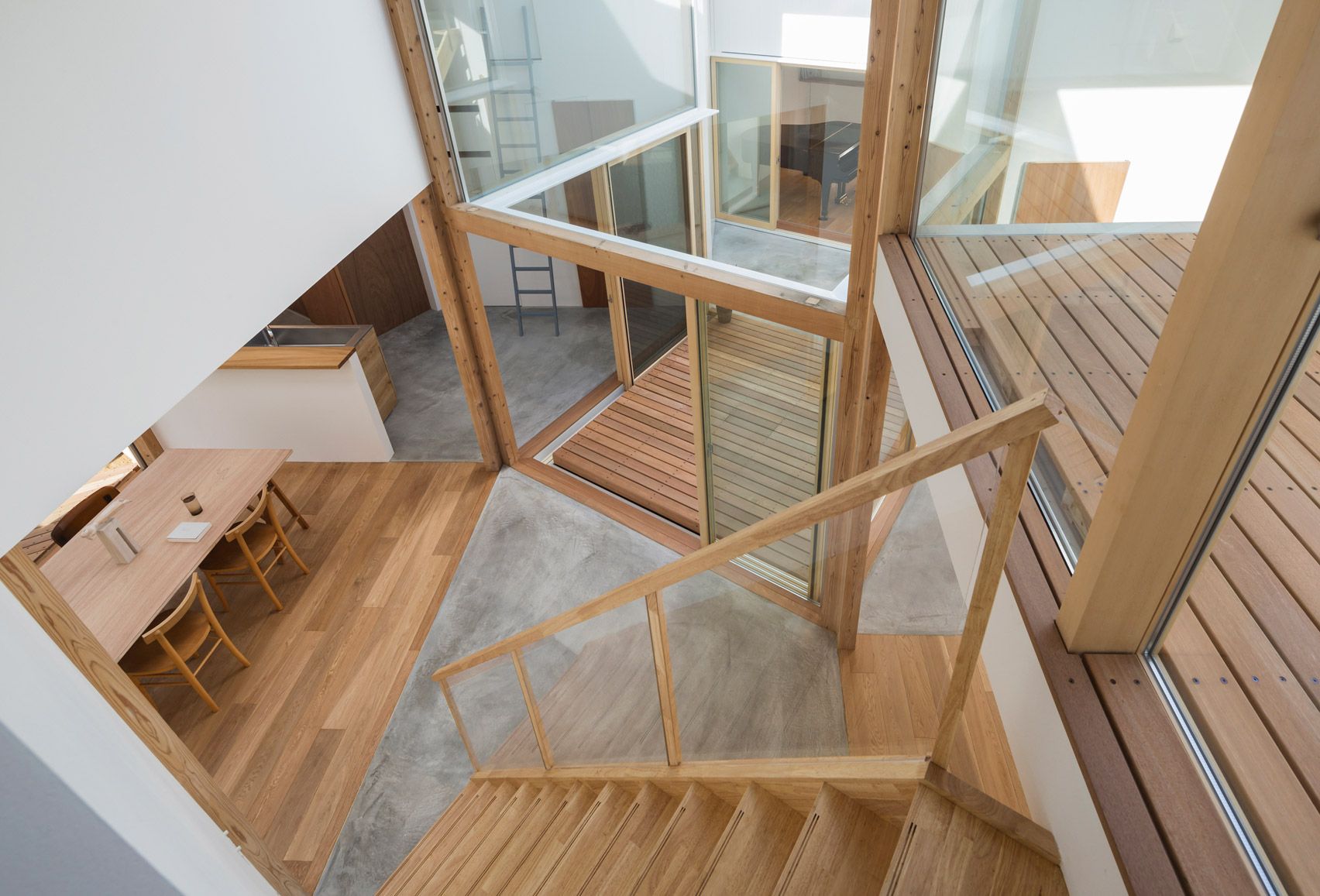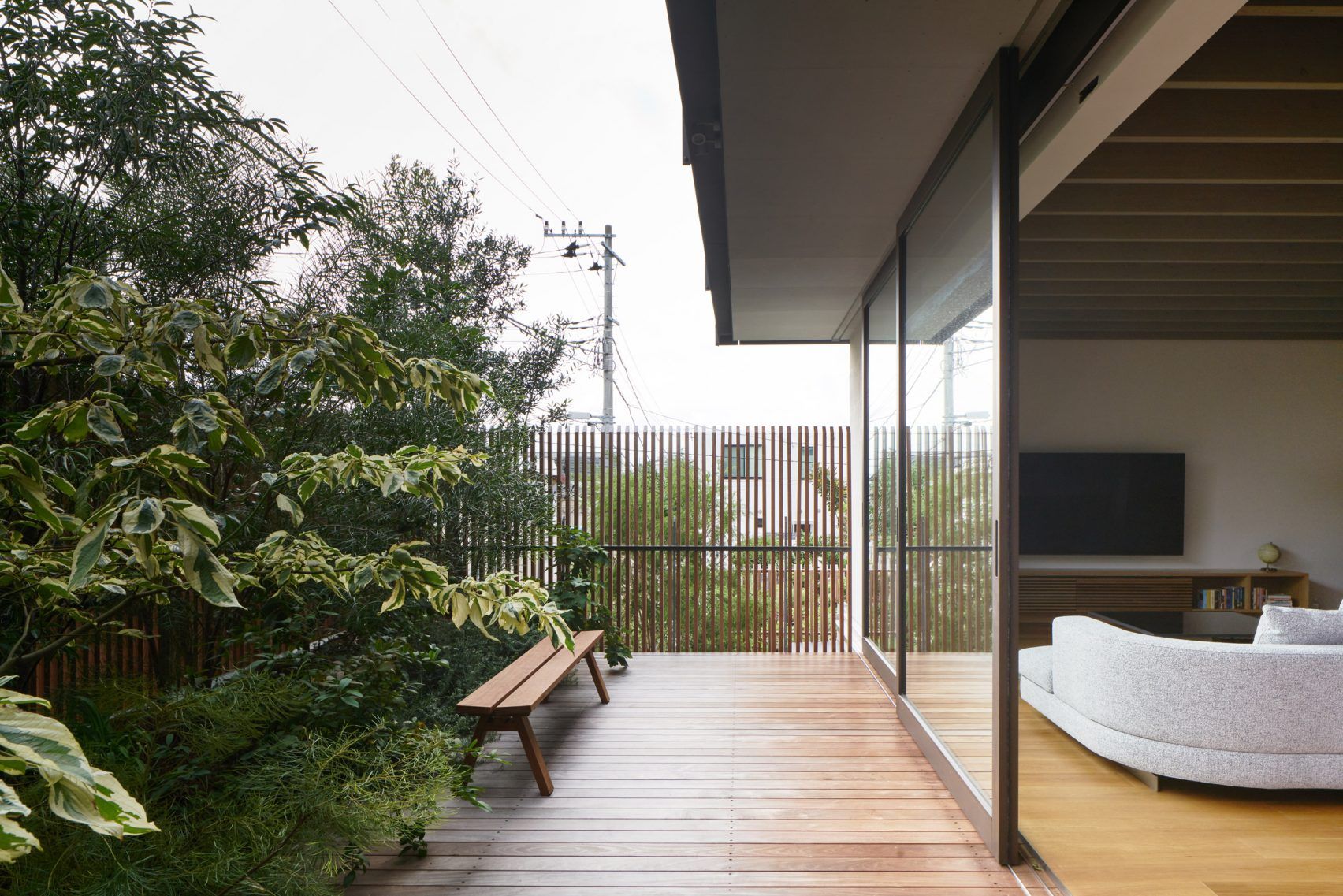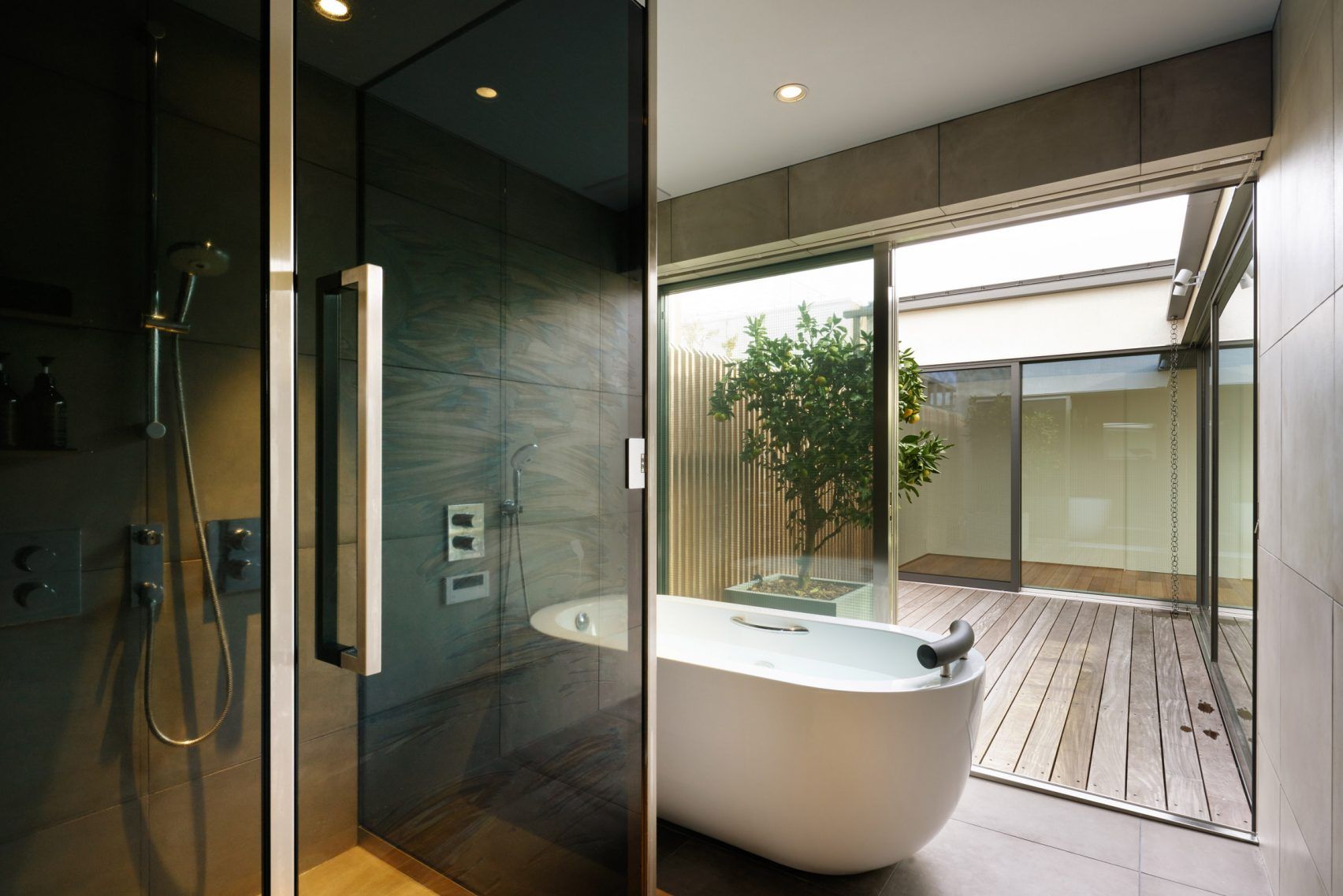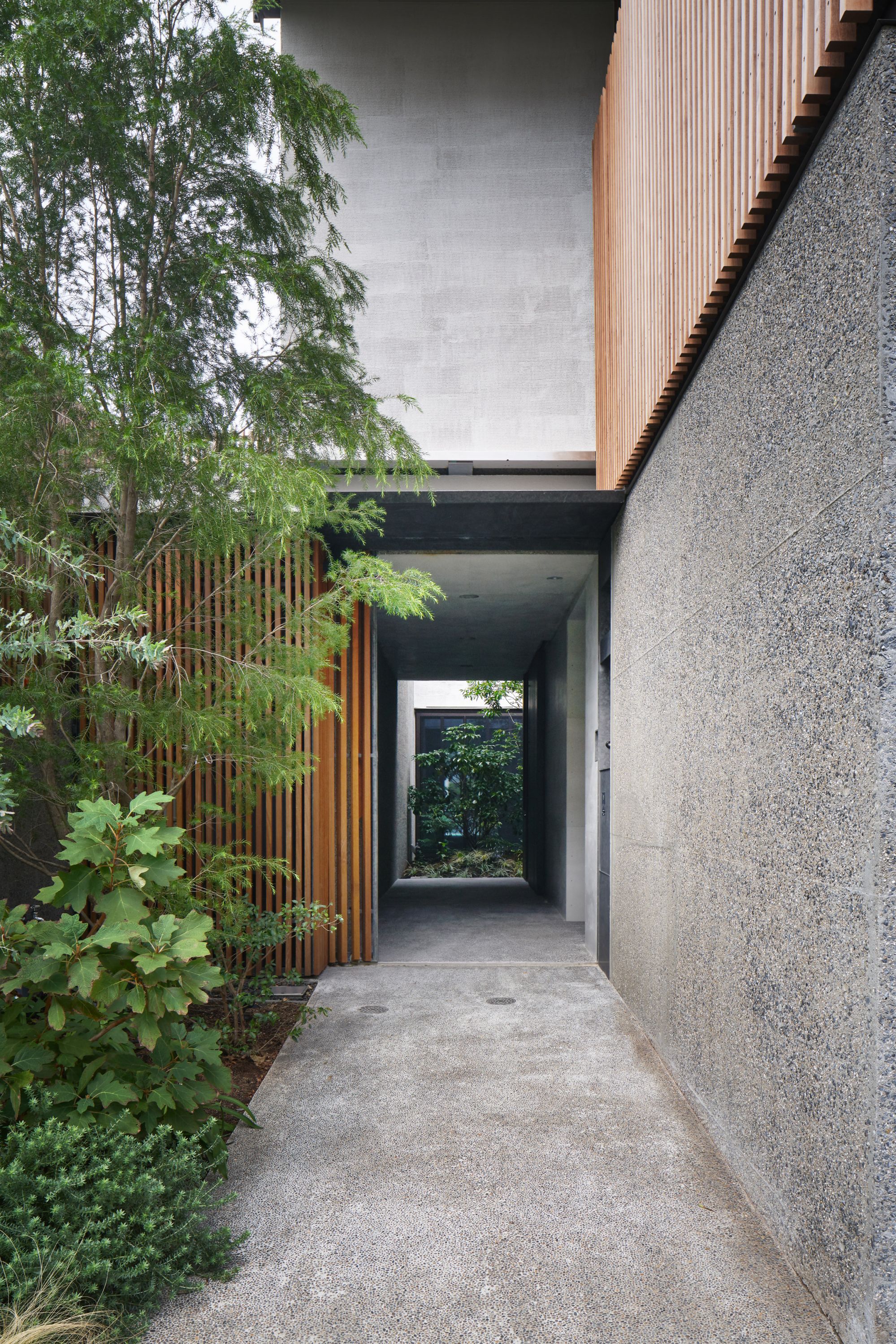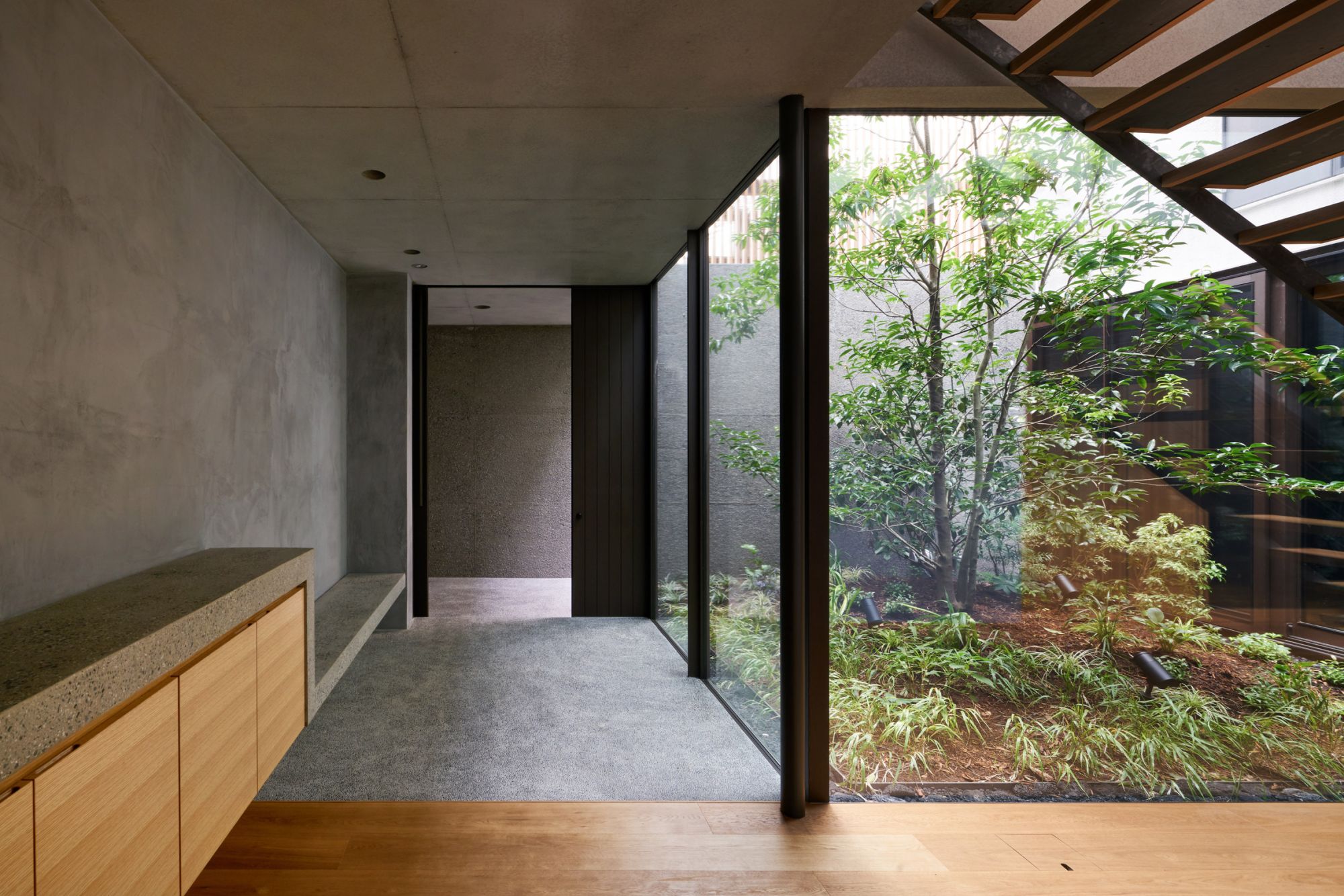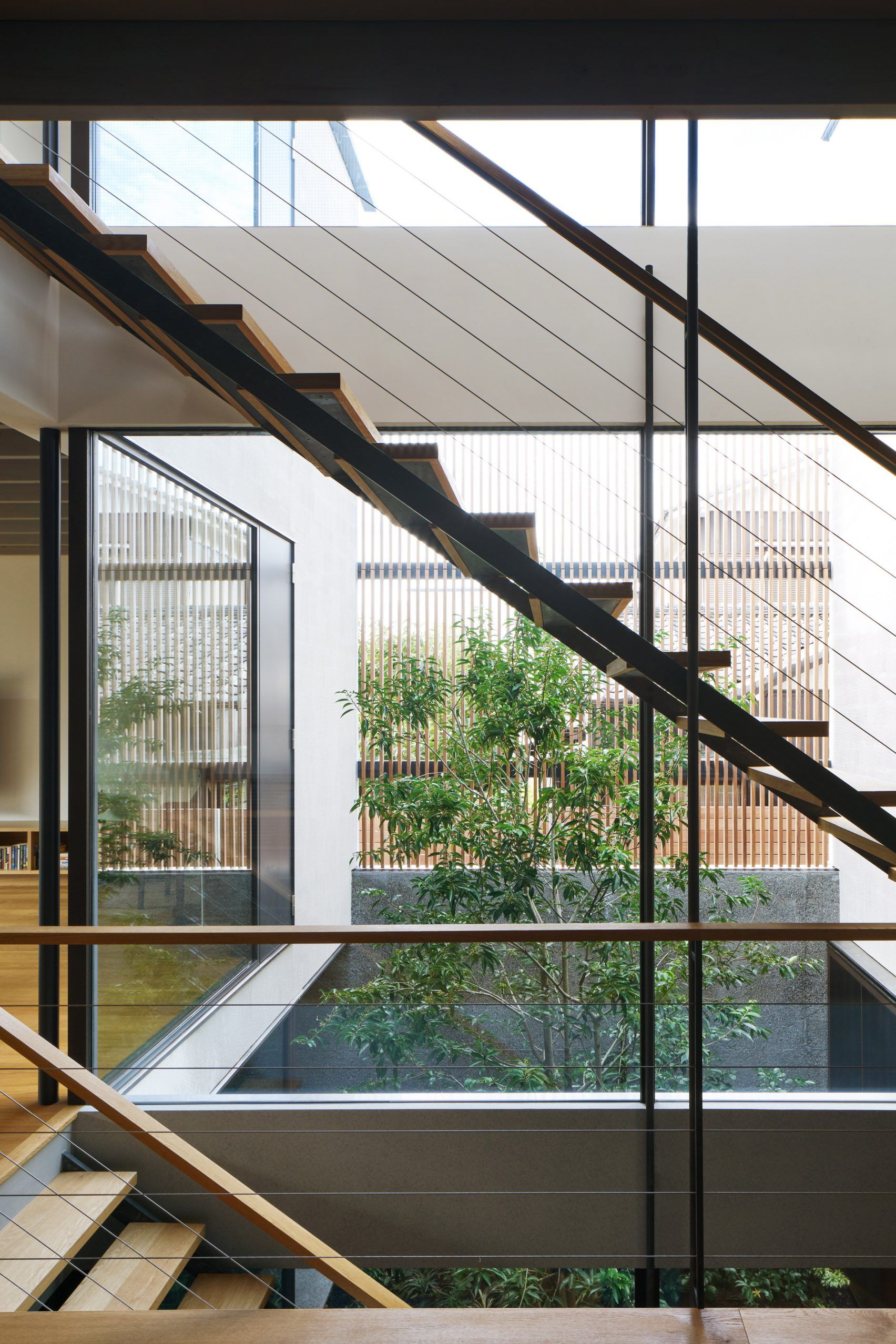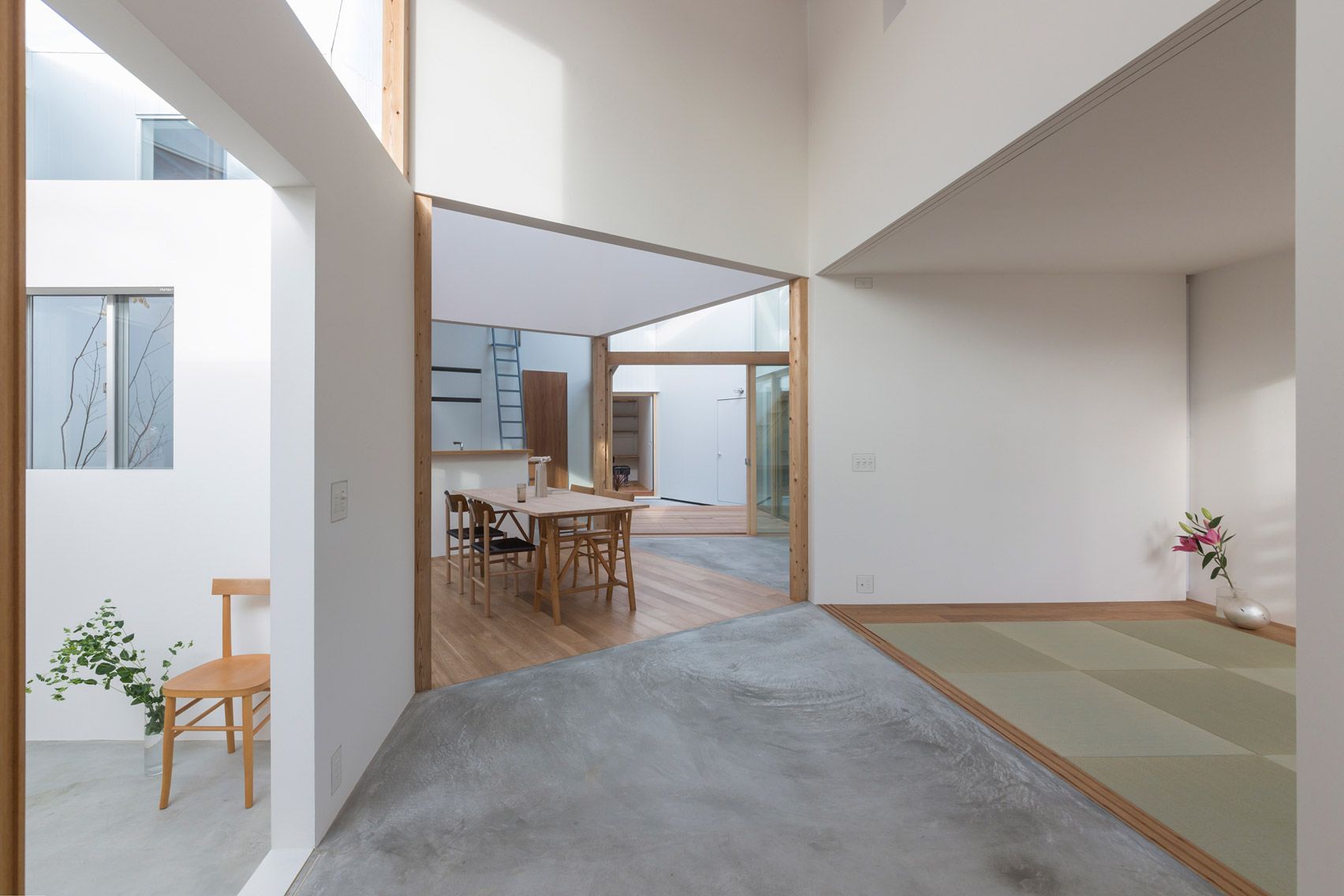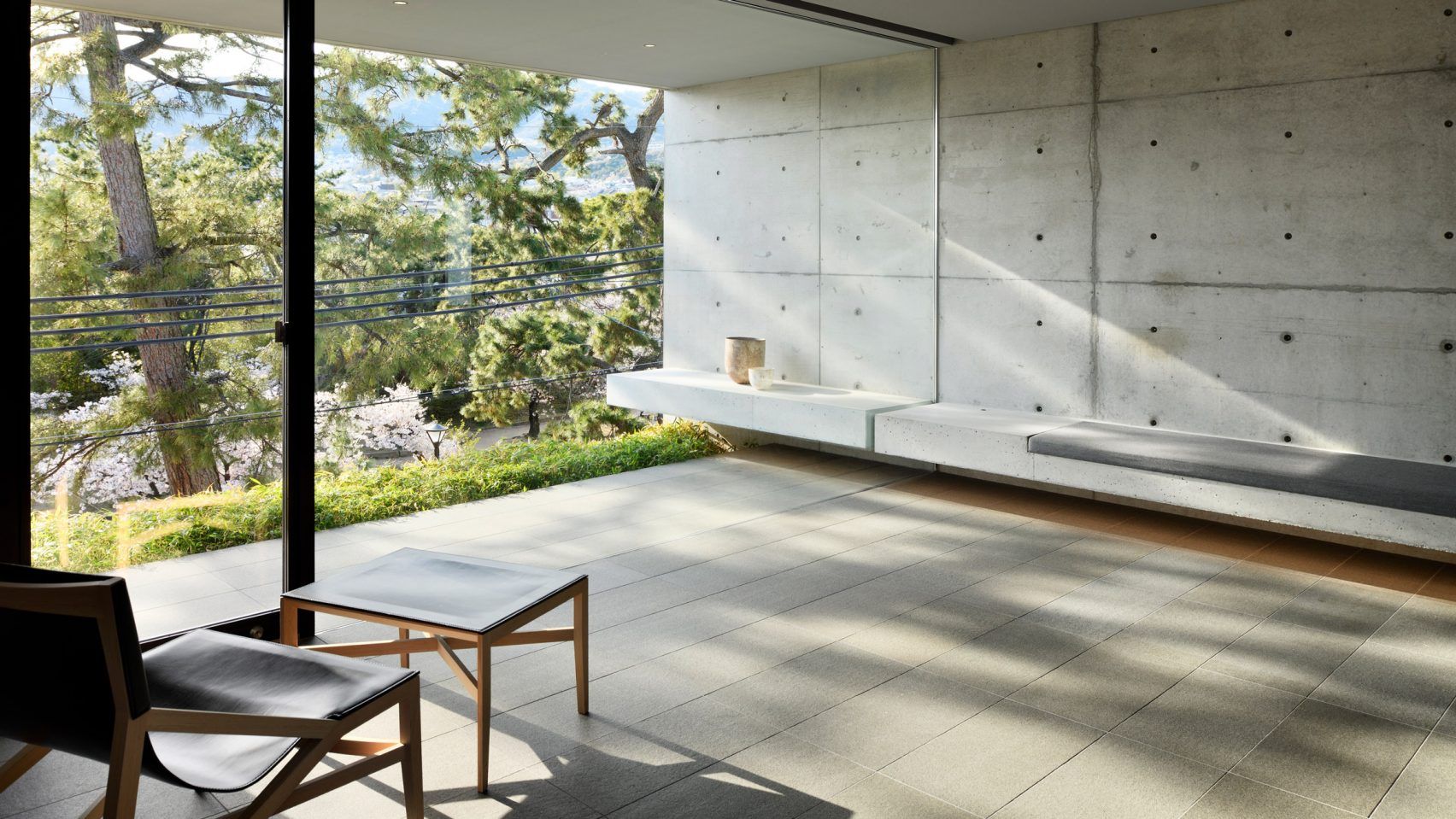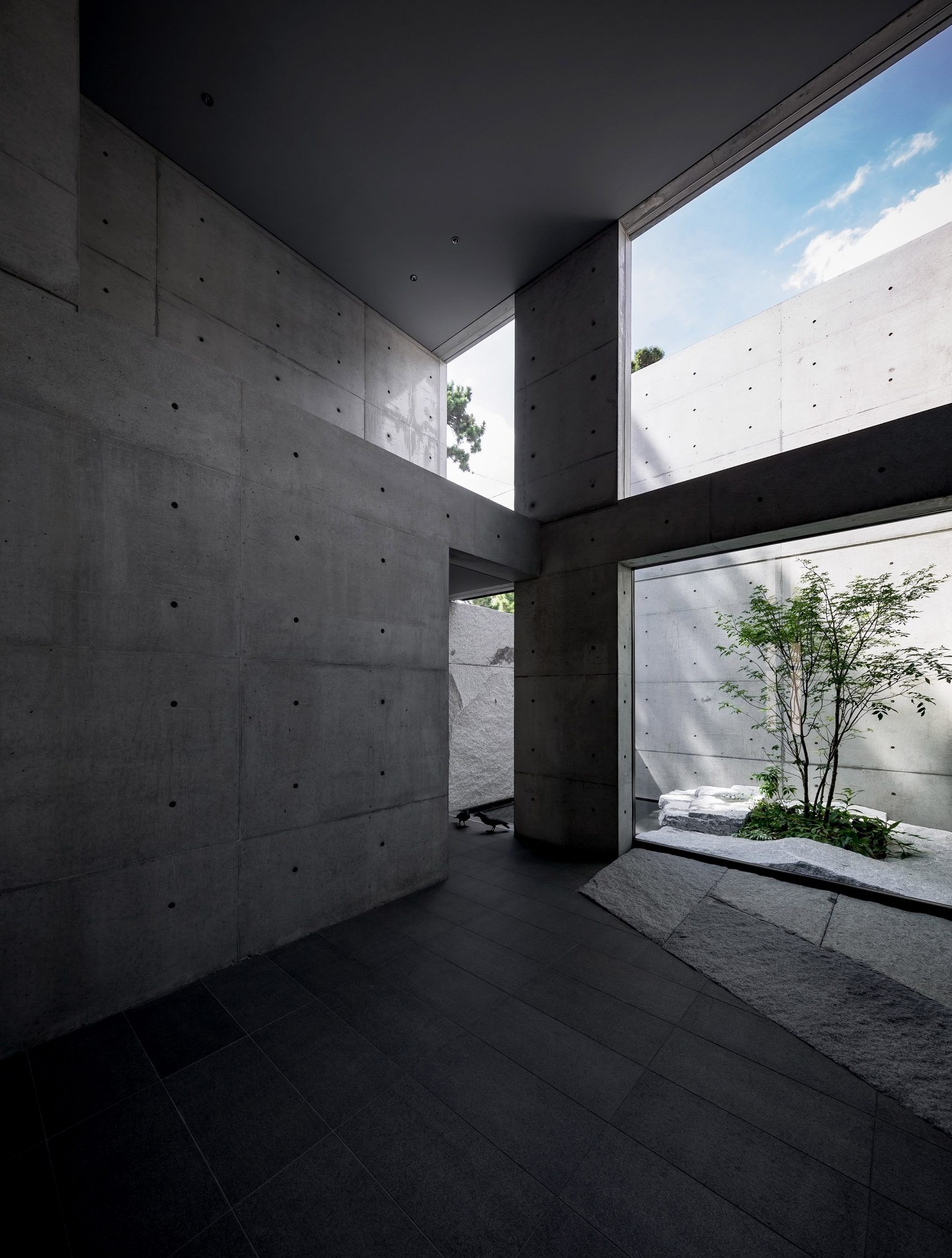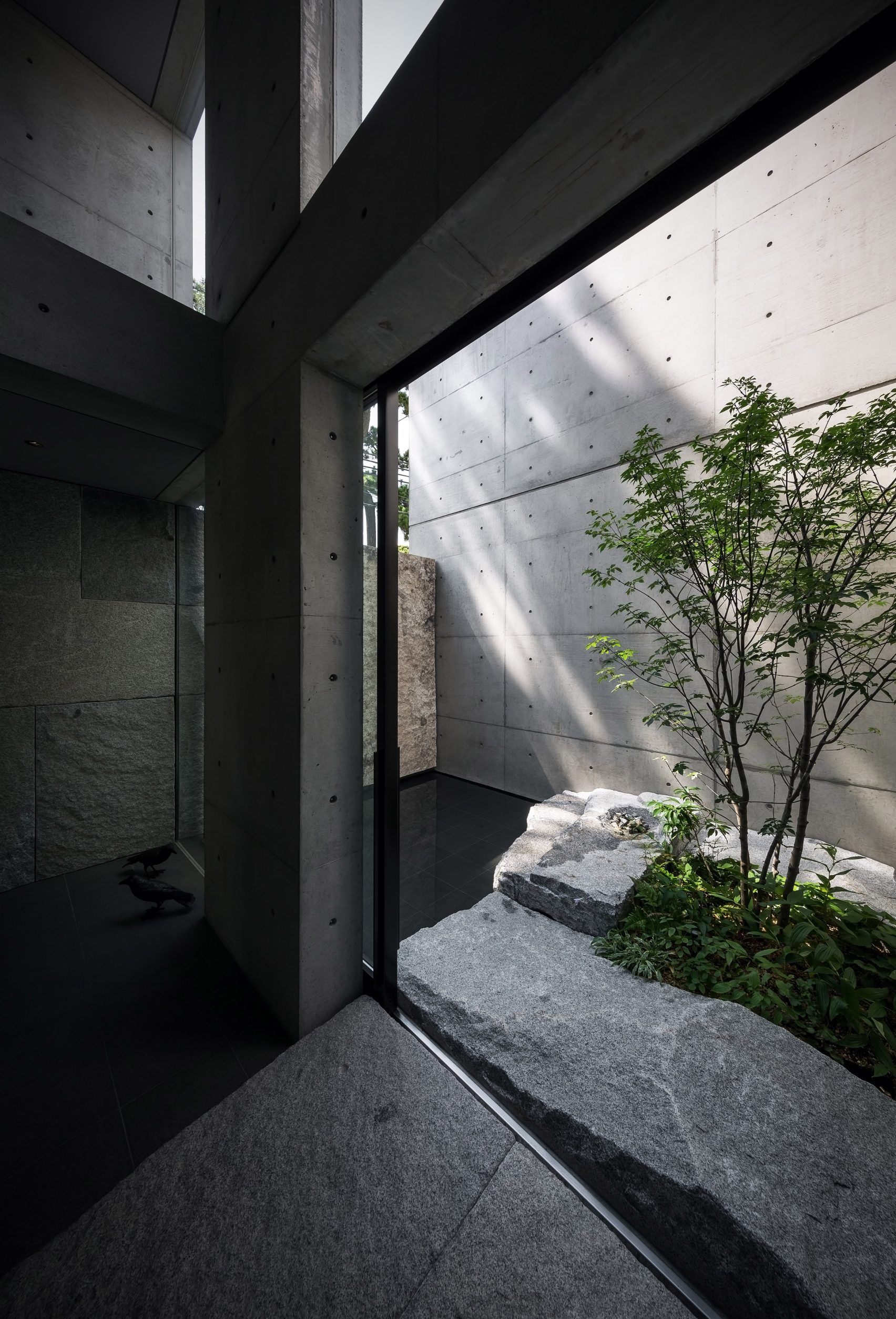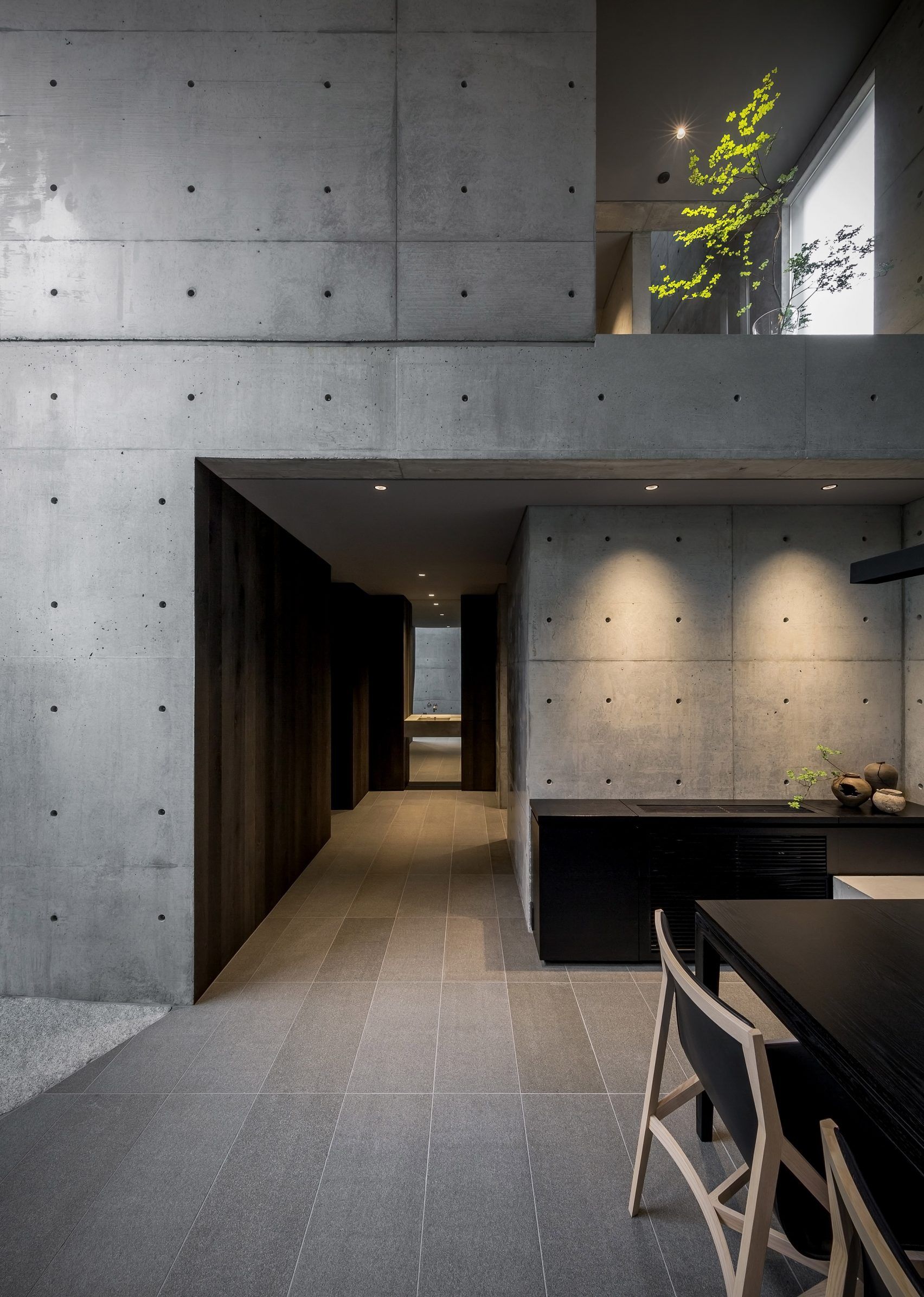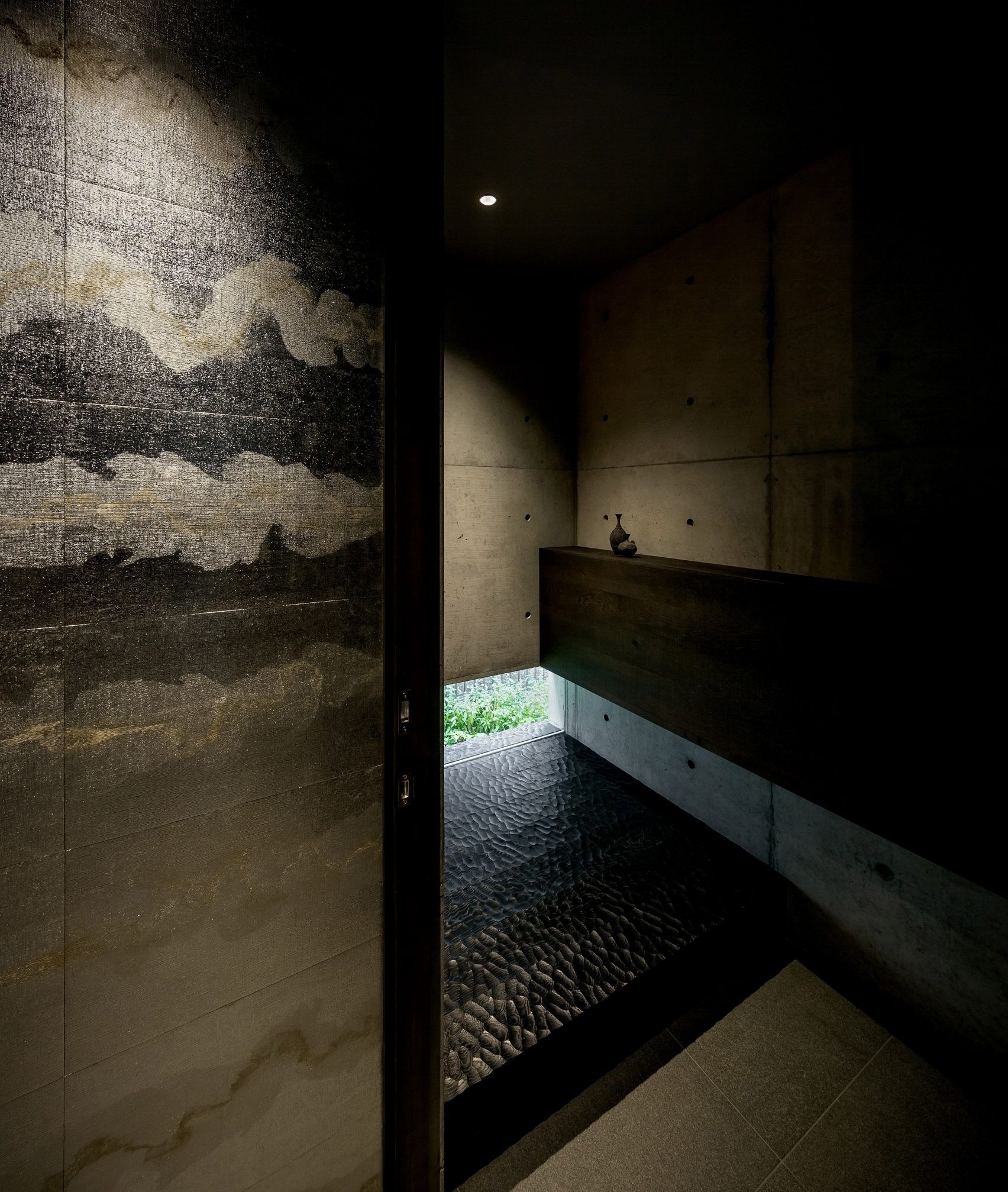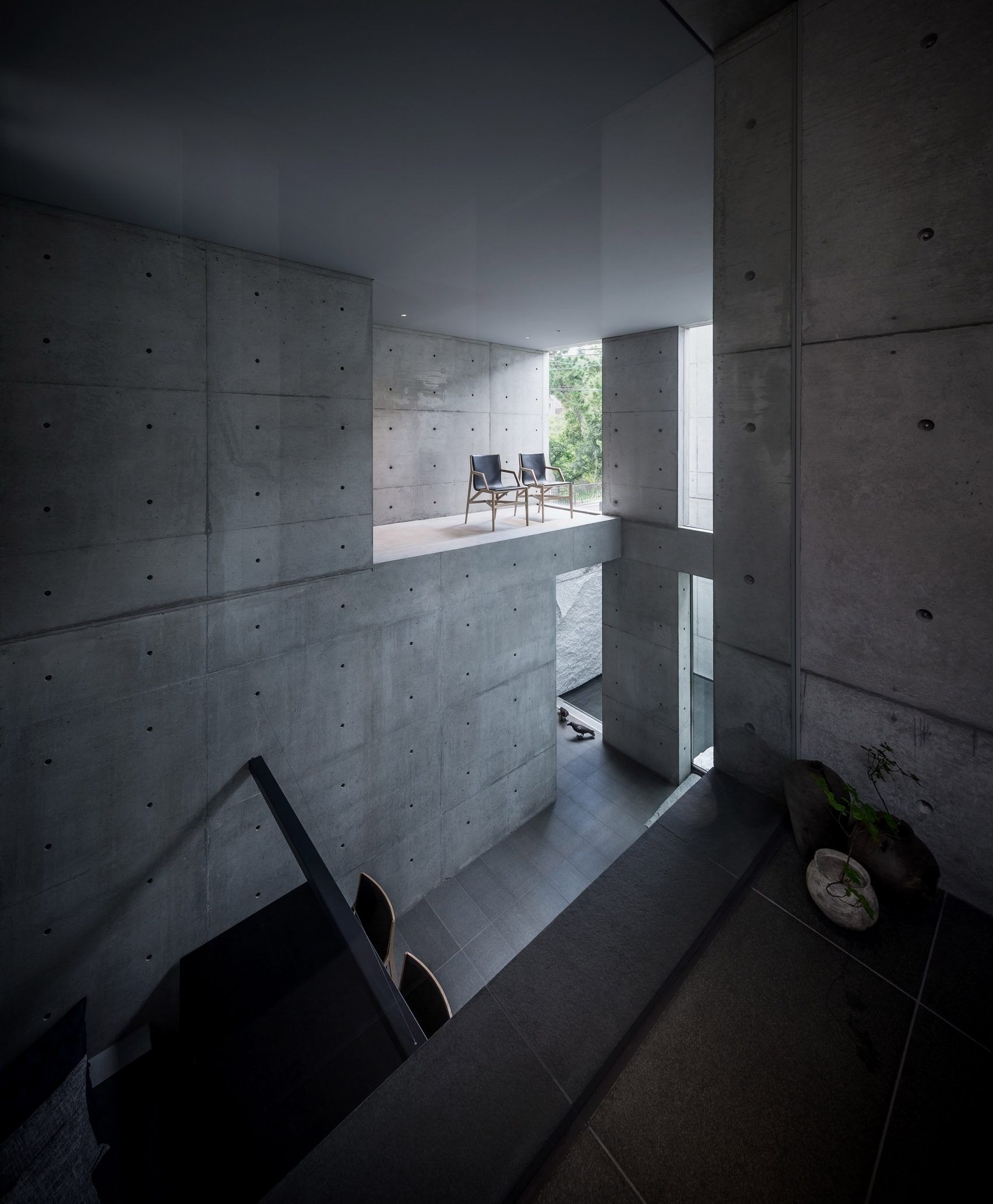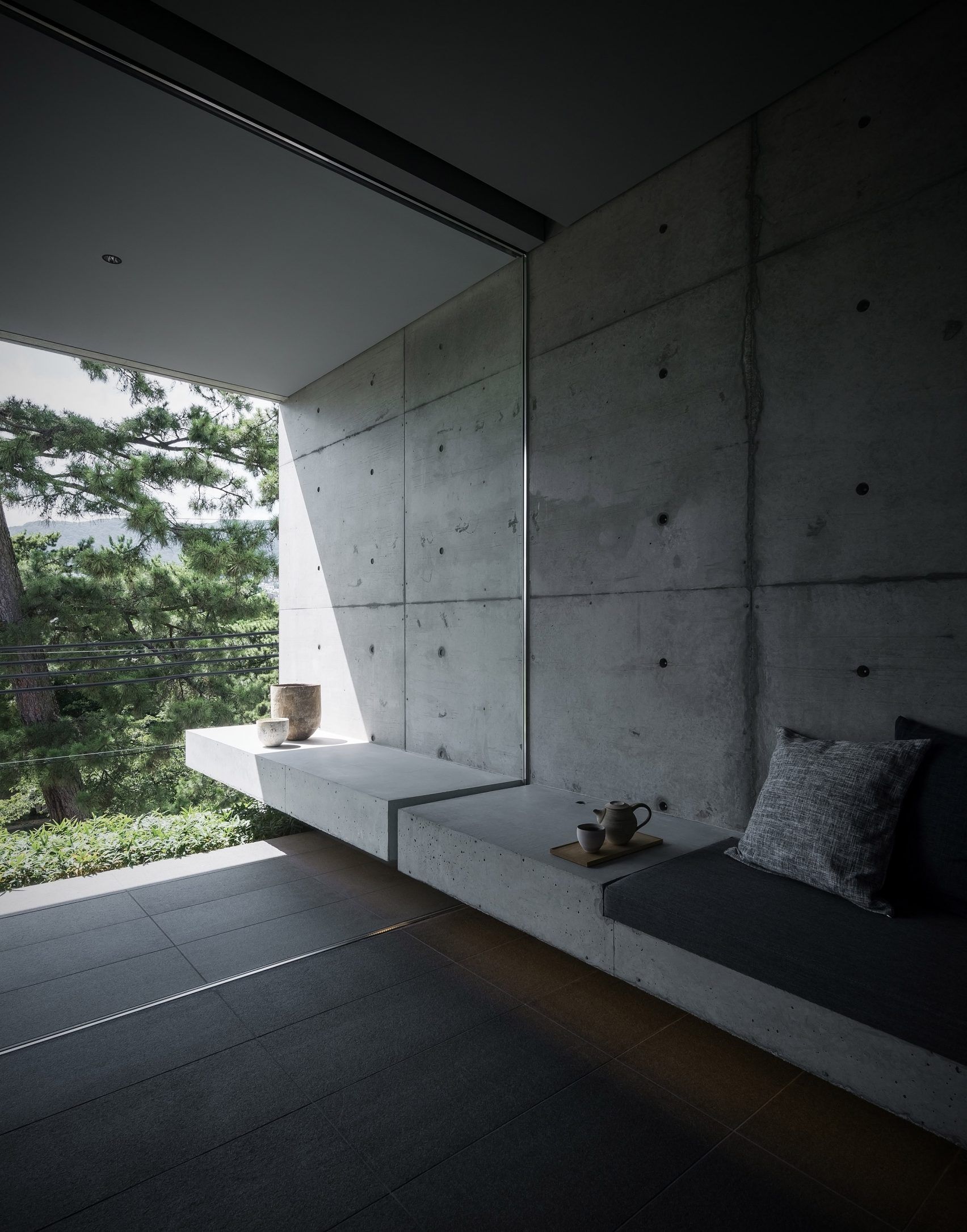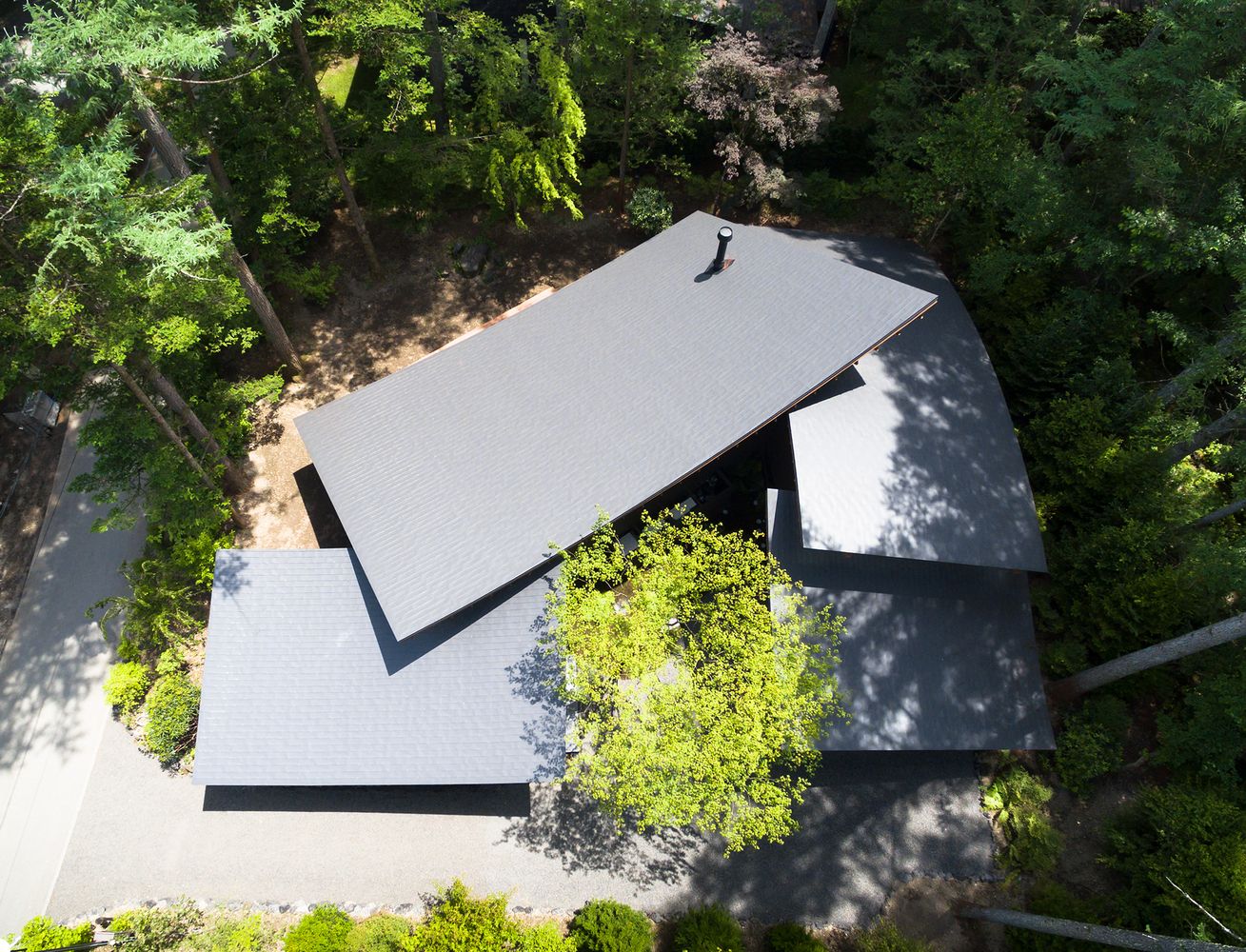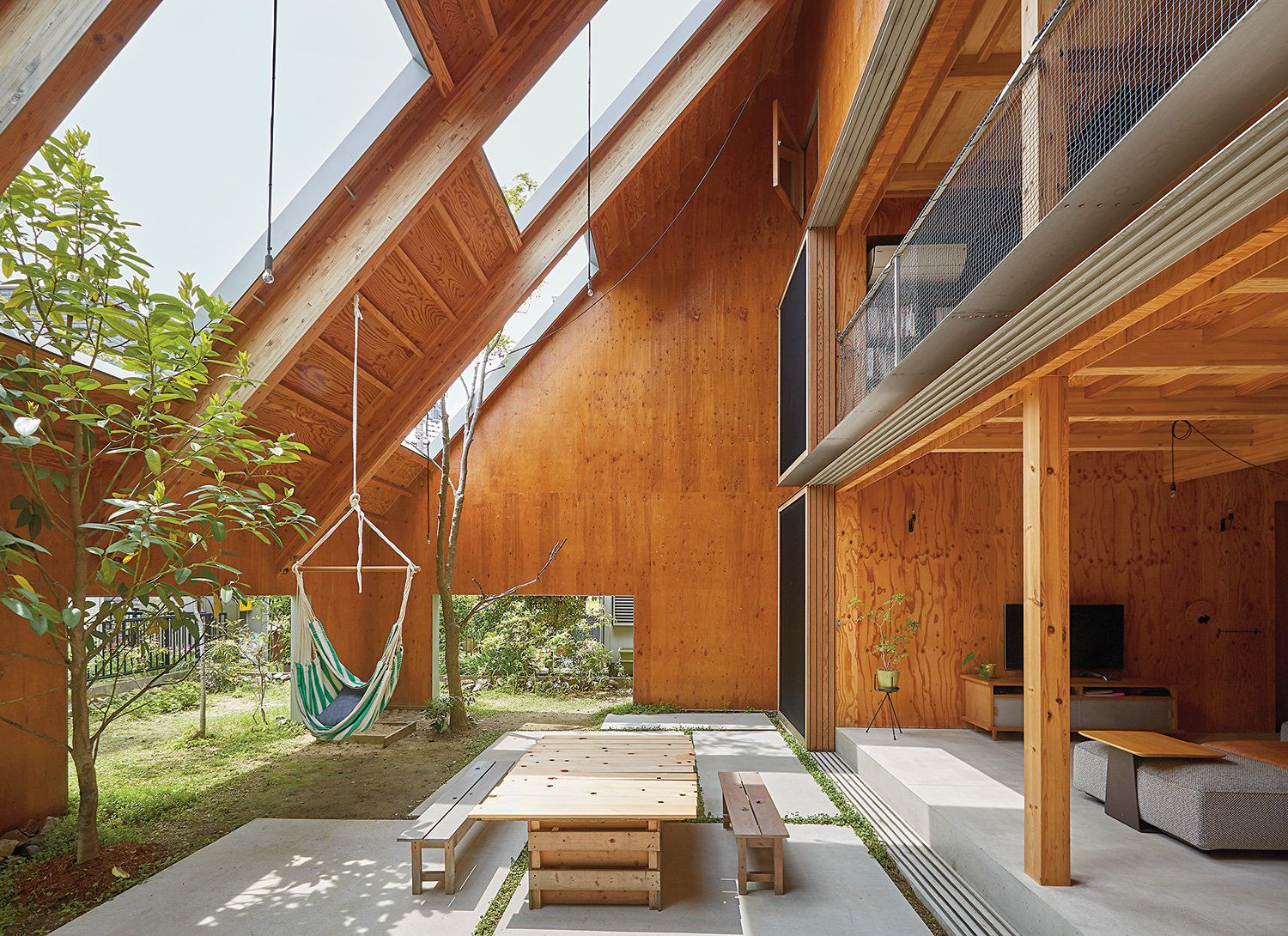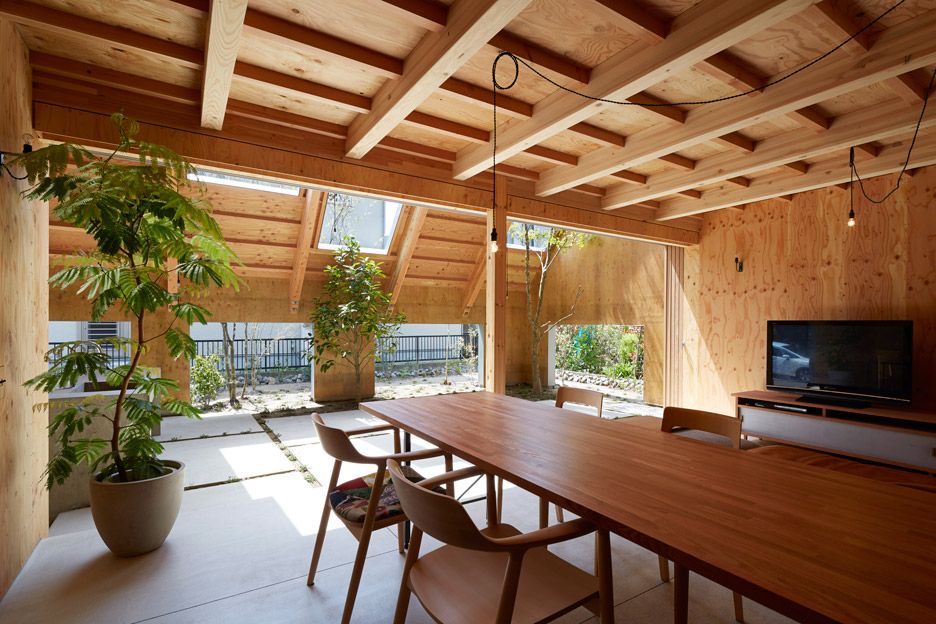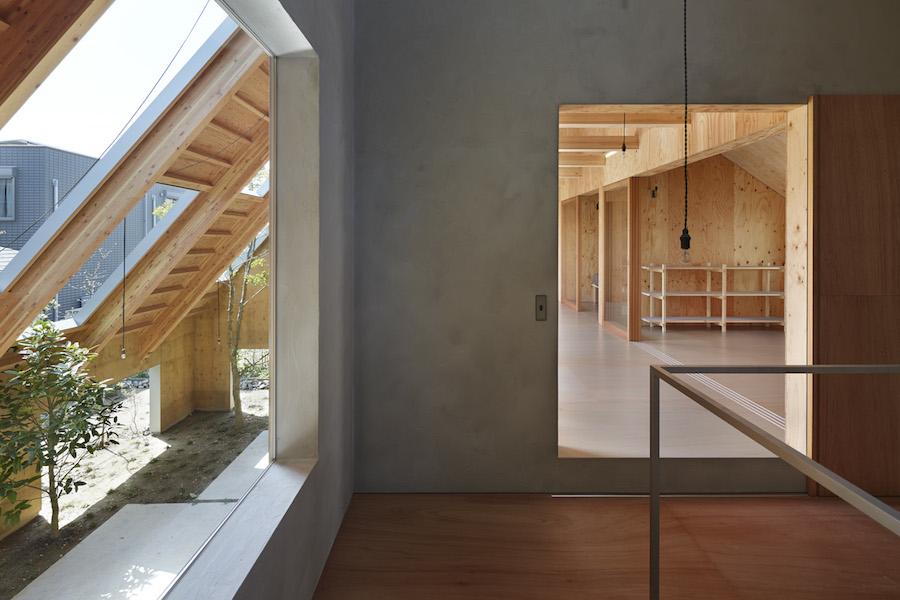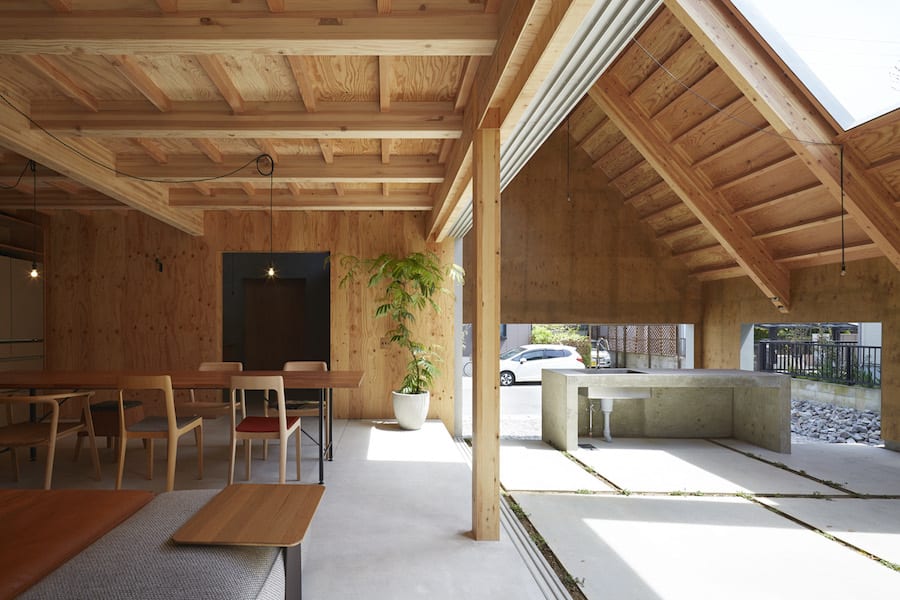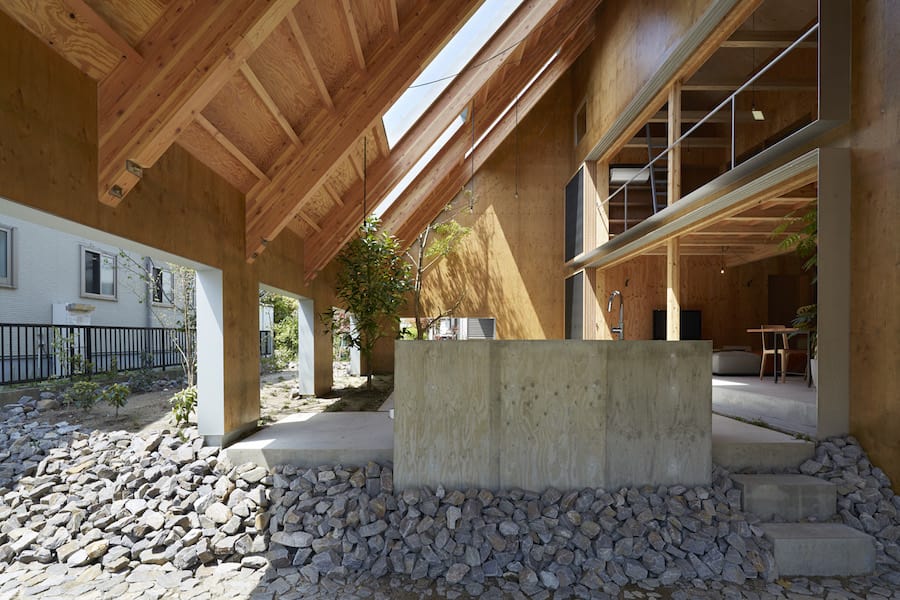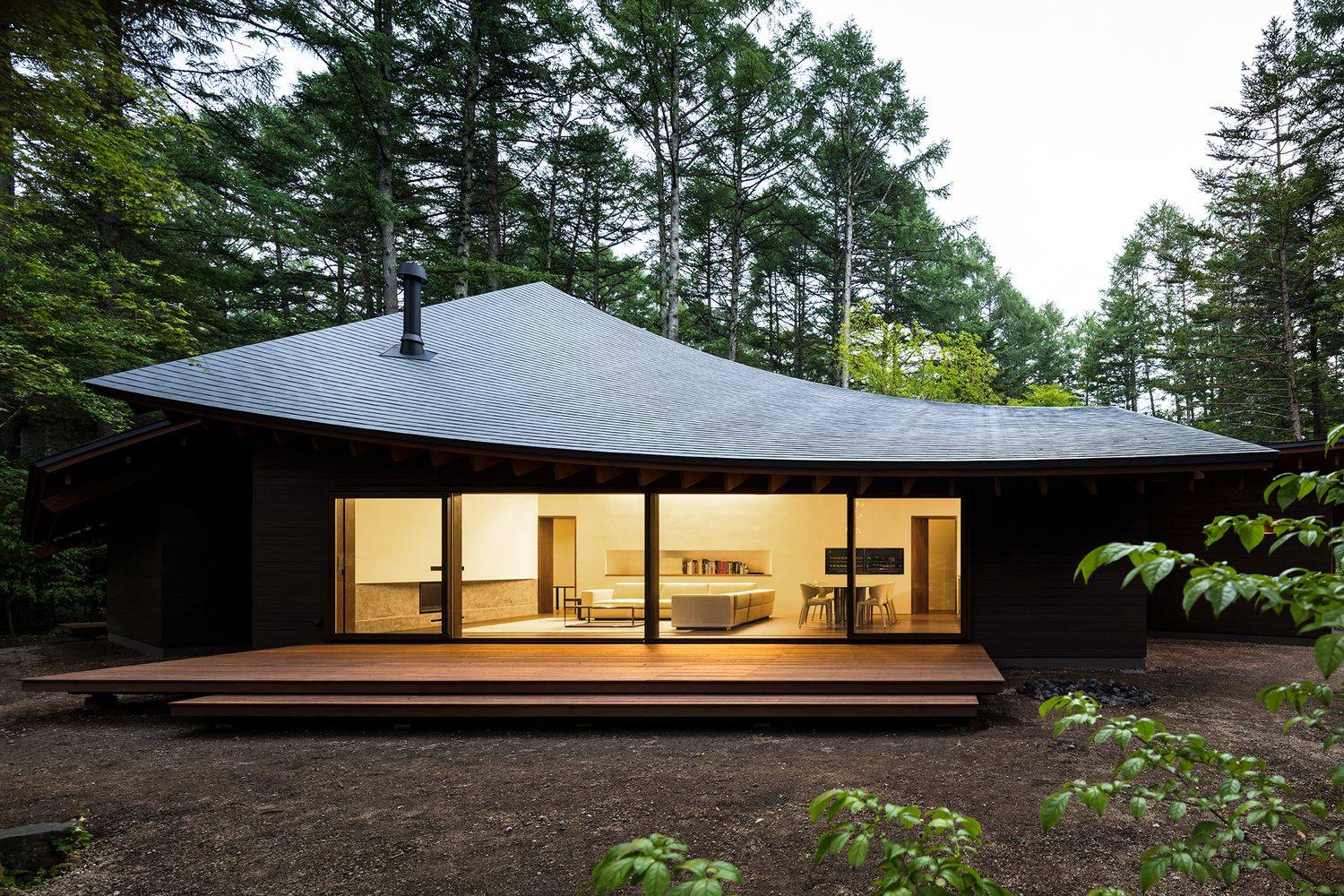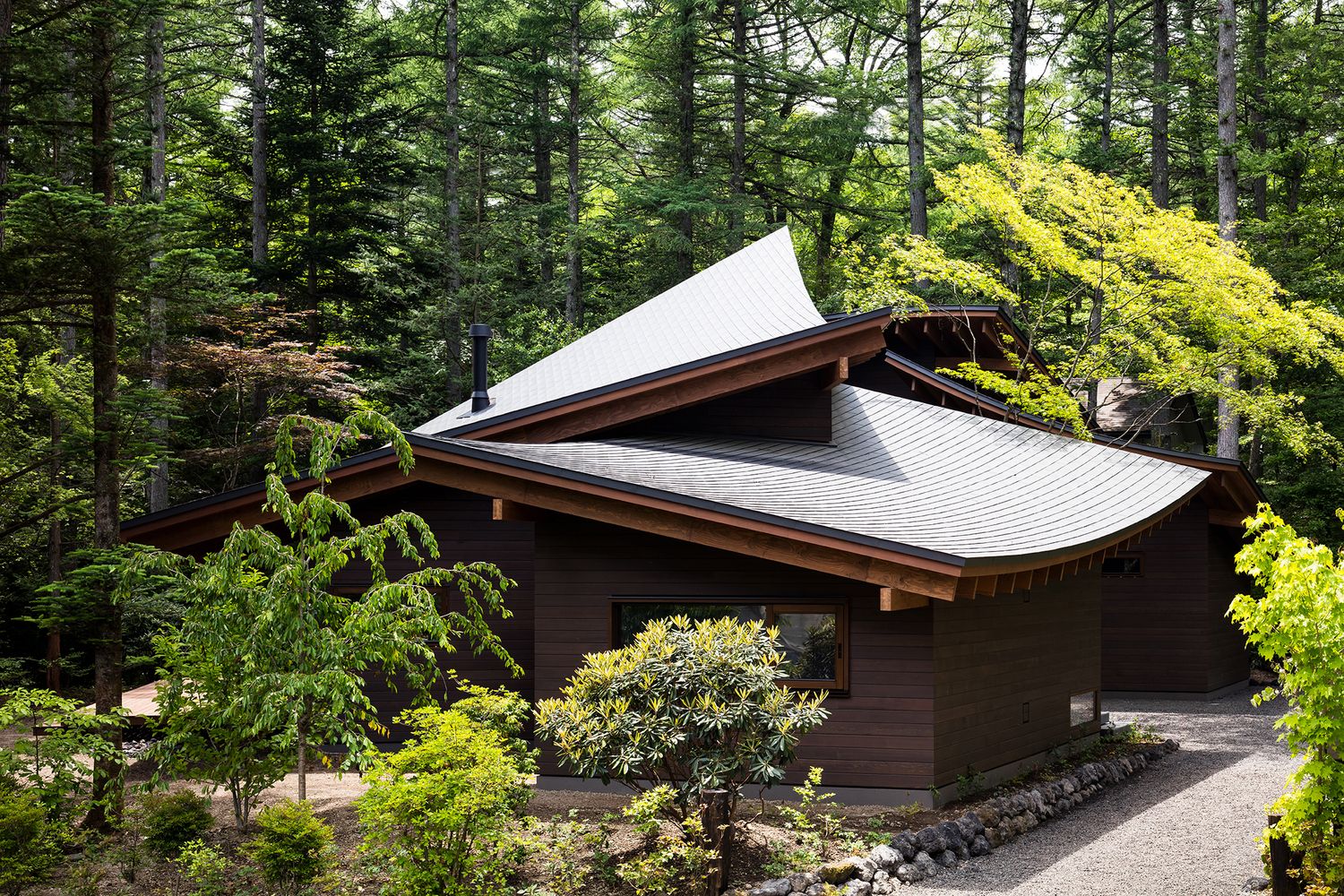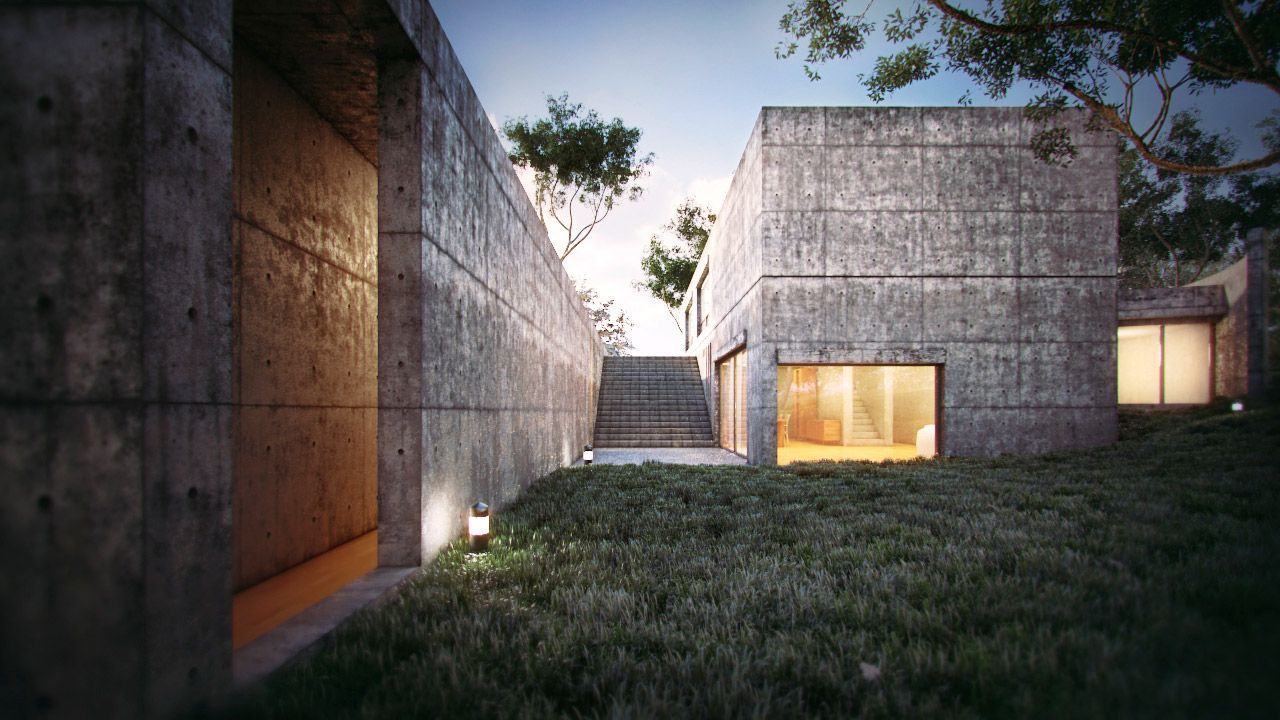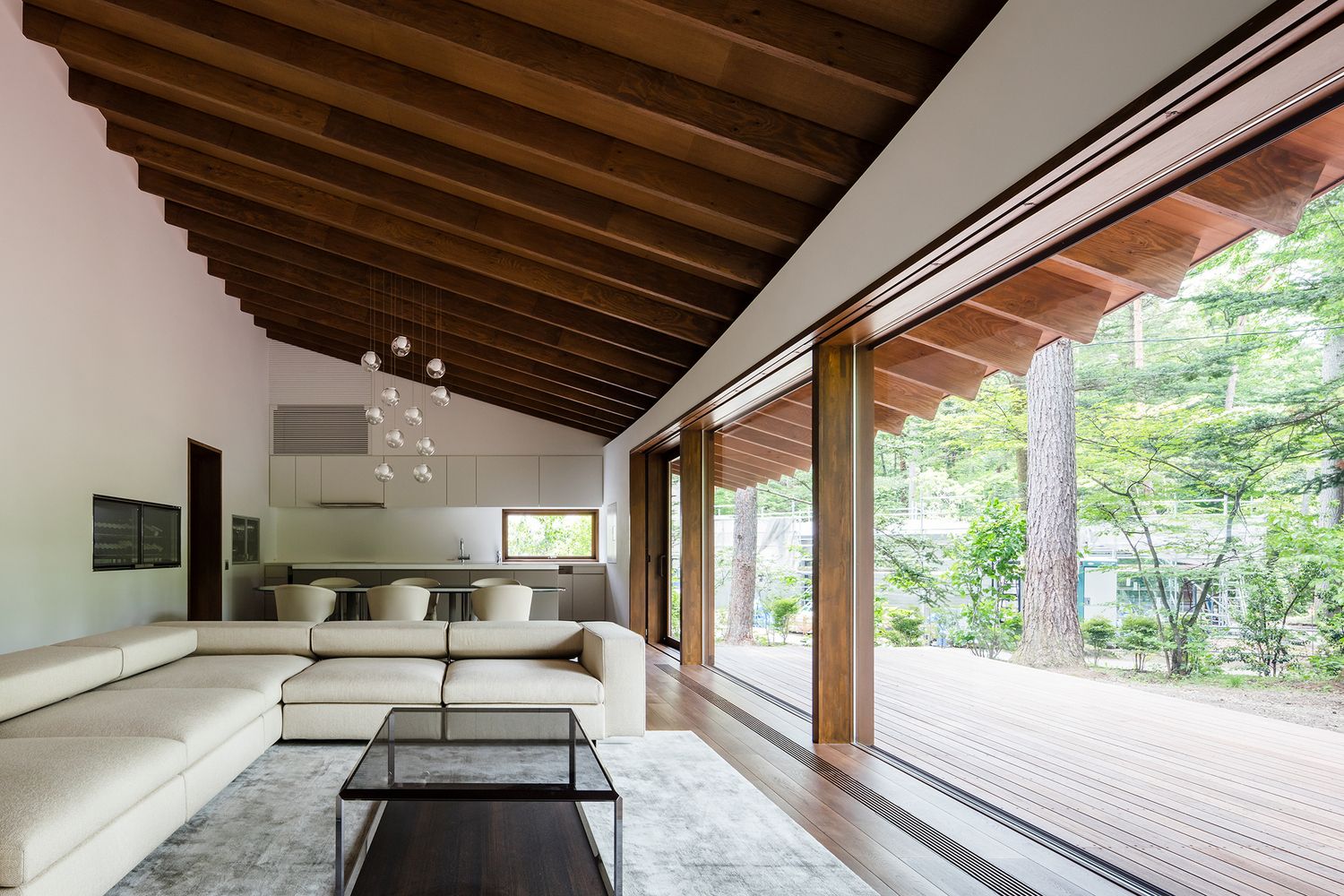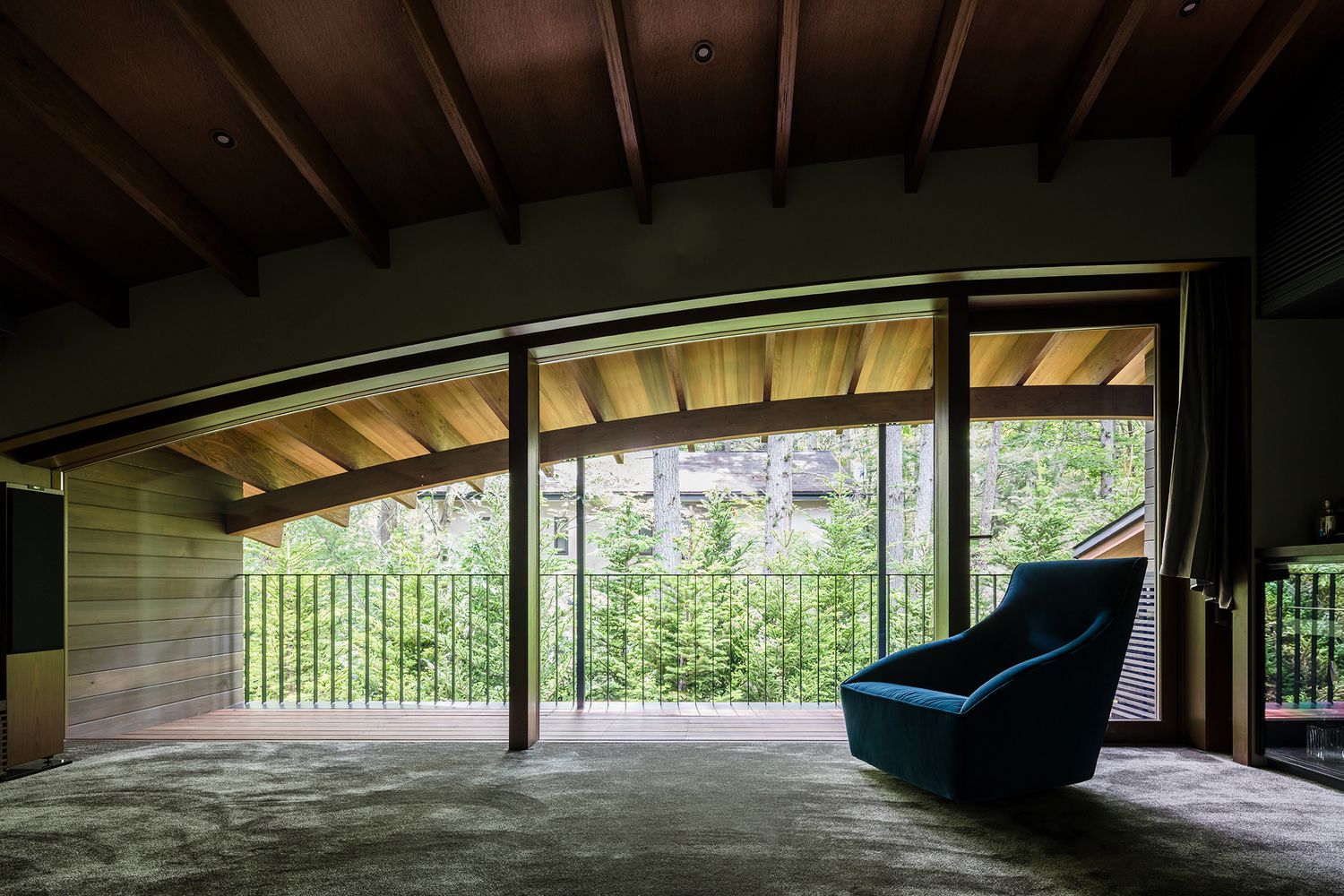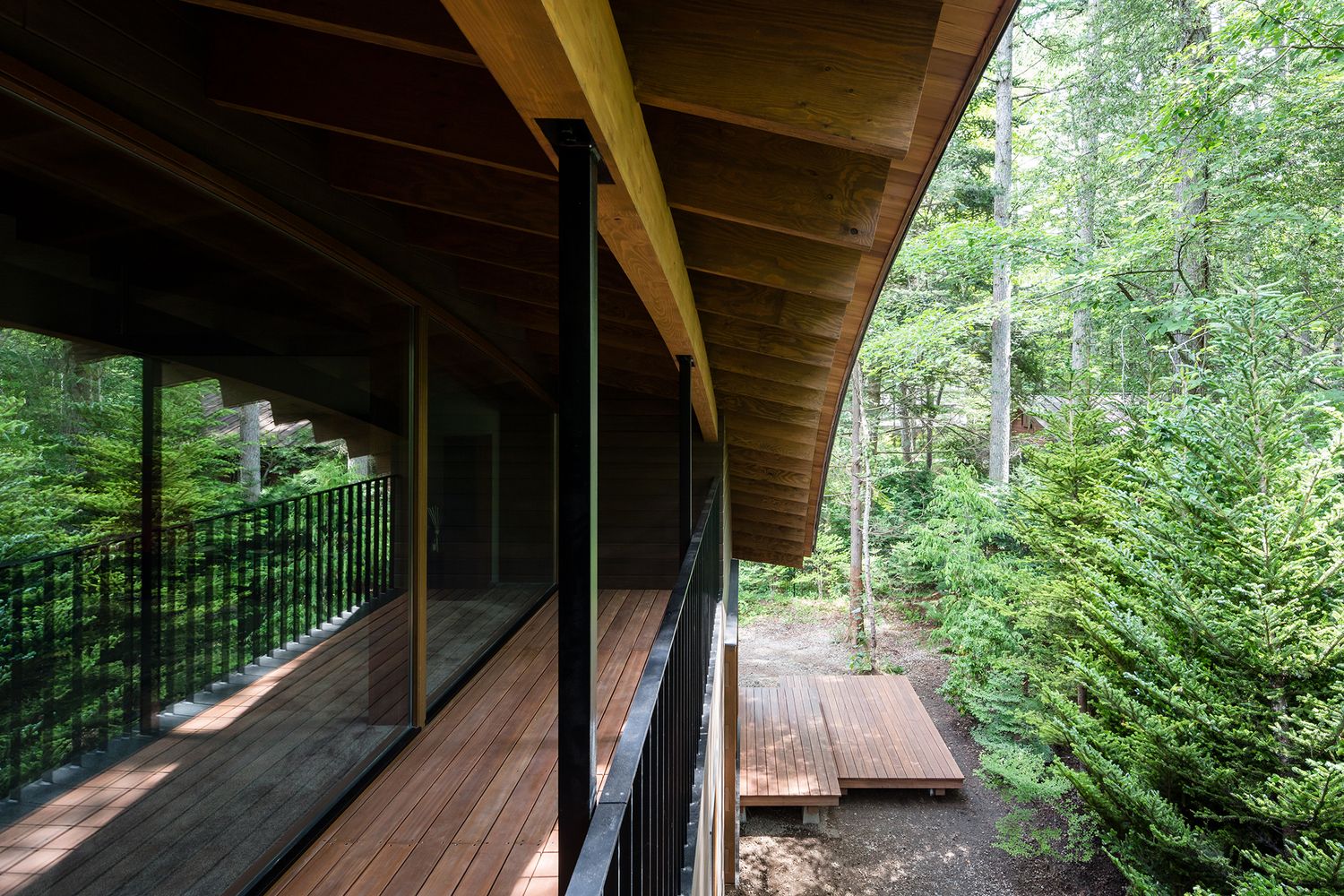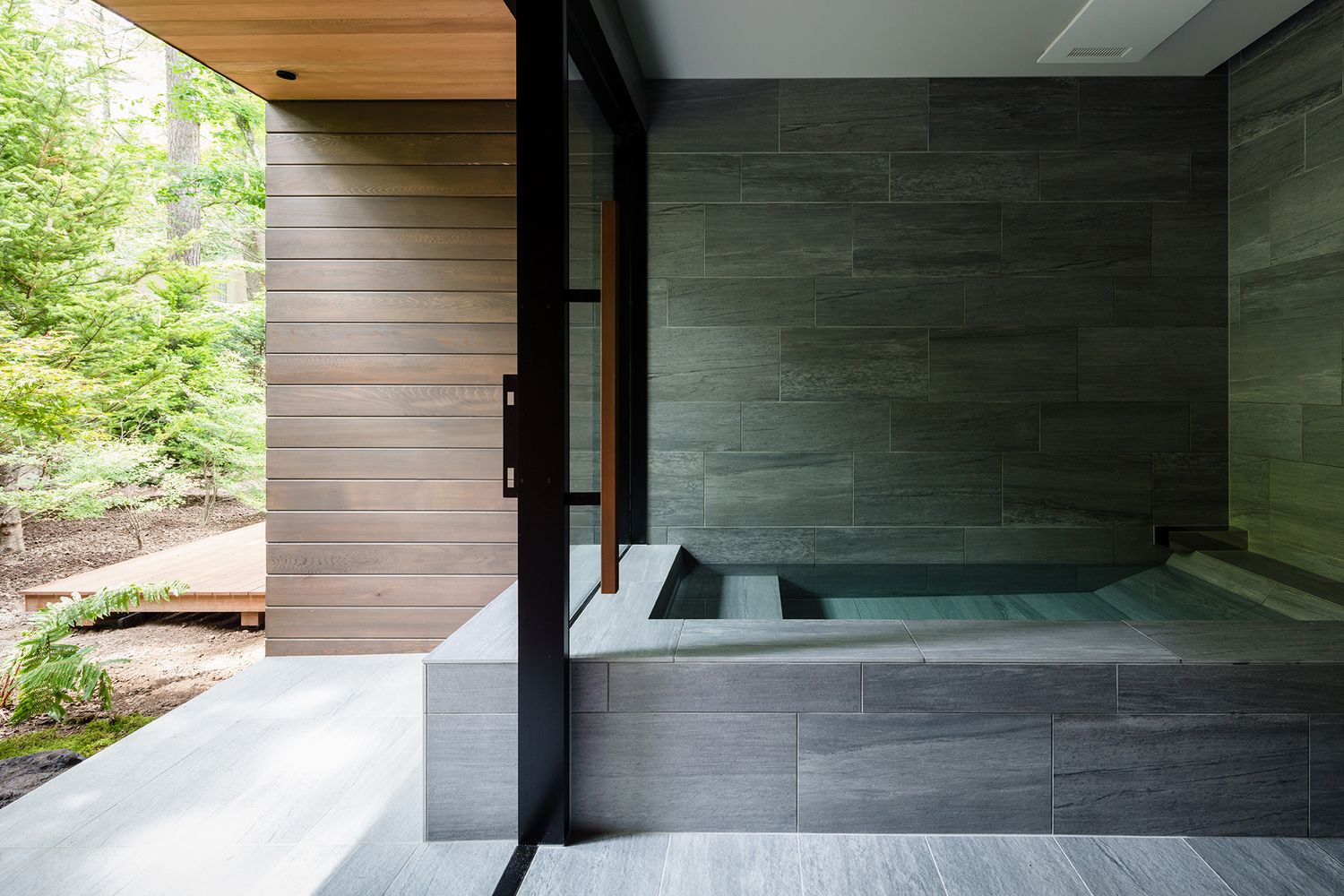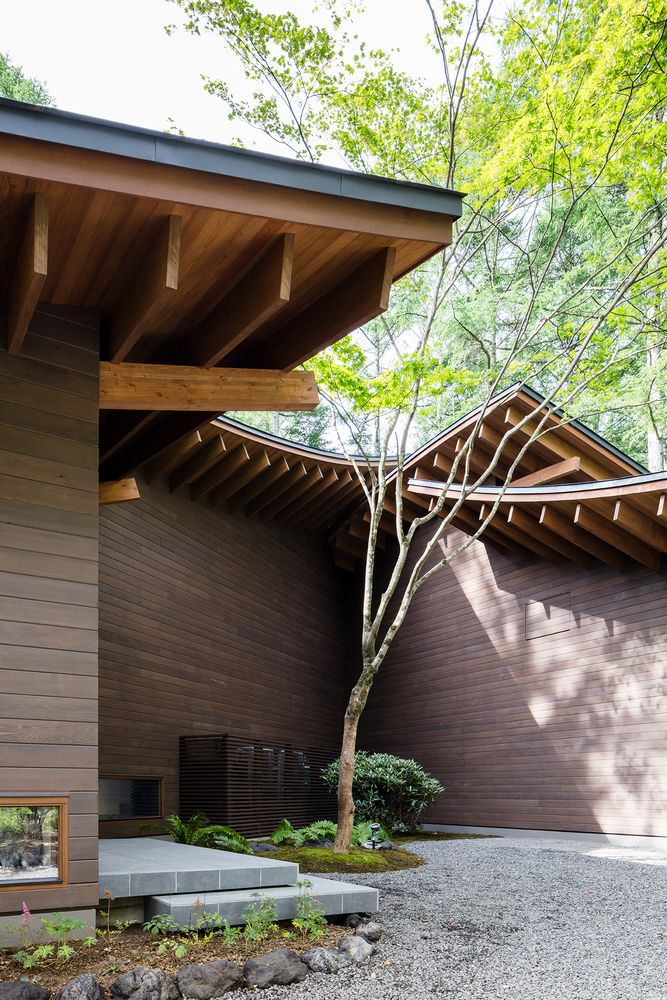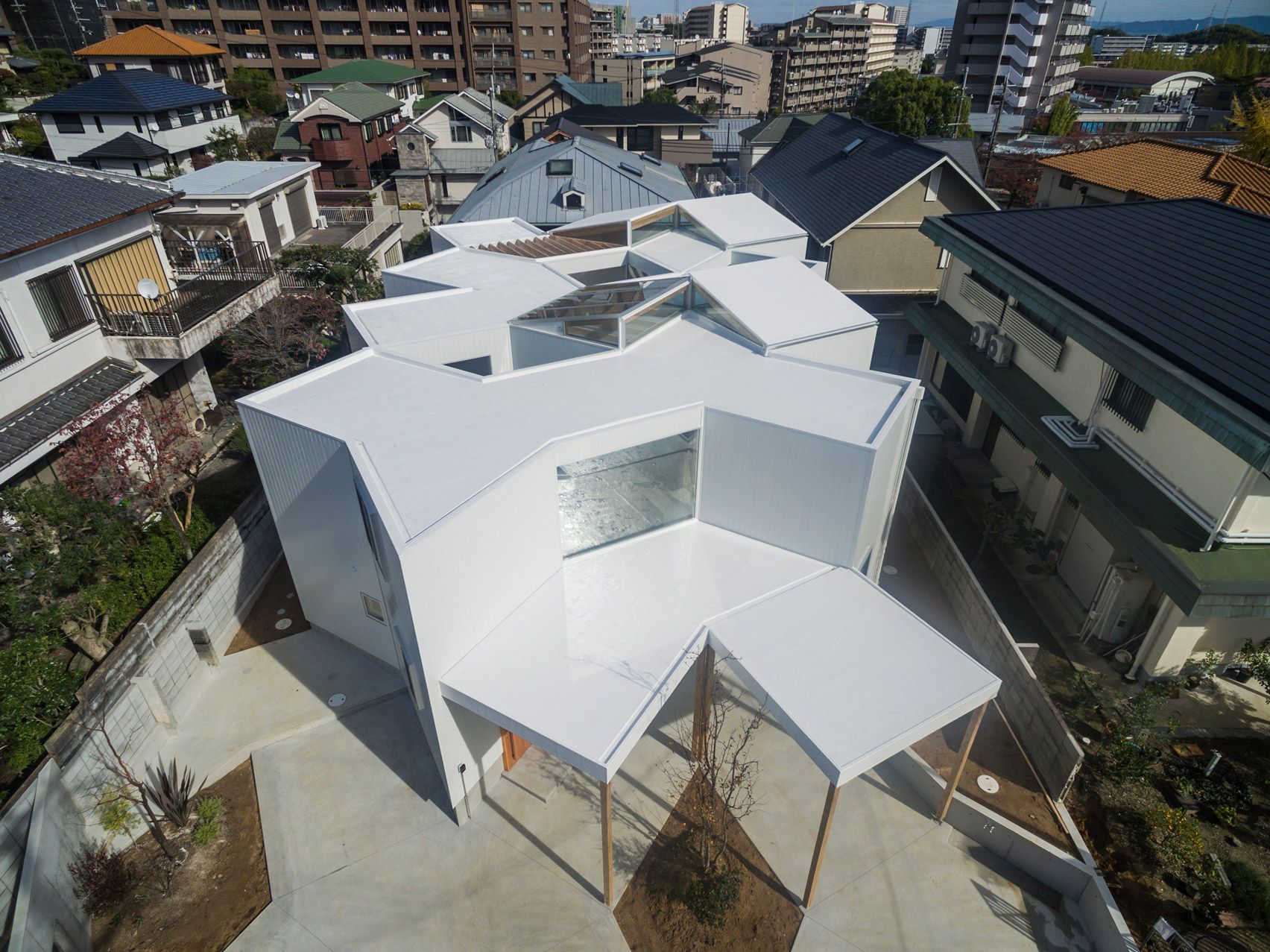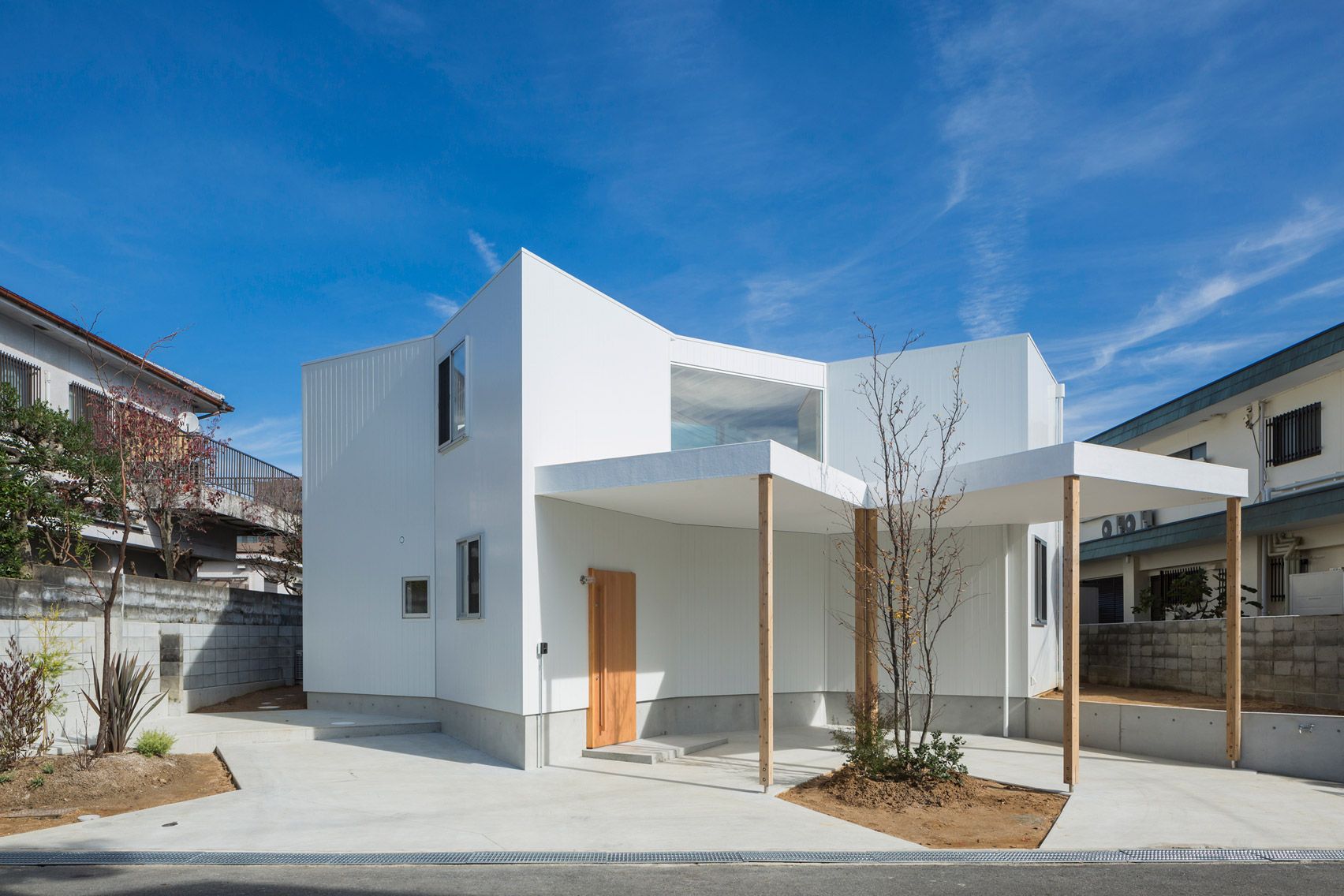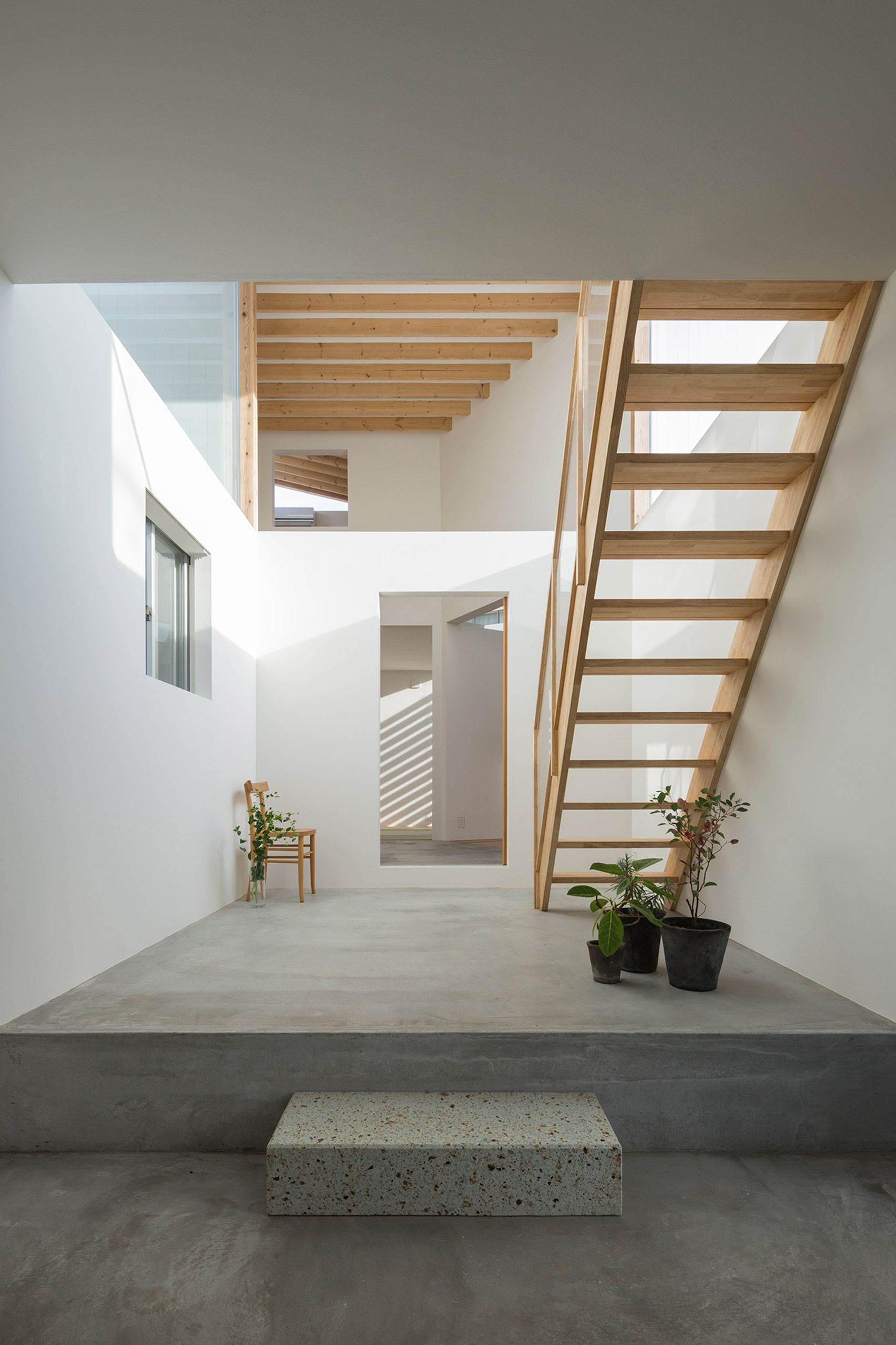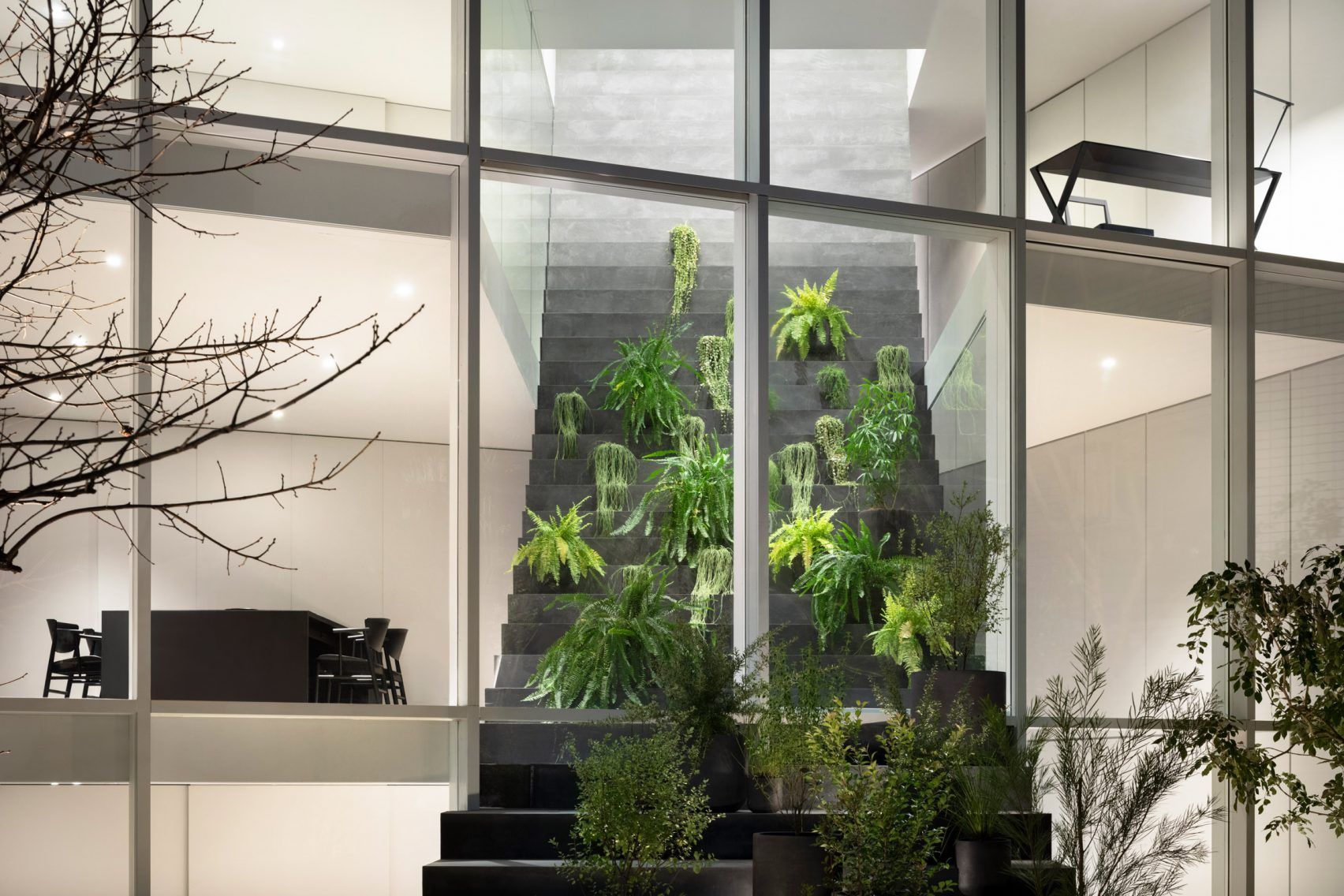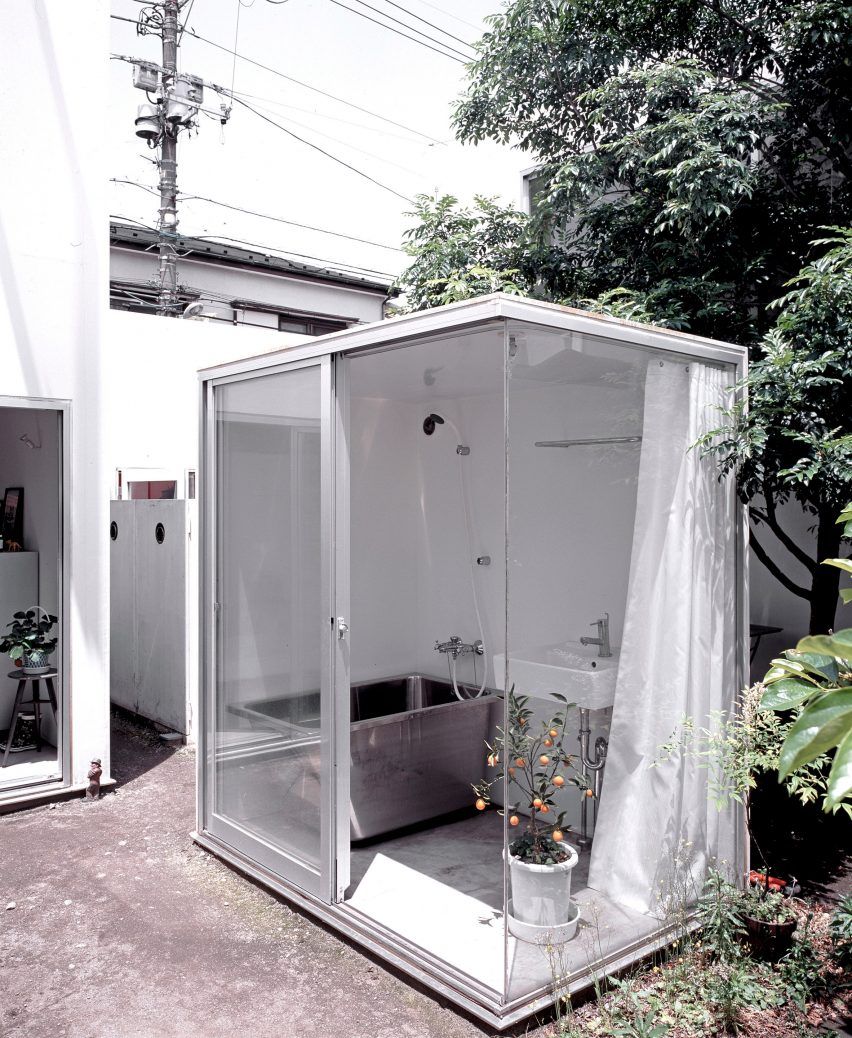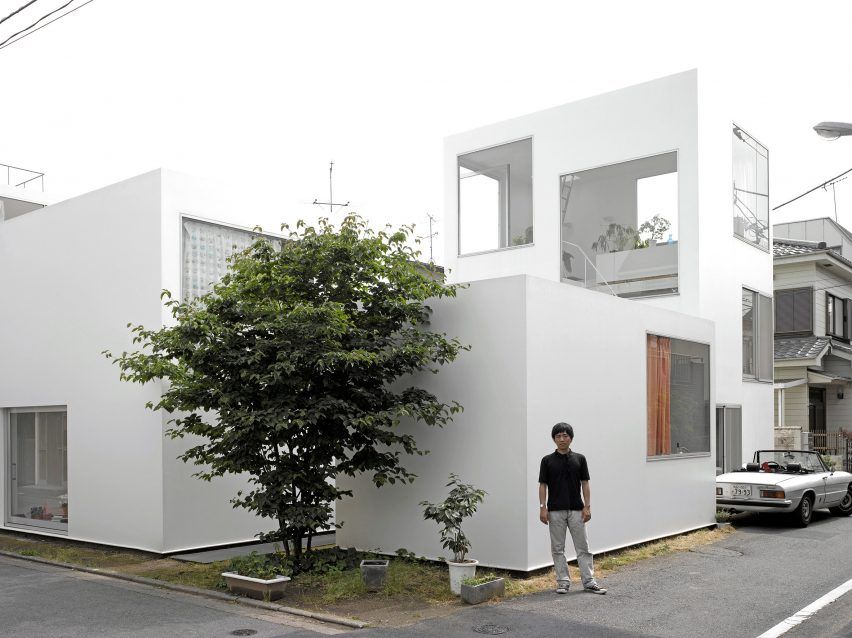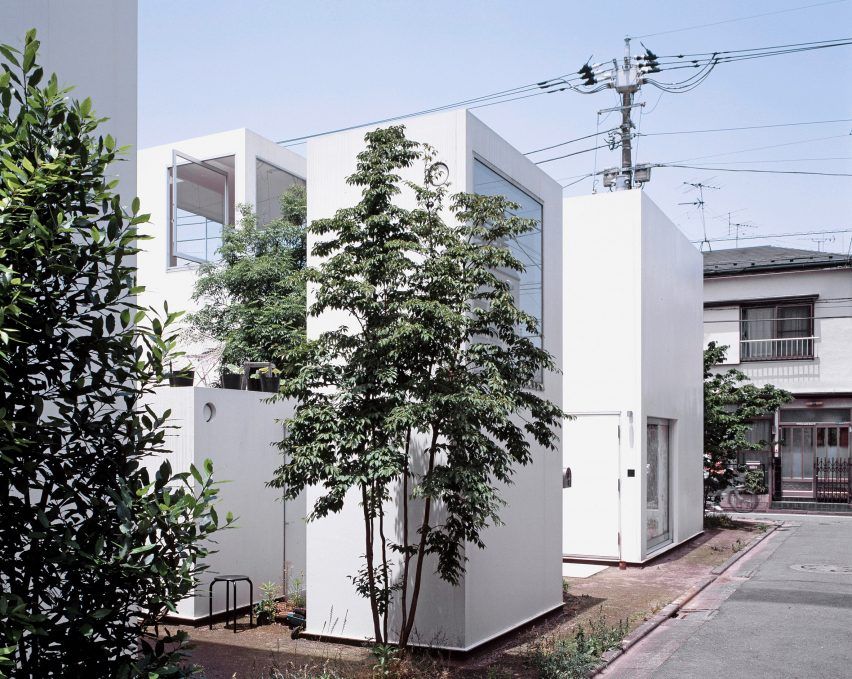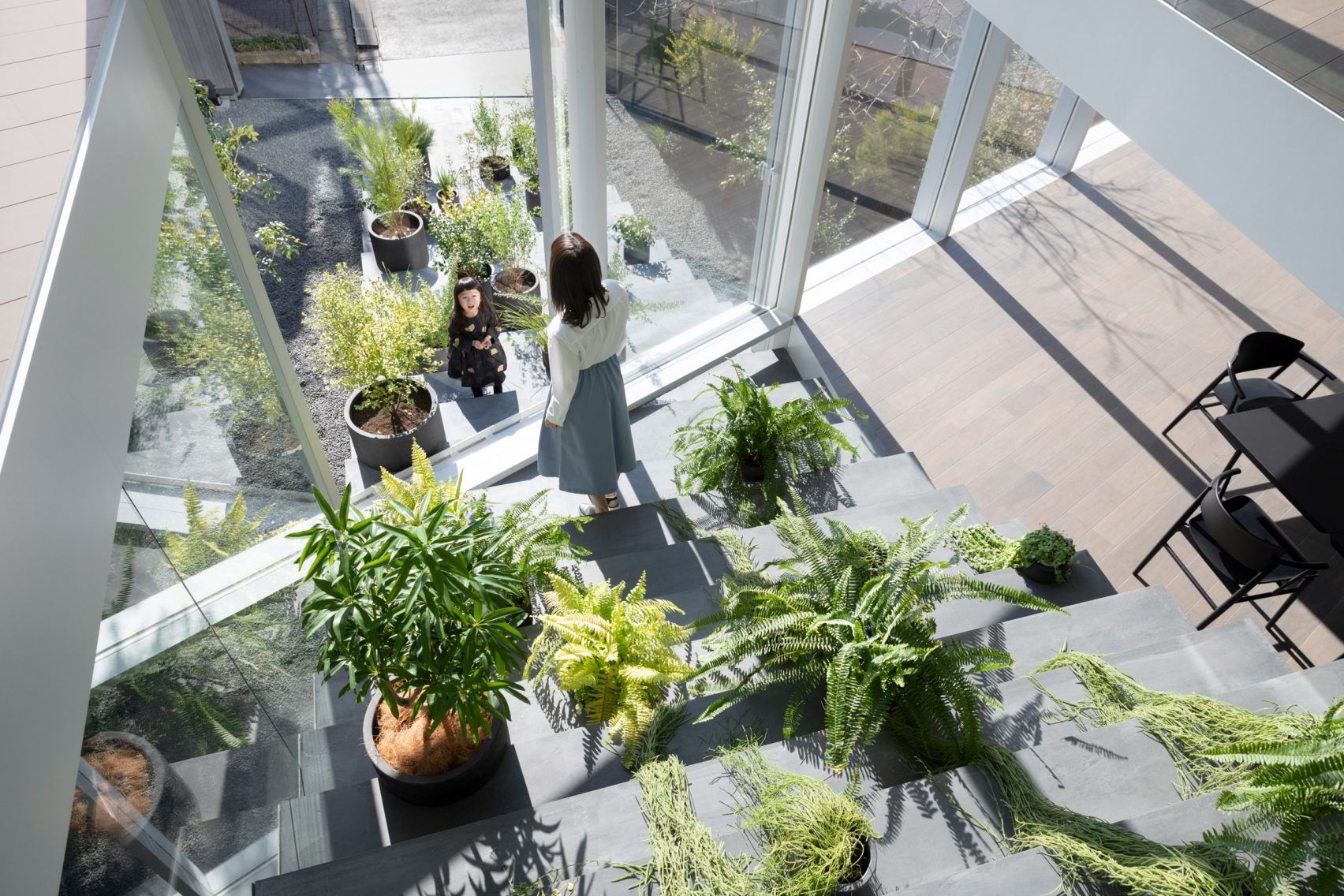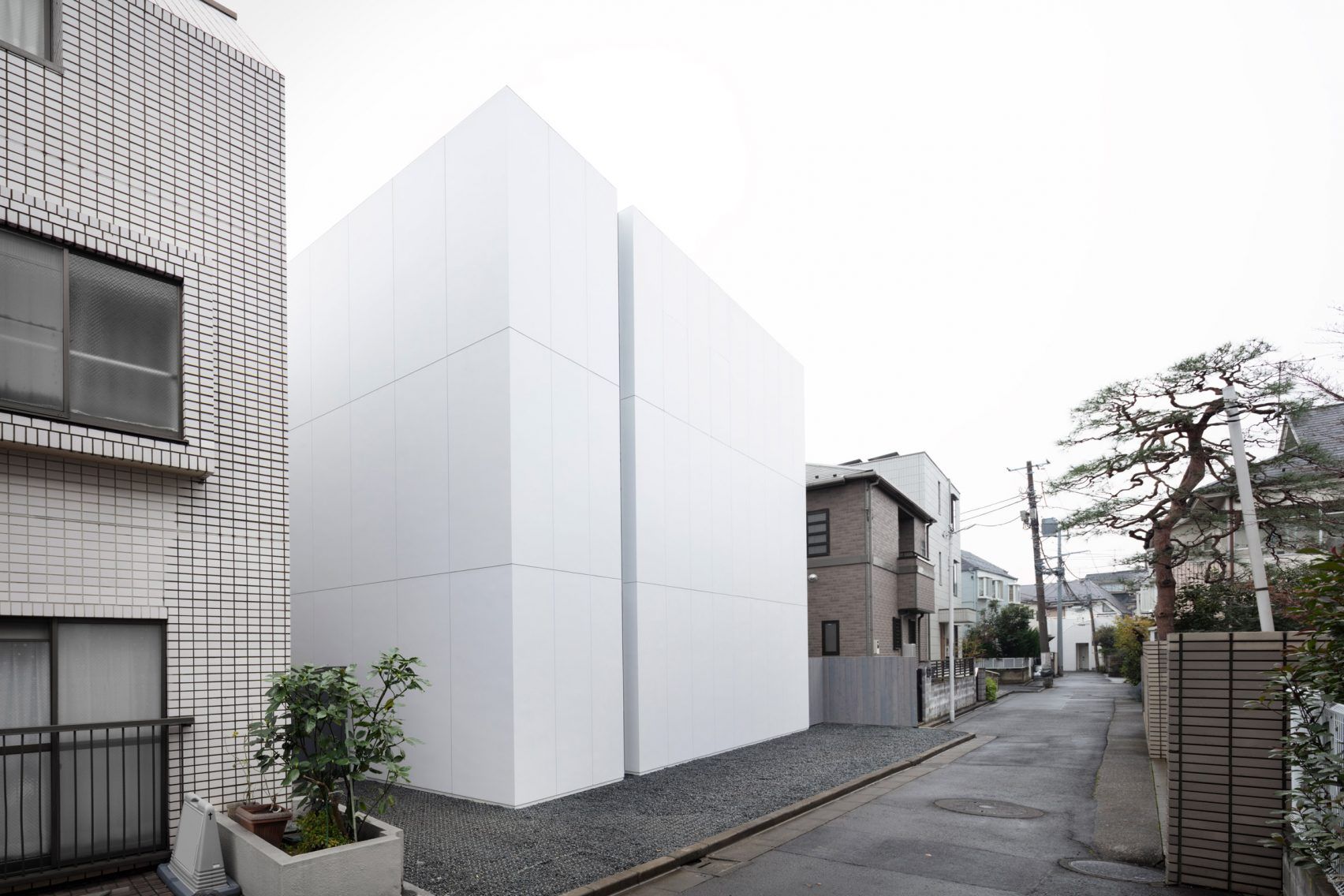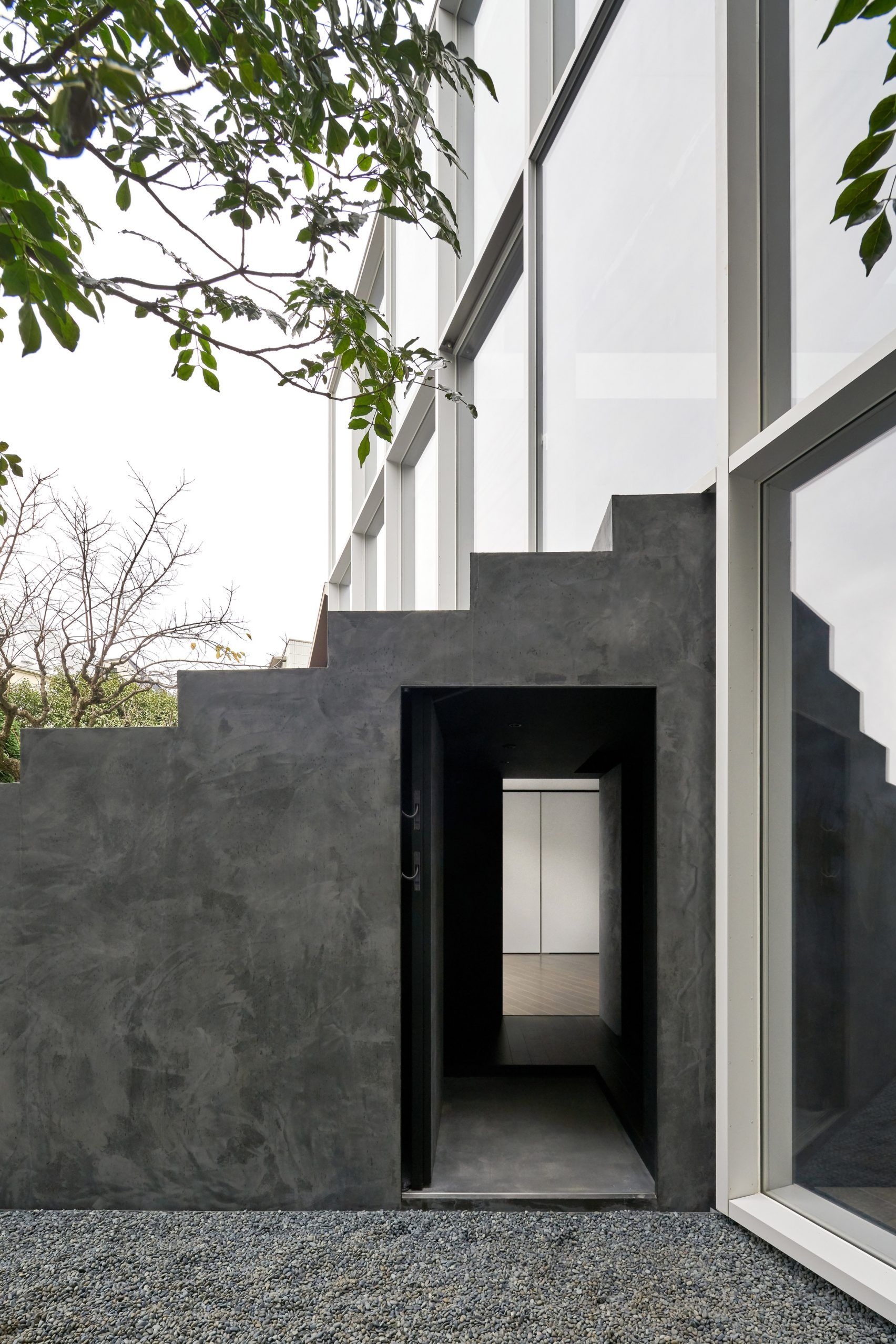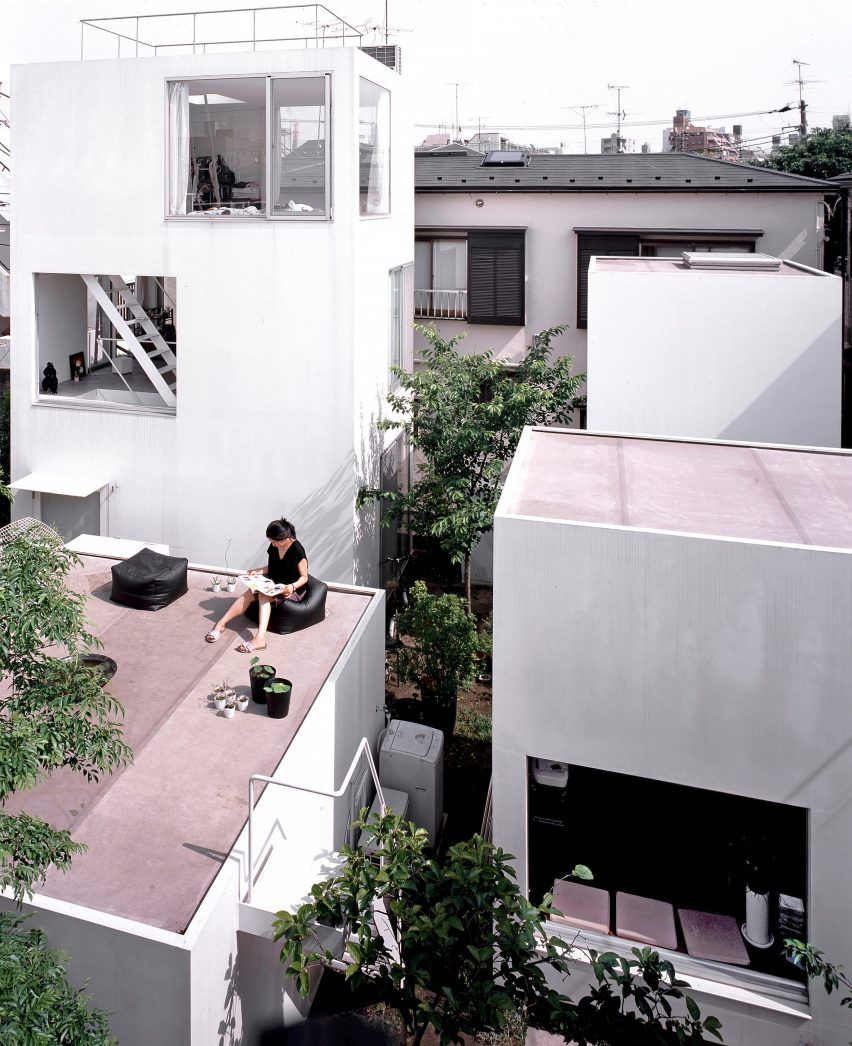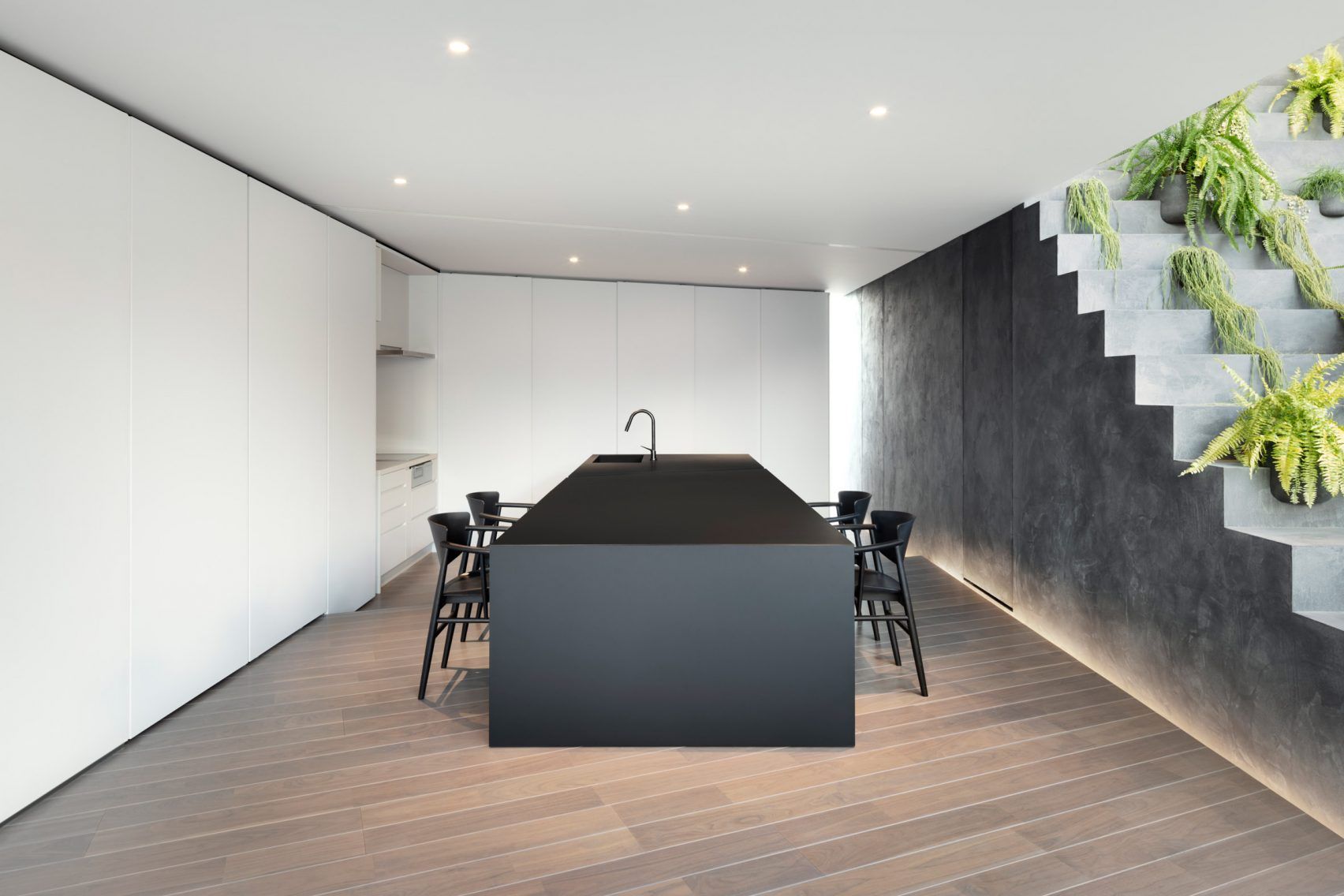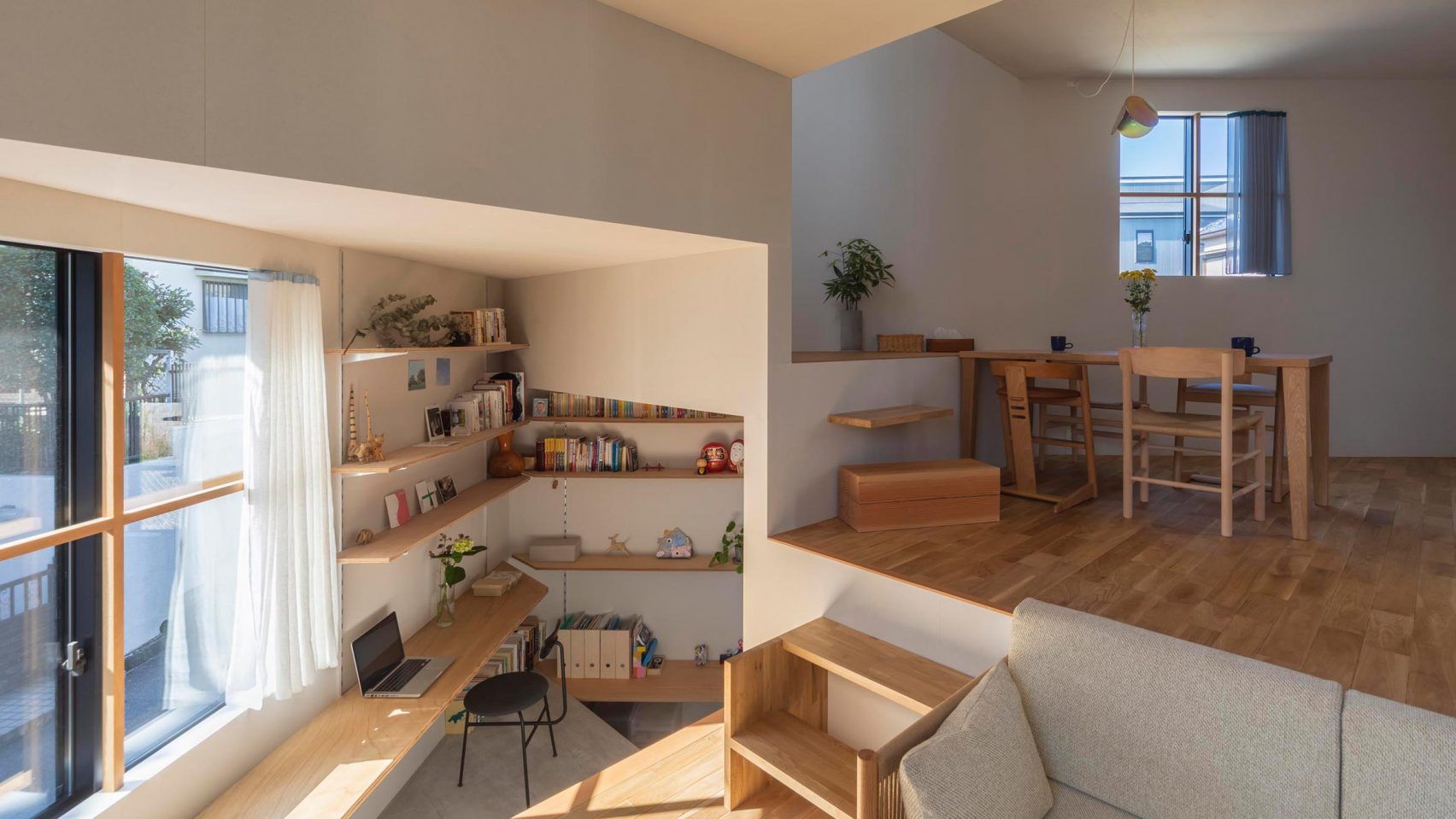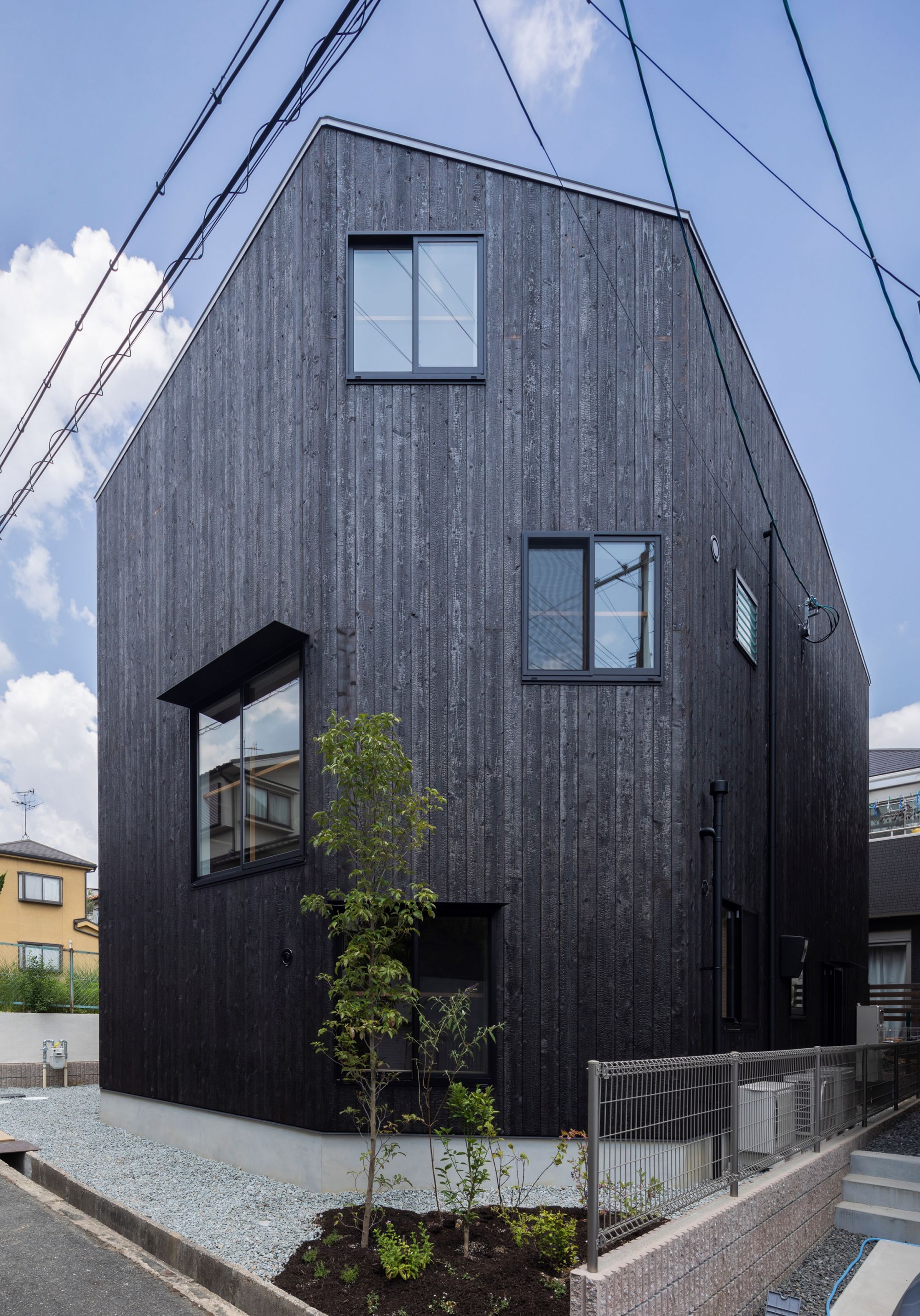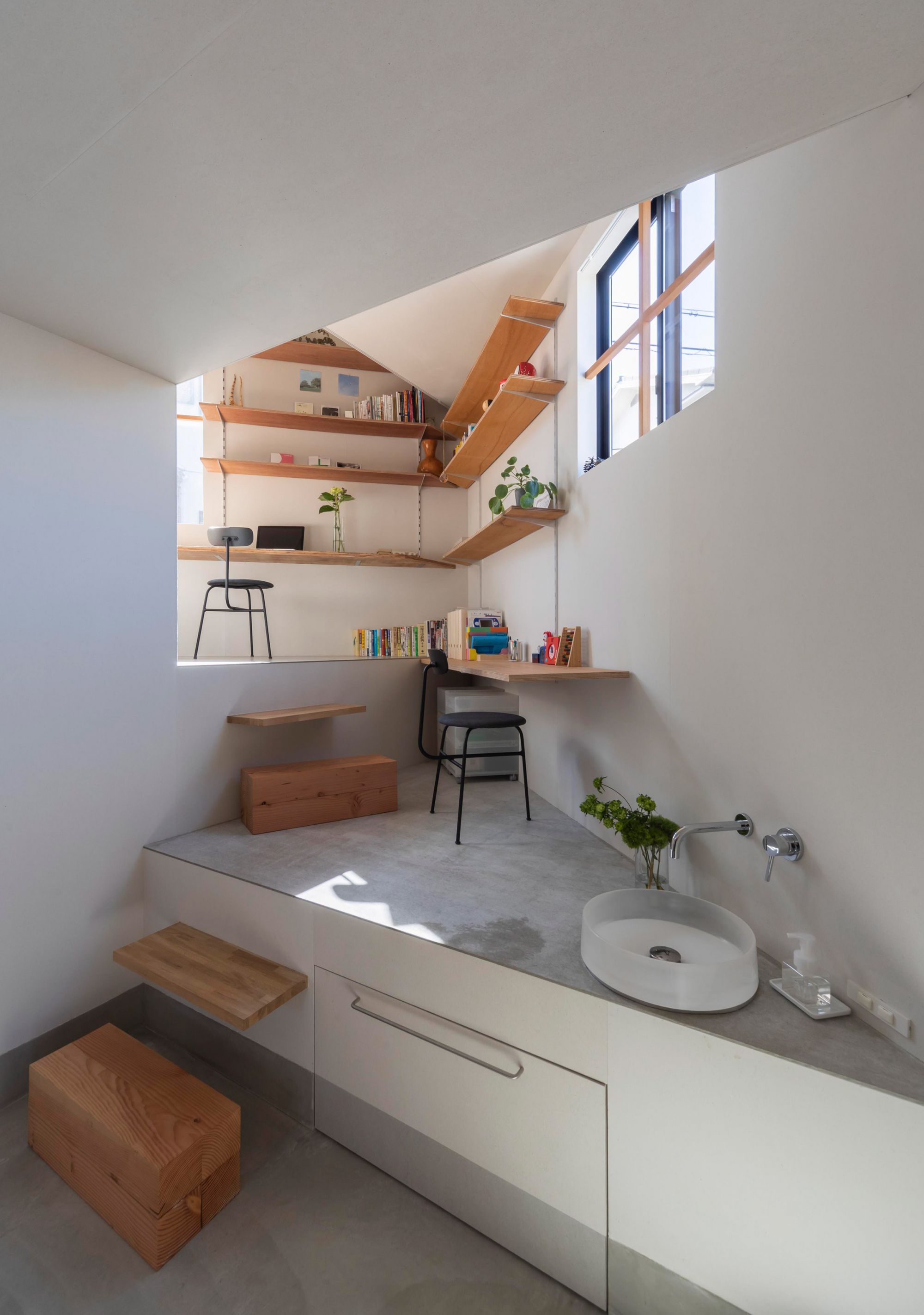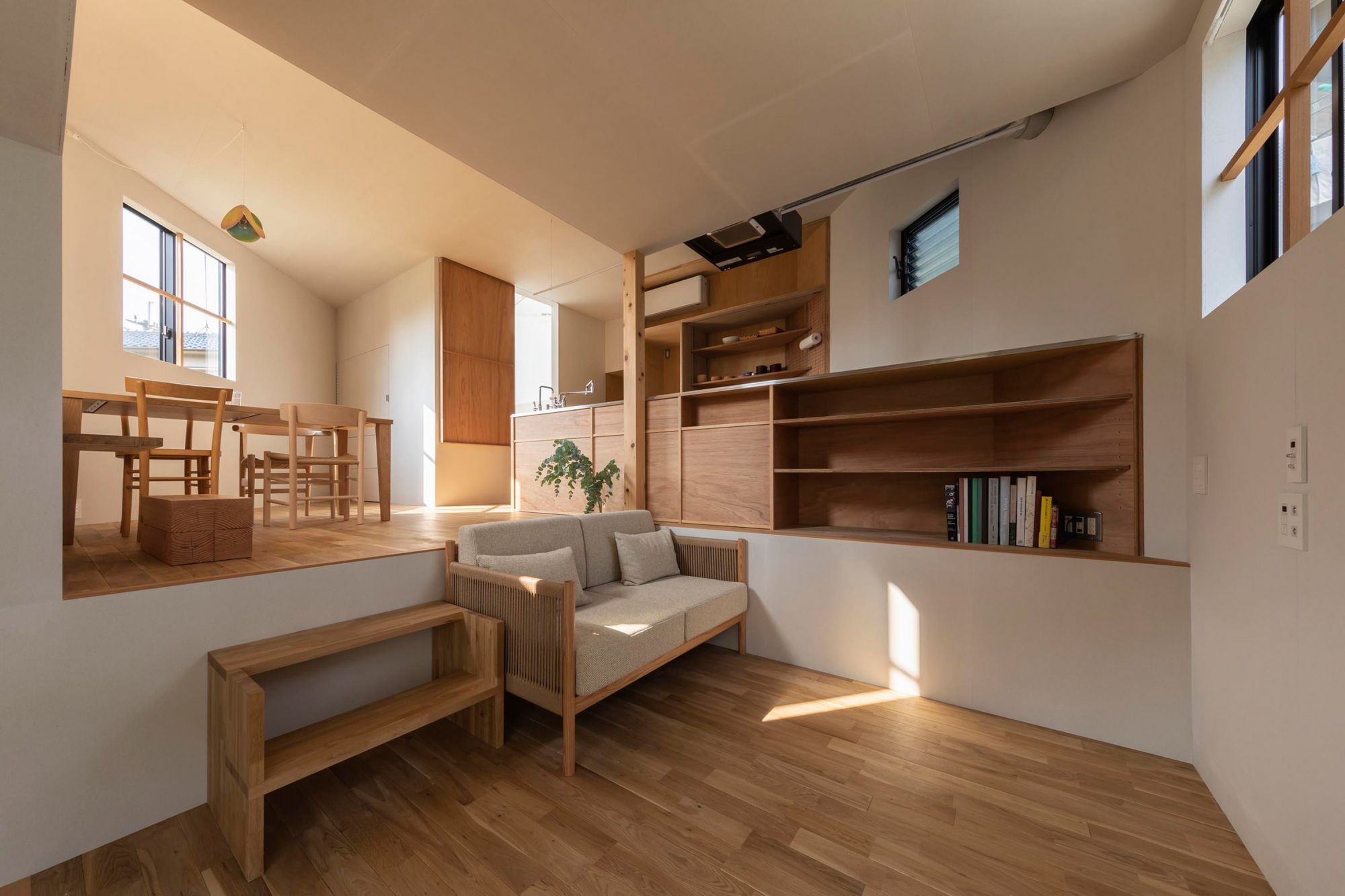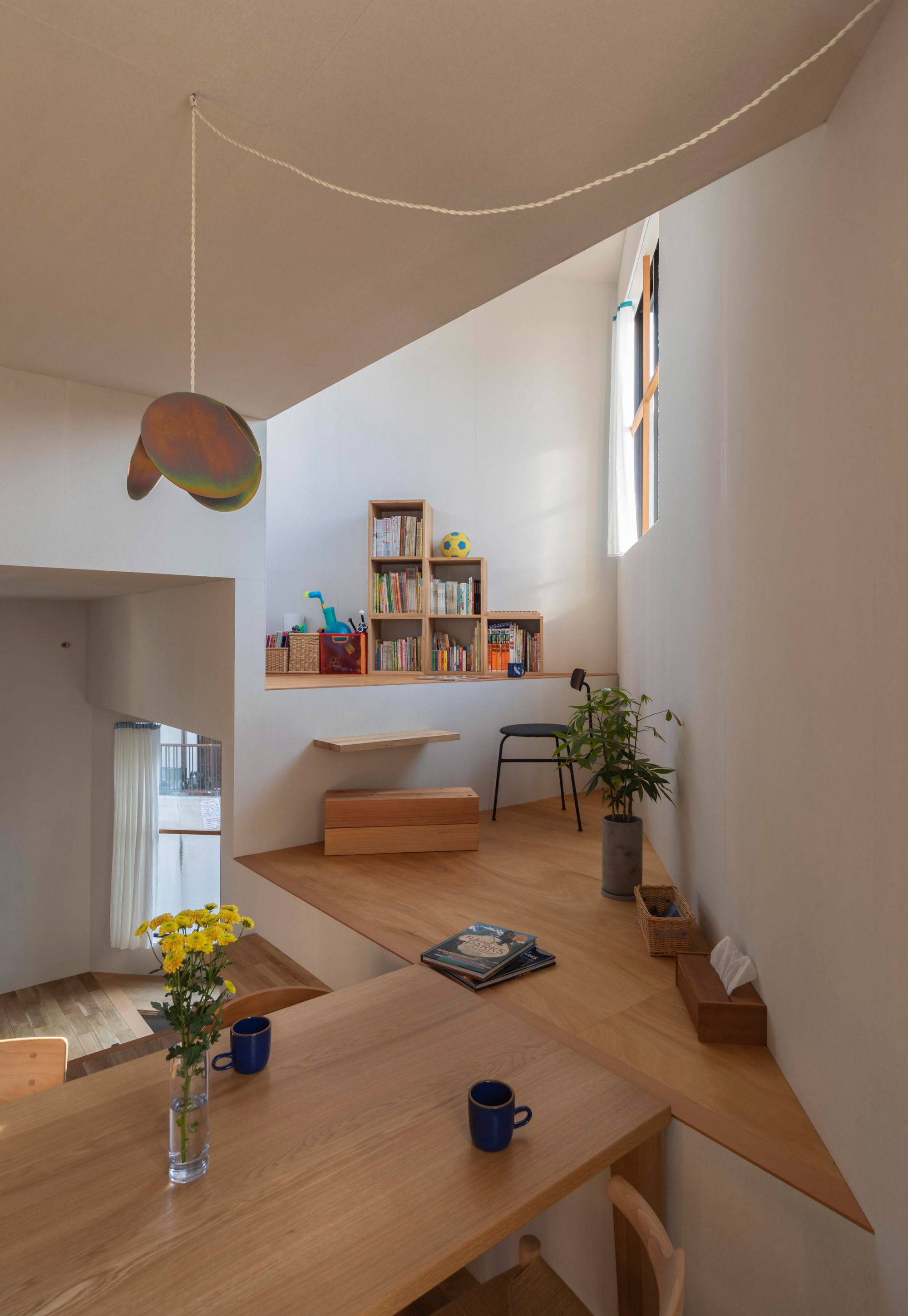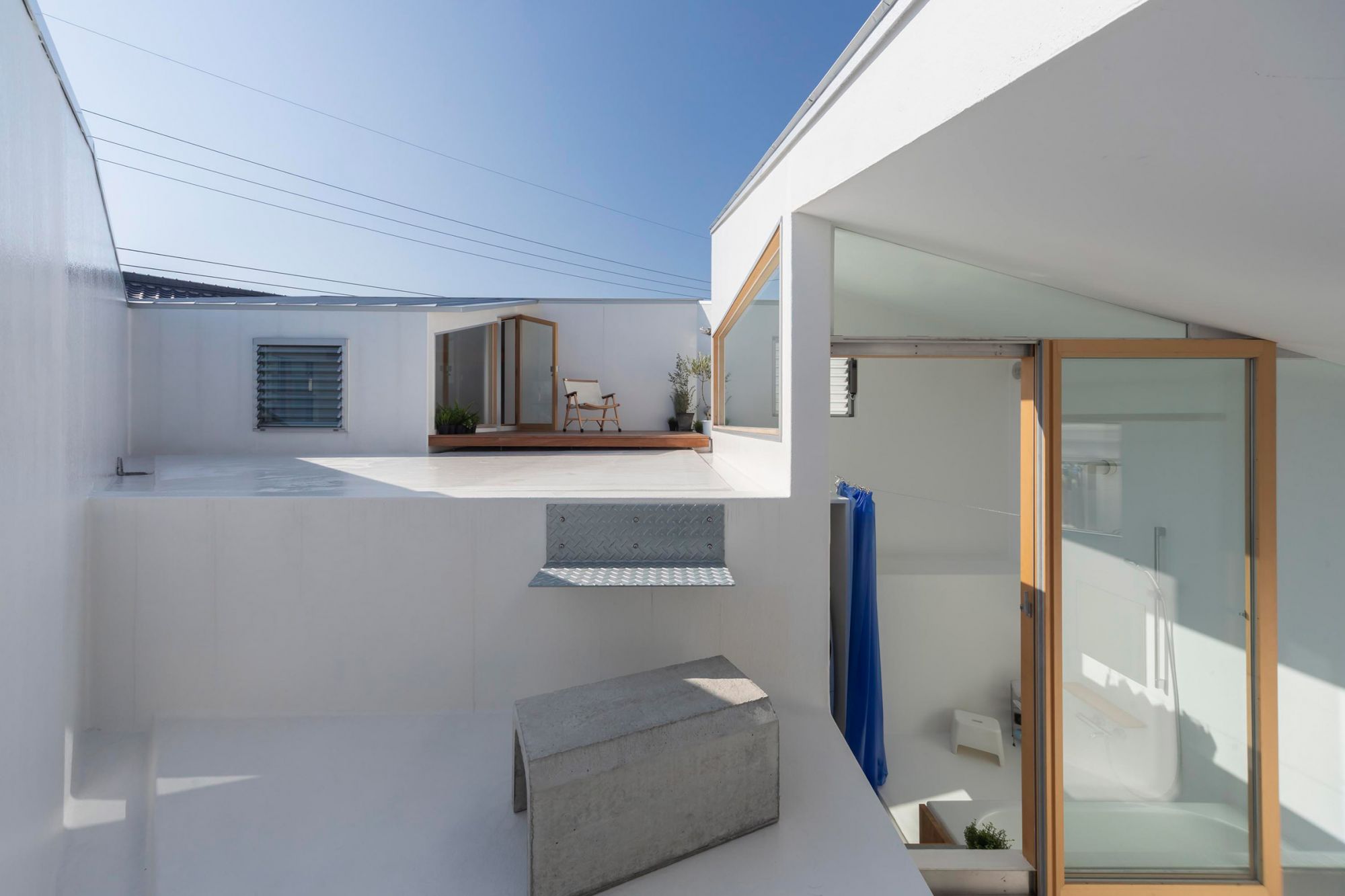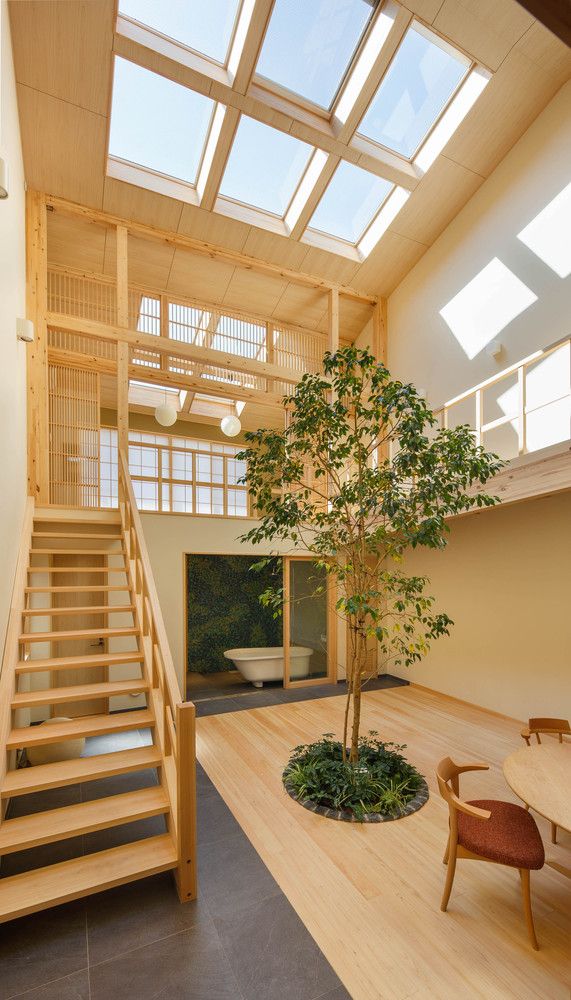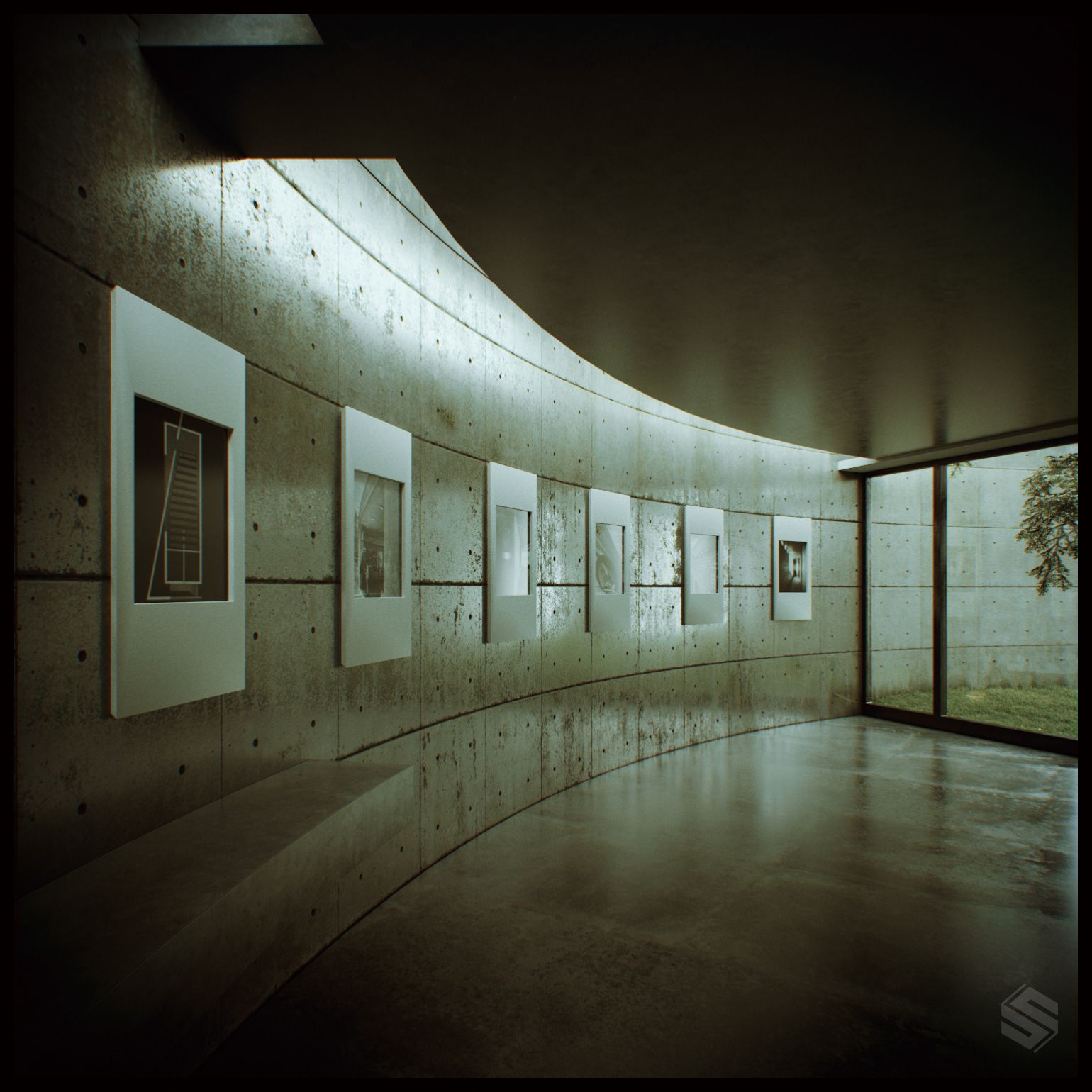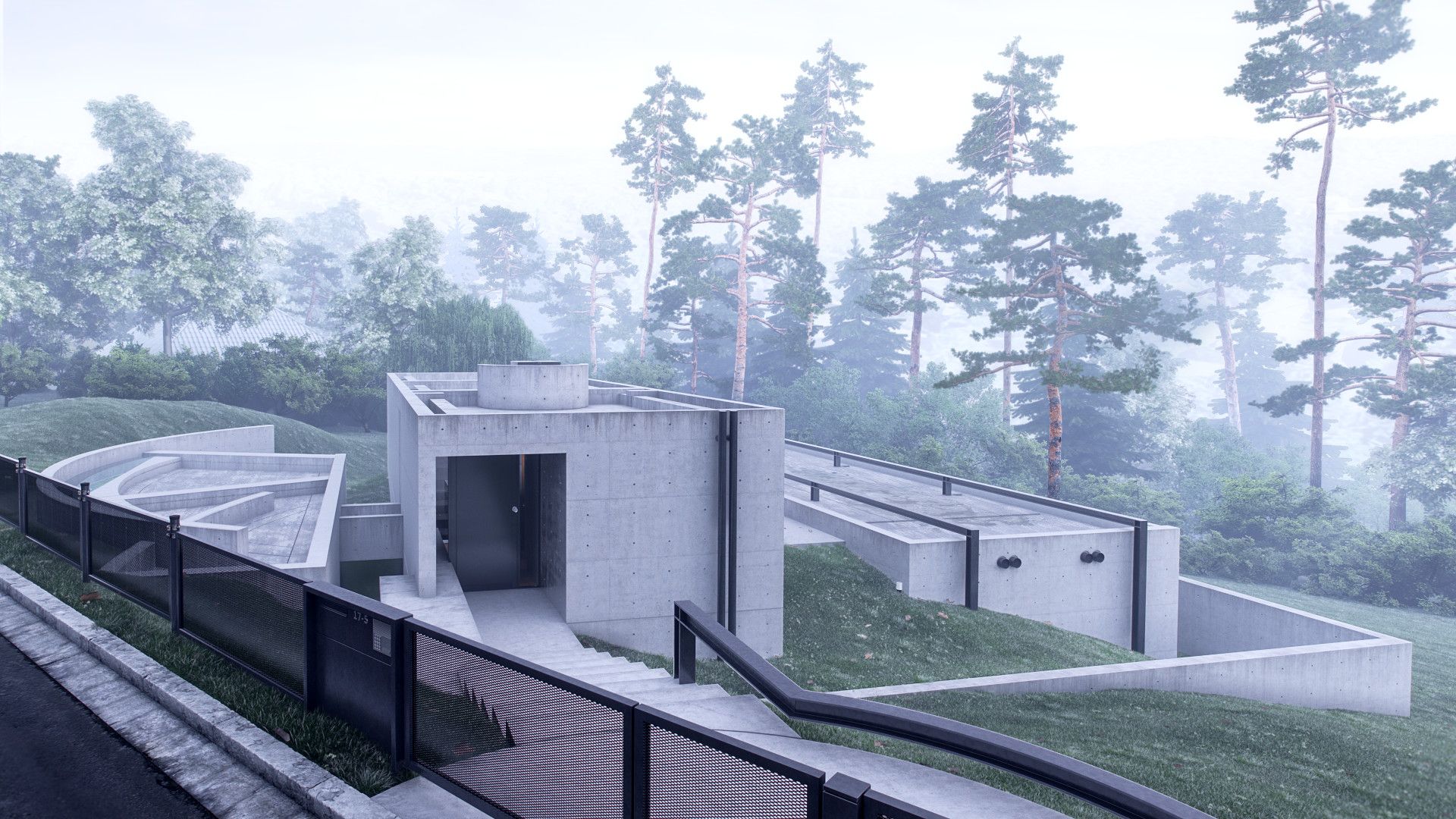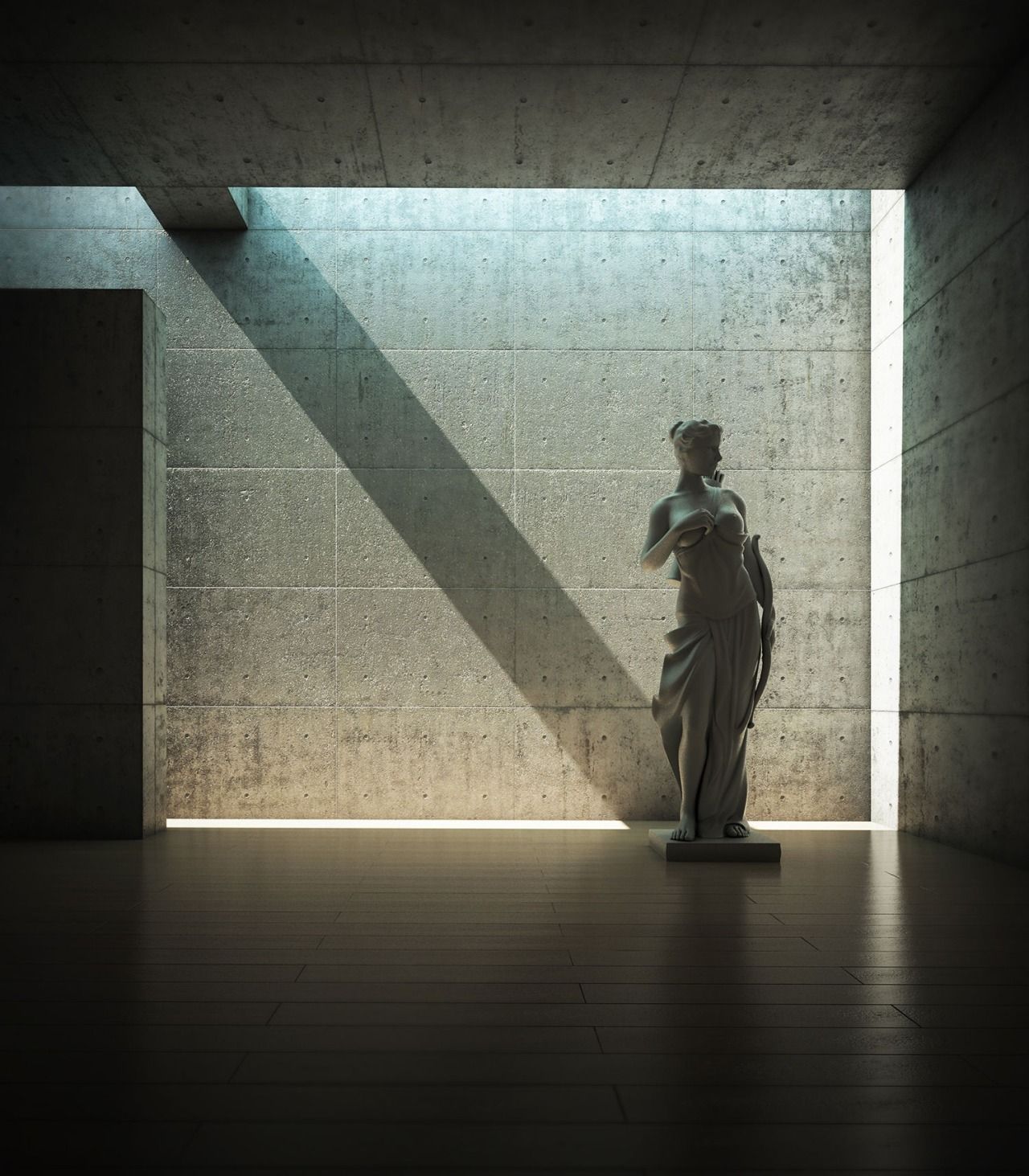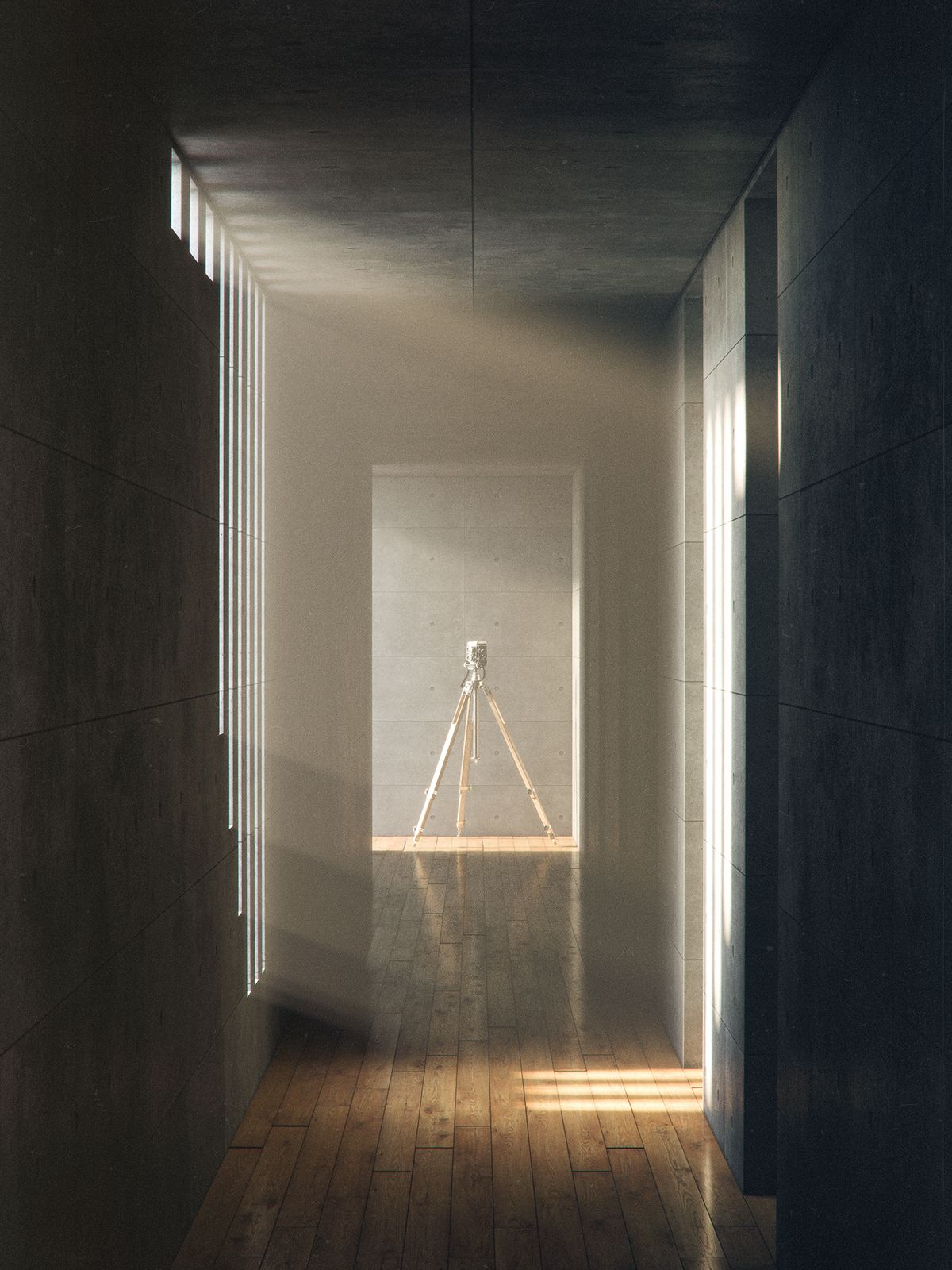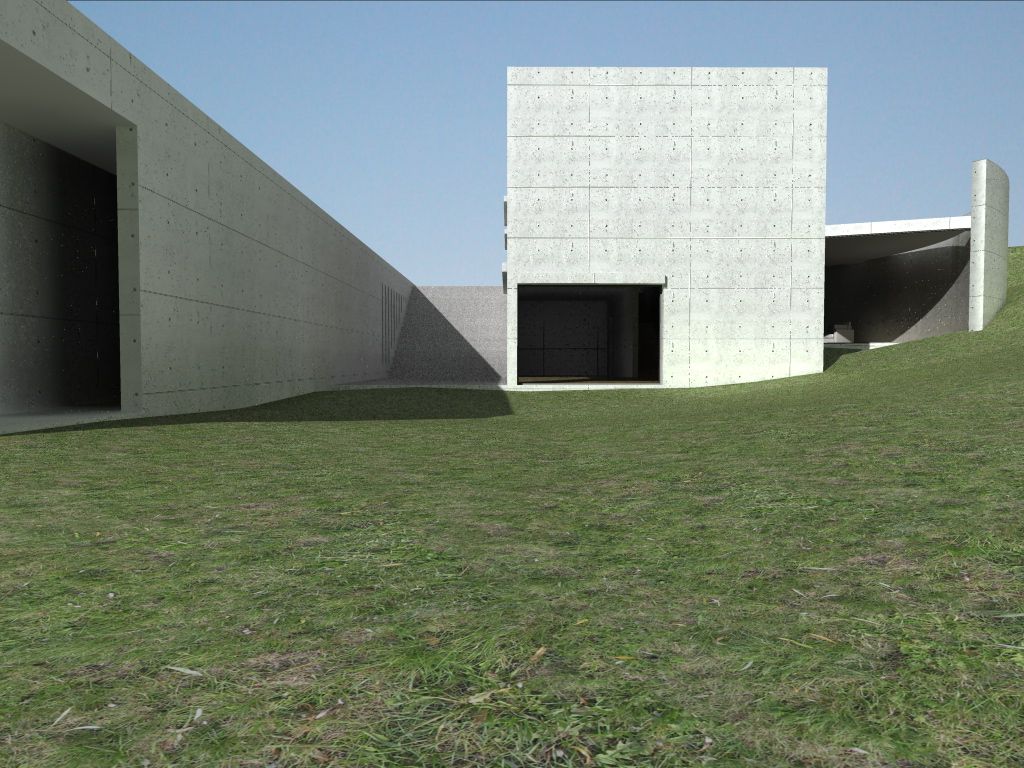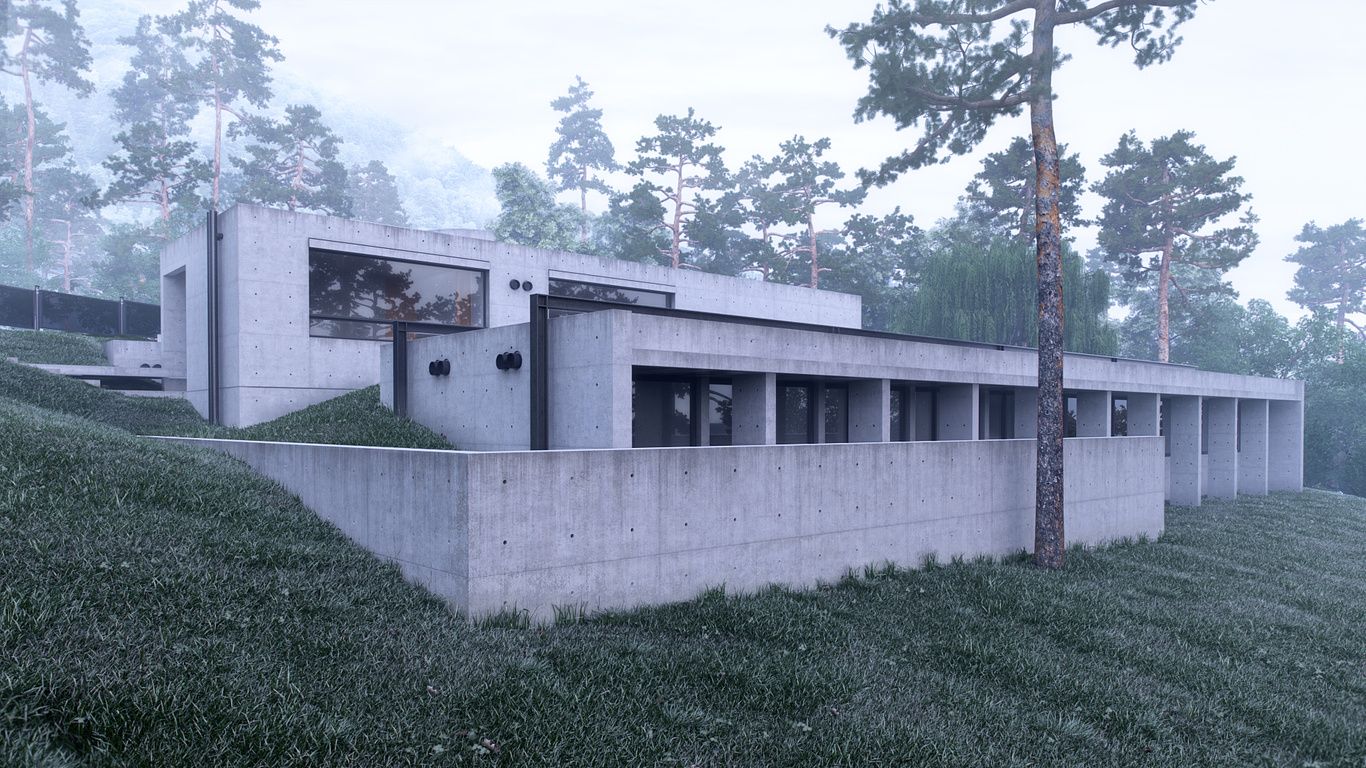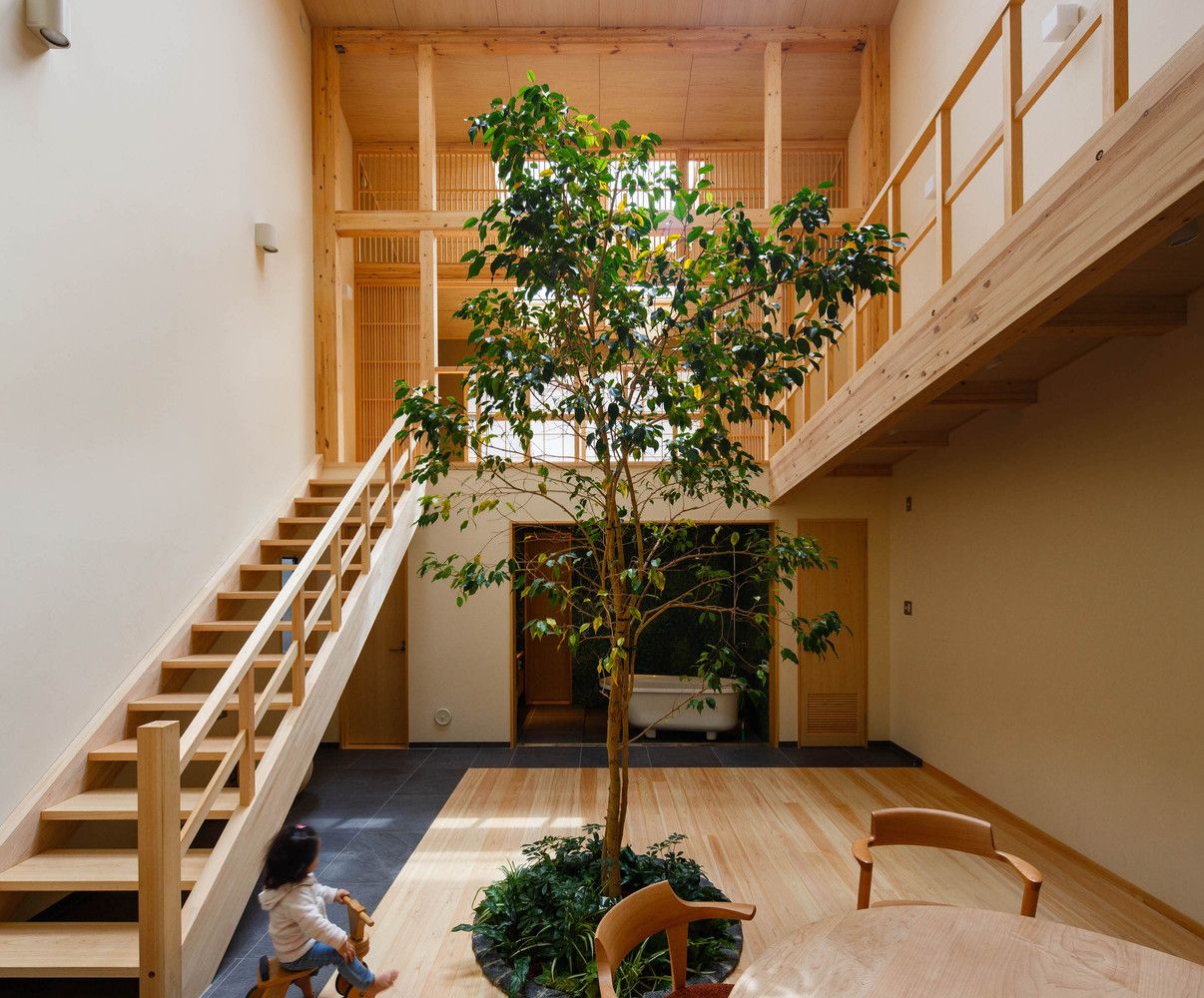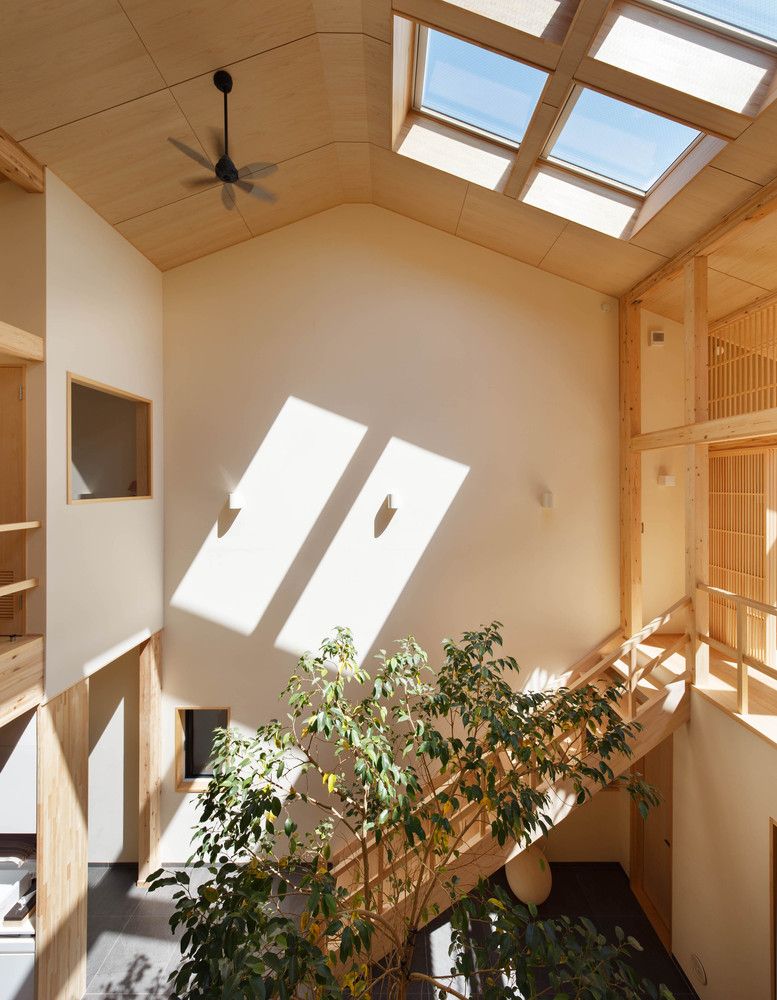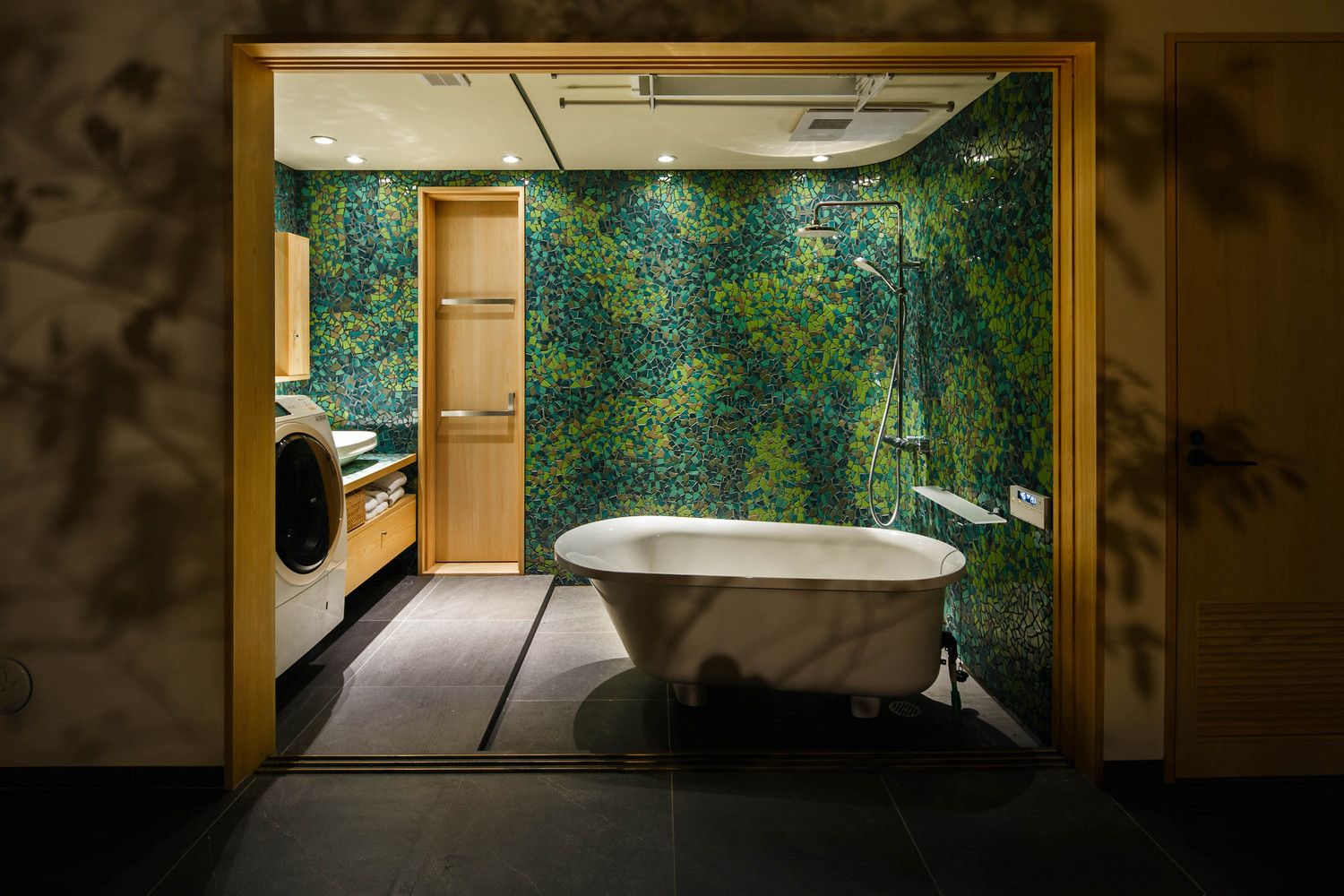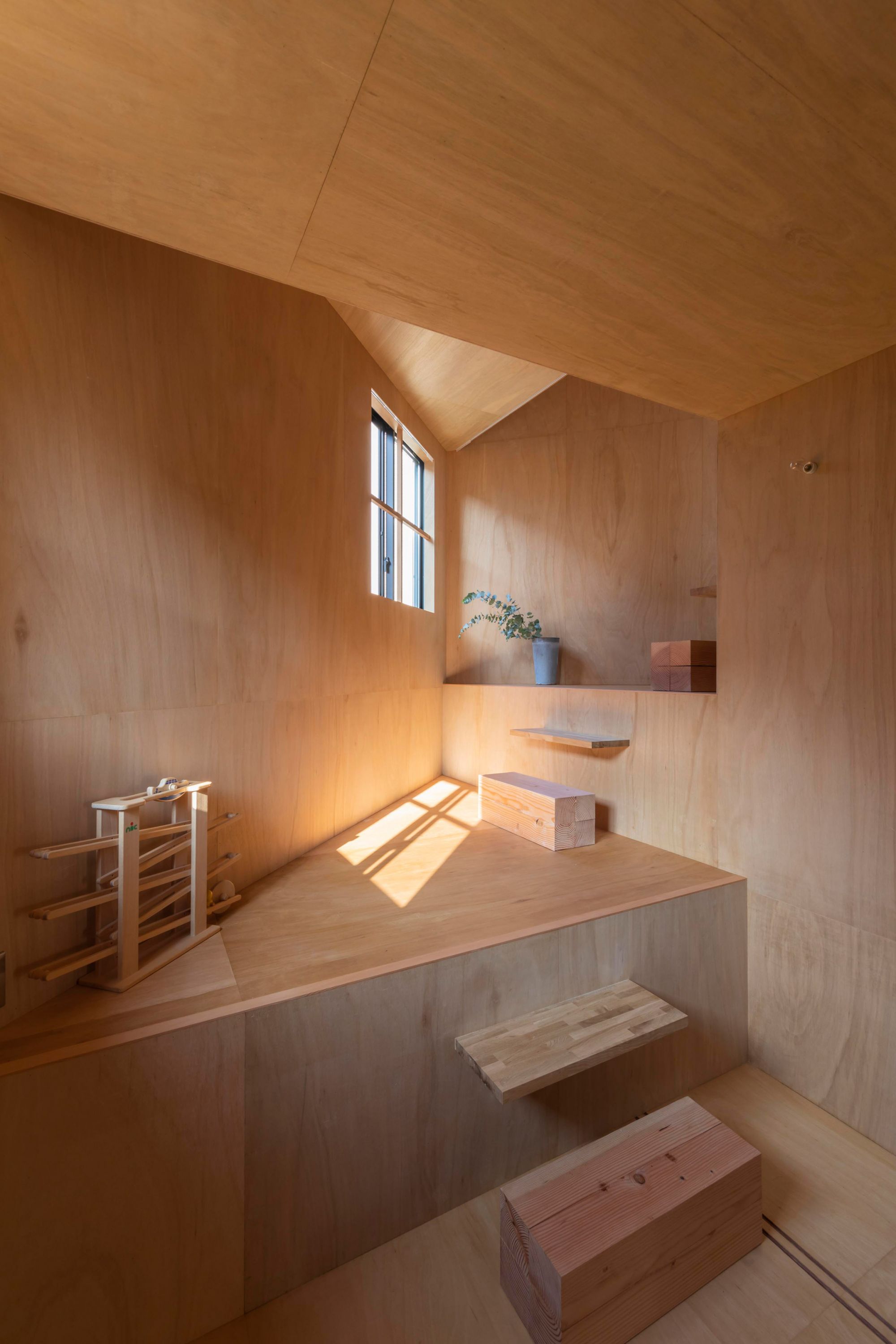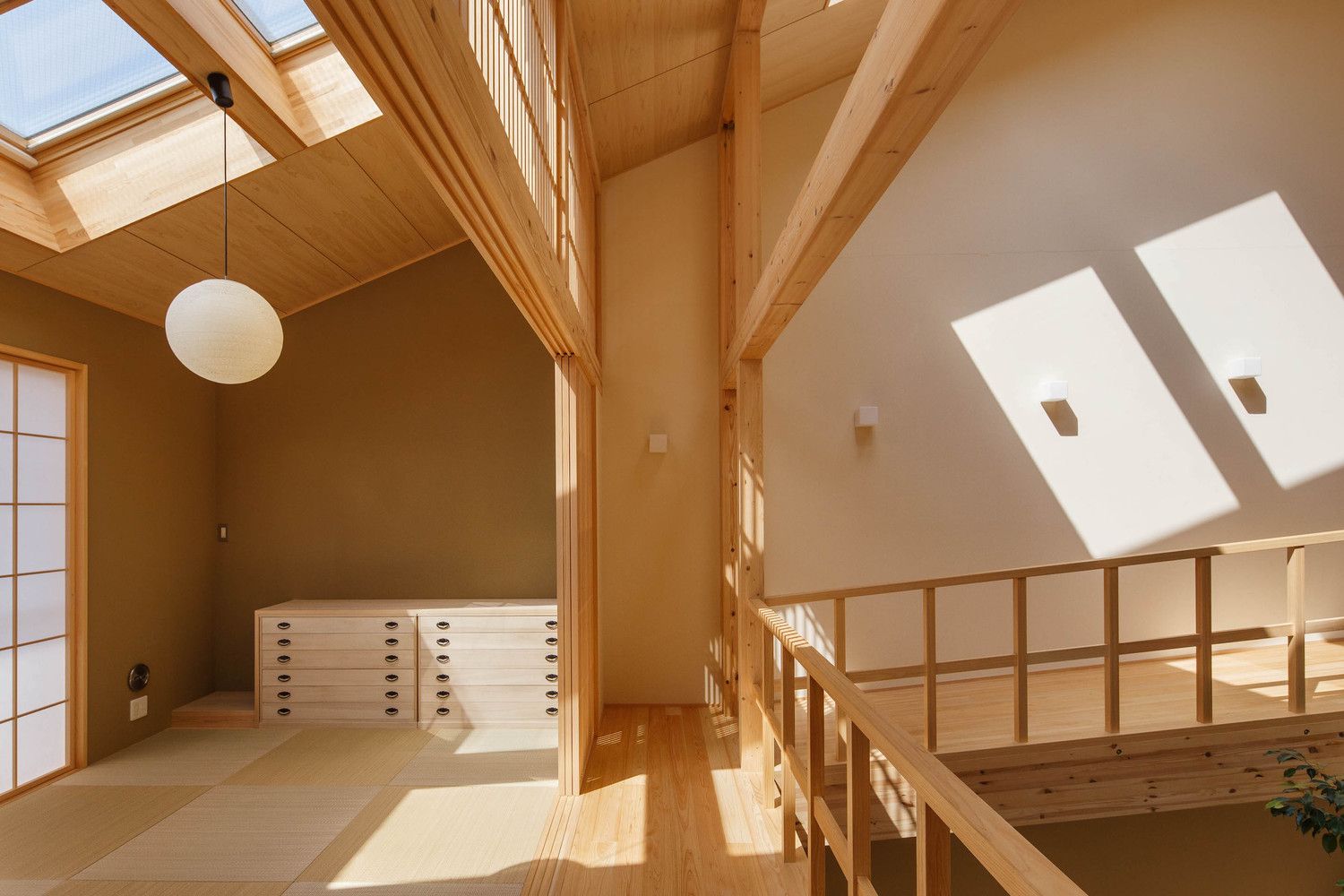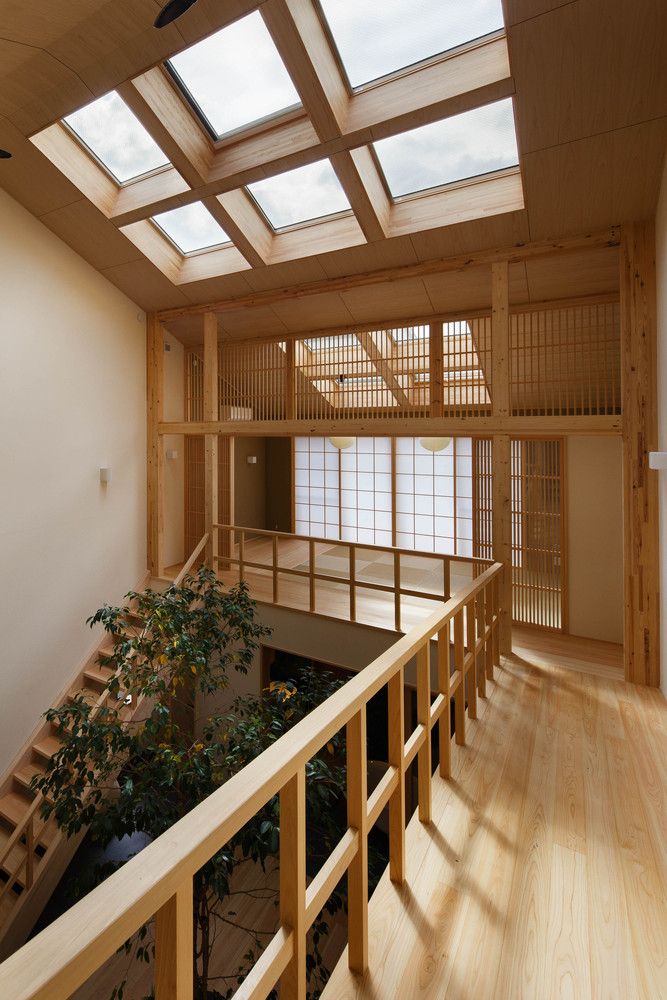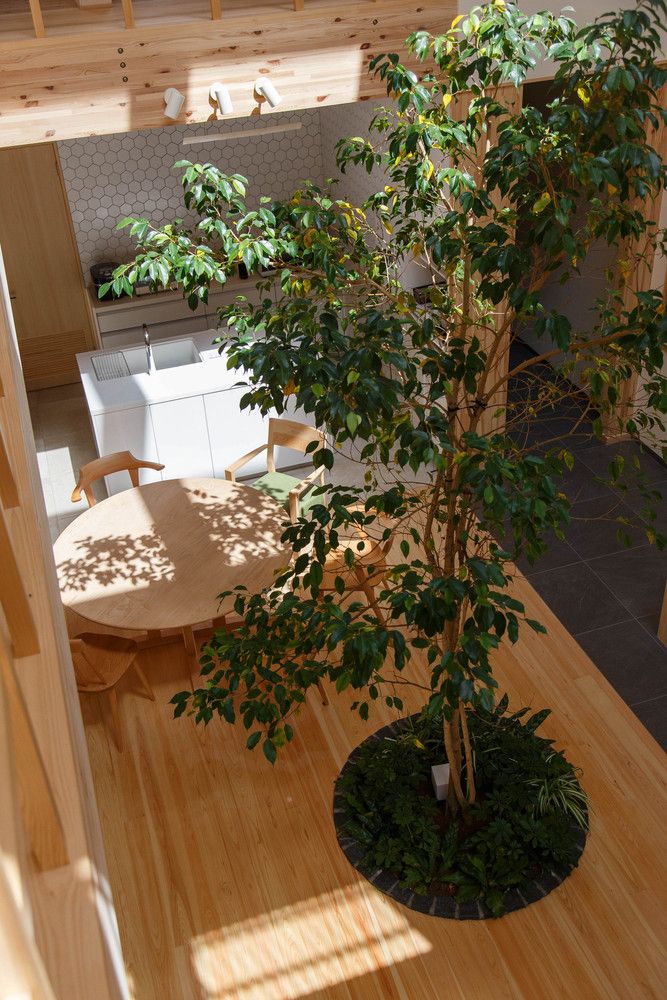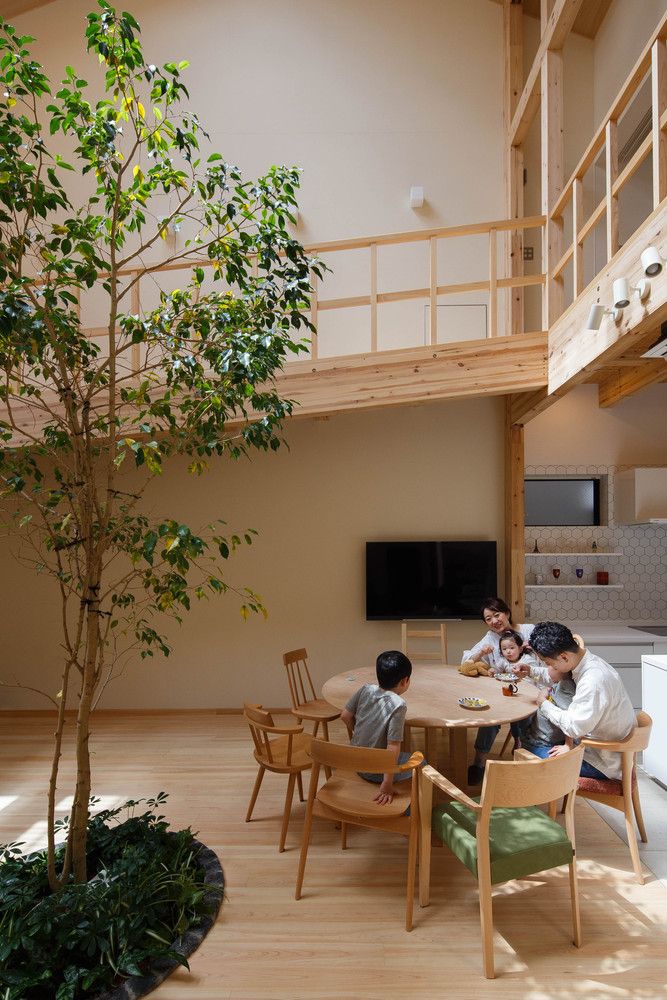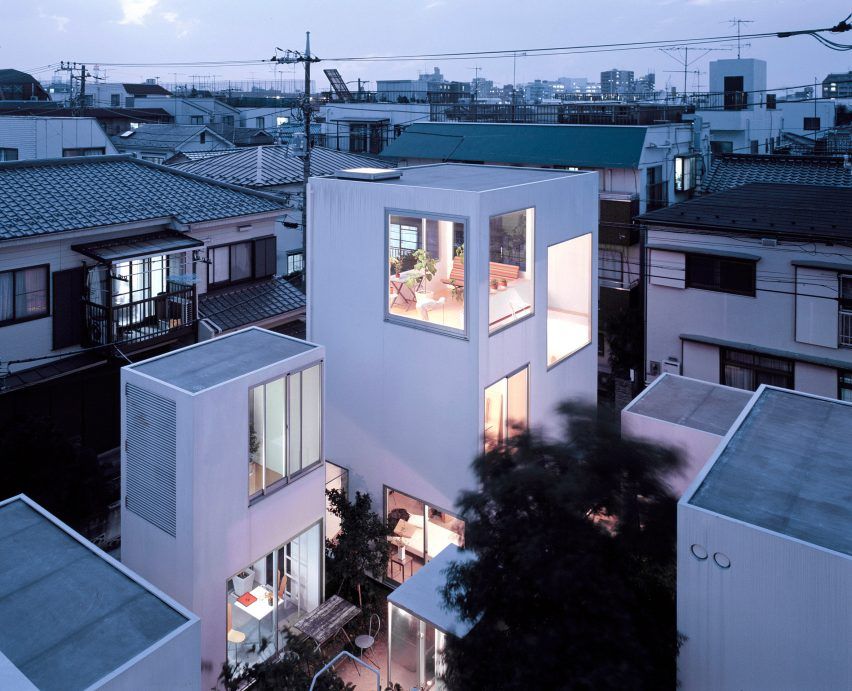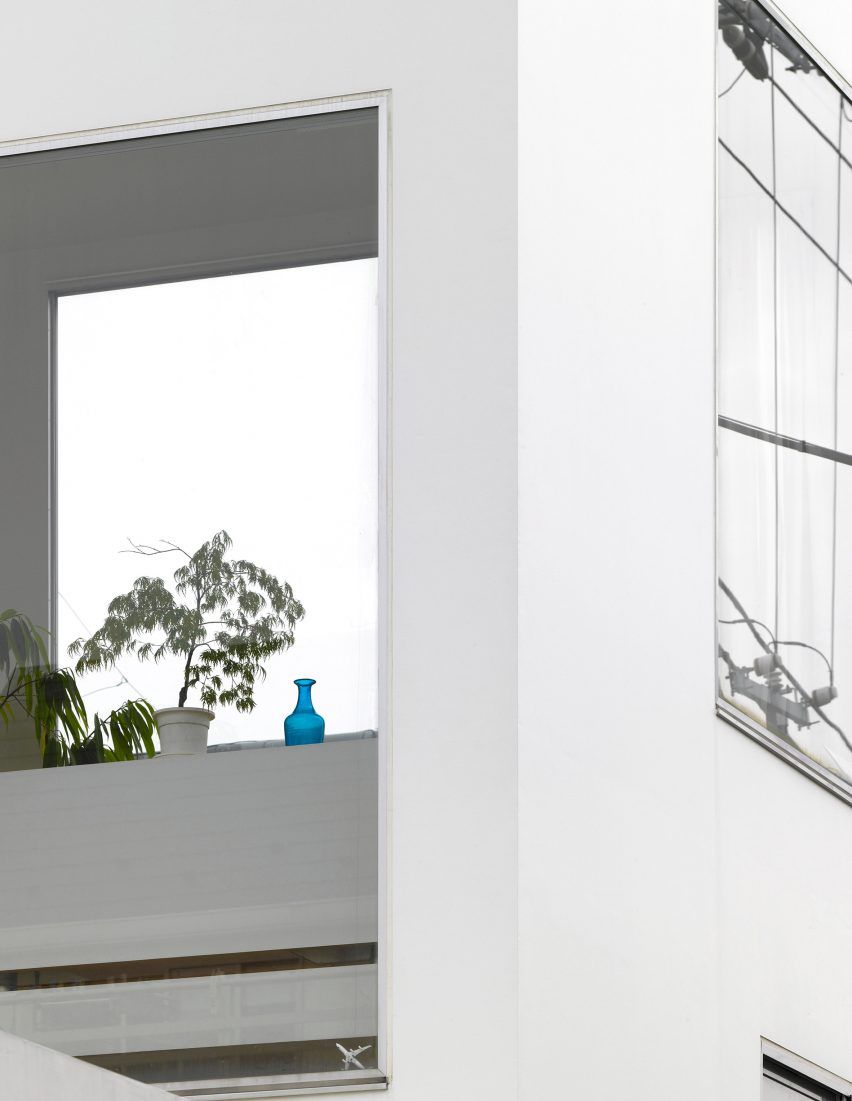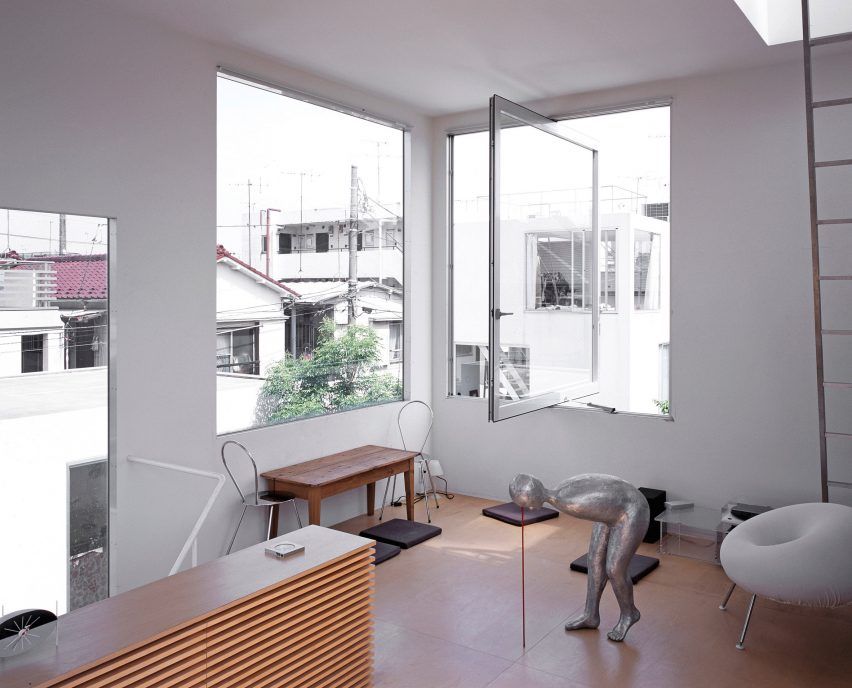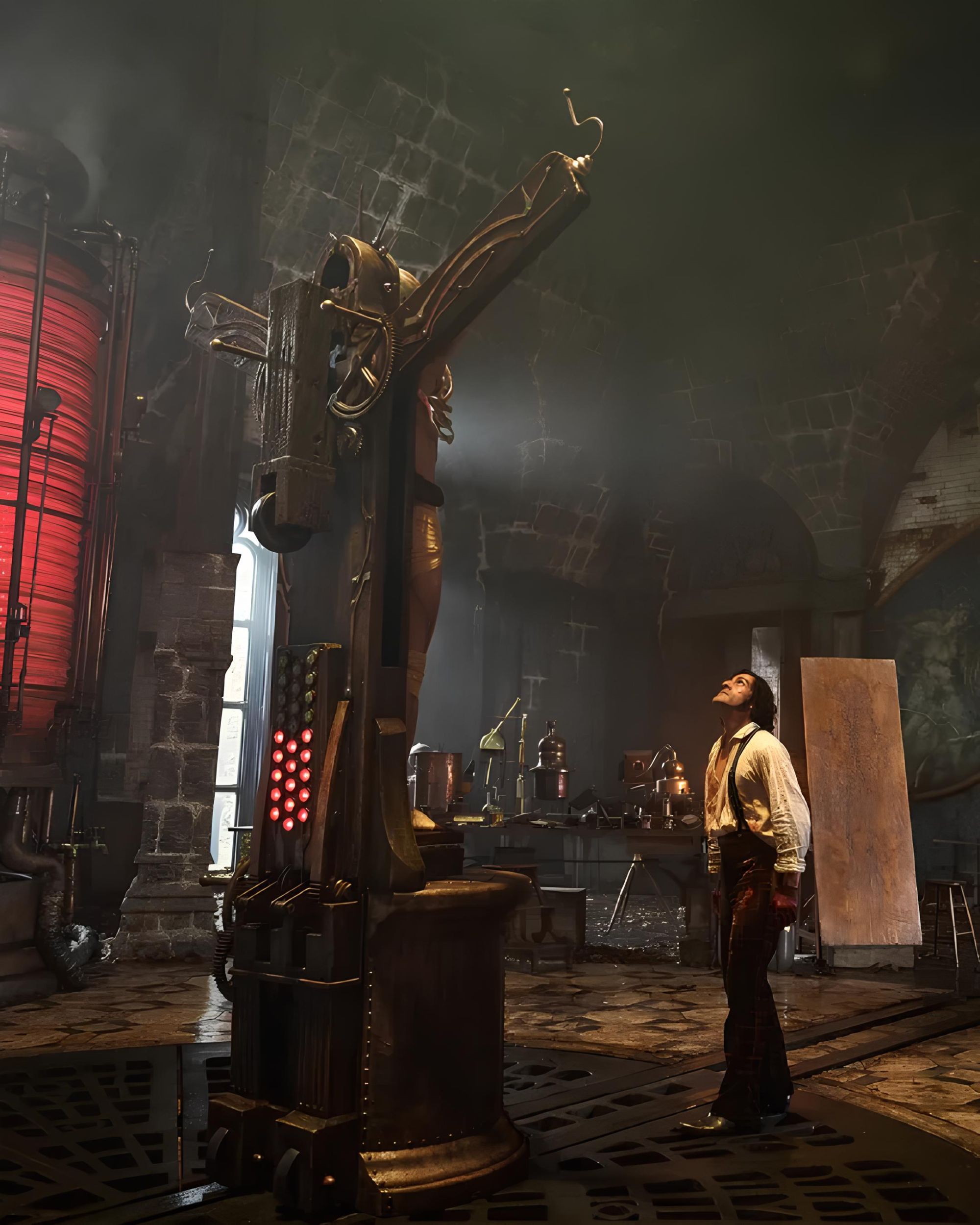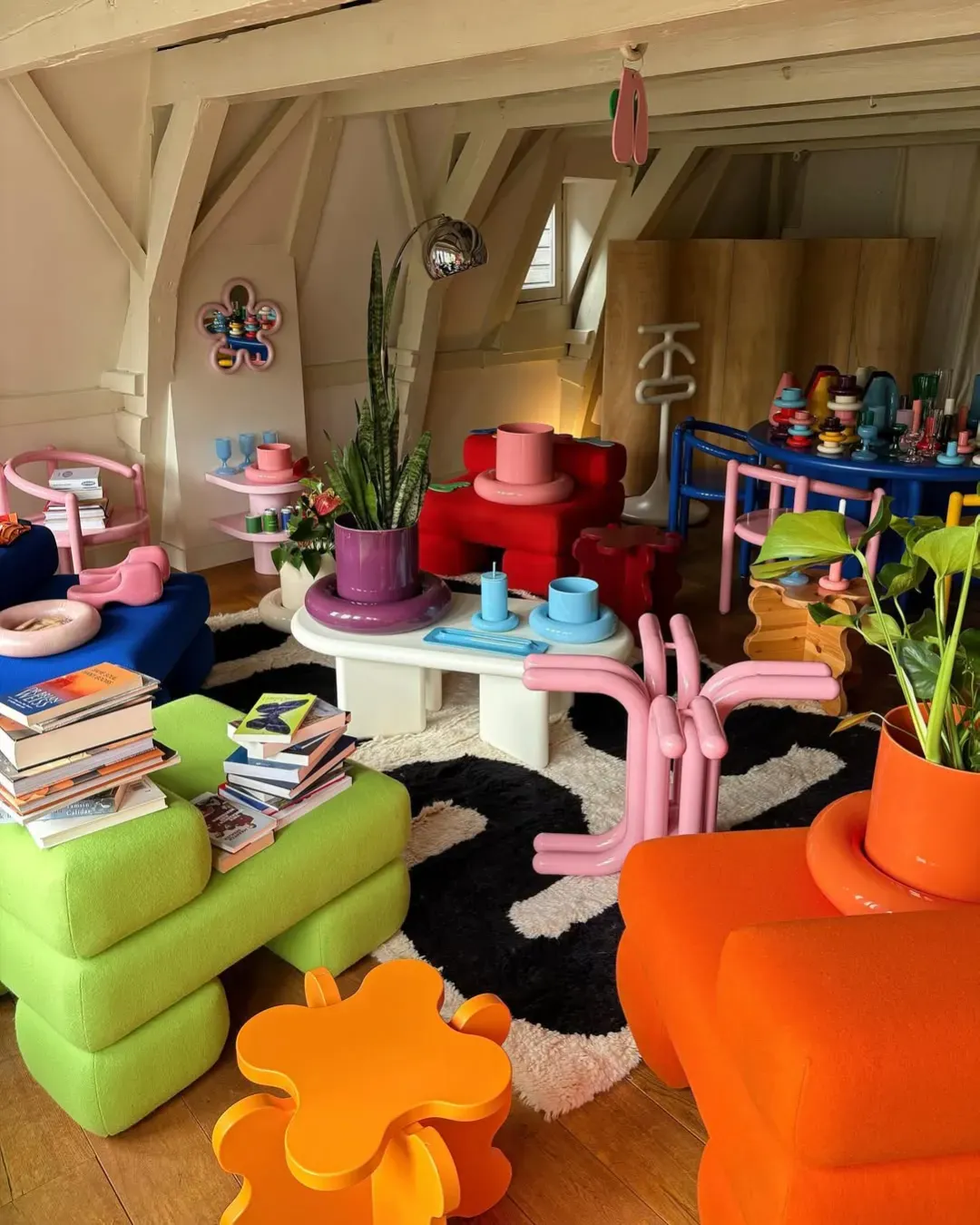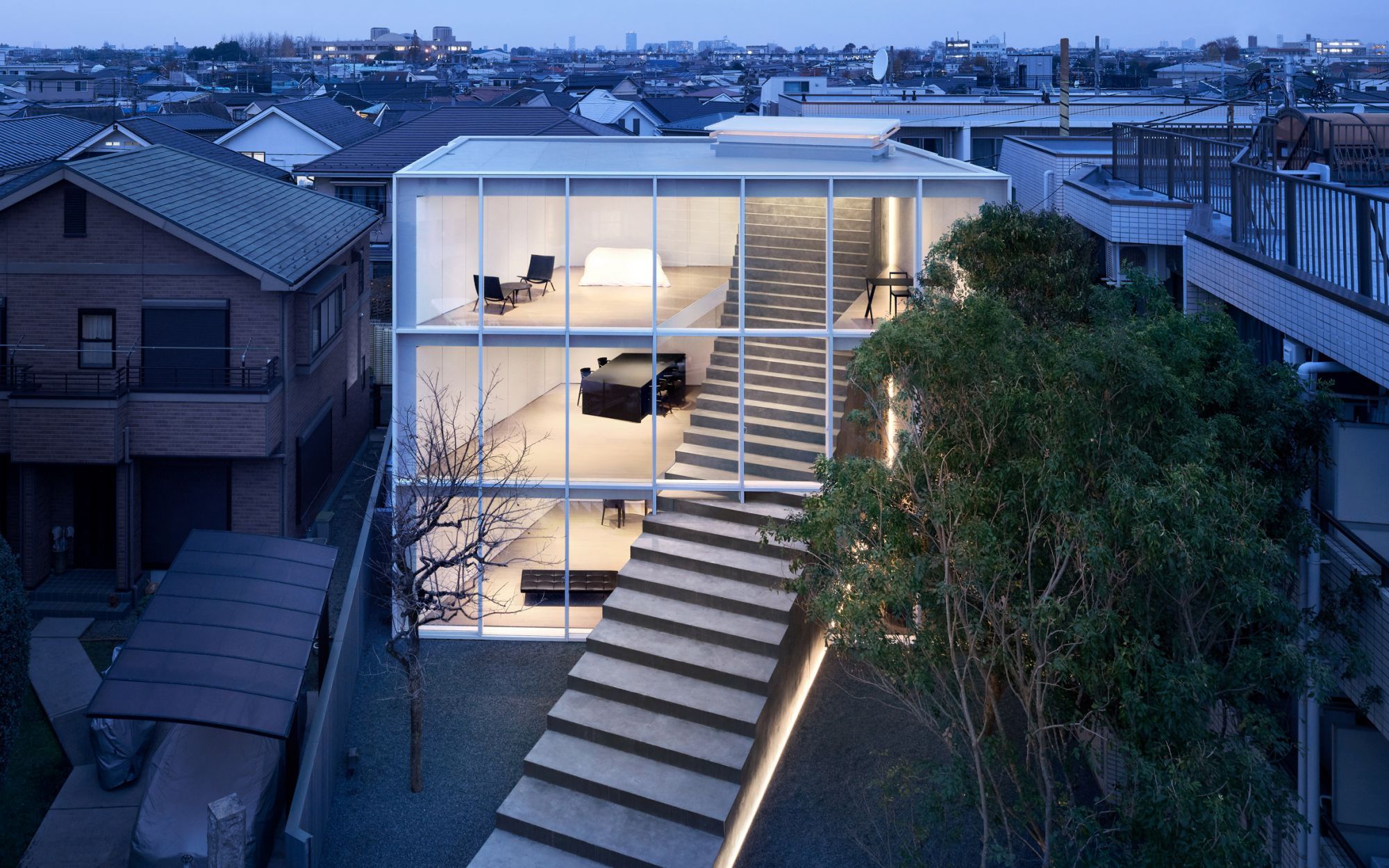
The 10 most beautiful design houses in Japan How to interpret a thousand-year-old tradition in modern terms
To understand contemporary Japanese architecture, one must understand its challenges. At the peak of the modernist movement, in the early decades of the twentieth century, Western architects had to strive to simplify and essentialize the style of European housing, which came out of the nineteenth century laden with frills, friezes and columns inherited from centuries of tradition. Things went differently in Japan, a country where all the arts – and therefore not just architecture – had always been inspired by the concepts of linearity and simplicity, while not renouncing their intellectual complexity. What is modern for the West is tradition in Japan – a tradition that has given birth, today, to design houses that, although formally distant from pure tradition, remain close to them in spirit.
For this reason, nss magazine has compiled a list of the ten most beautiful design houses in Japan.
Moriyama House - Ryue Nishizawa
The Moriyama house, created by Ryue Nishizawa in 2005, is a perfect example of the central node addressed by many works of Japanese domestic architecture: the articulation between inside and out, the relationship and filters that separate the public dimension from the private one. If houses immersed in nature seek to create a relationship with it, the Moriyama house tries to re-establish a dialogue between interiors and exteriors in the context of a city. There are no physical barriers between the property and the street and all the boxes, equipped with large windows without curtains, are positioned in such a way as to look in different directions, thus preserving the privacy of individual tenants but promoting an ideal of common life.
Koshino House – Tadao Ando
Tadao Ando is a self-taught architect whose style is seen as a wise and complex use of negative space that aims to represent the beauty of simplicity. But there is little simple in the design of the Koshino house – the construction of which is based on two parallel rectangular concrete boundaries, partially buried in the declivity of the land on which it is built. The design of the house has its own peculiar shape because it was realized taking care not to interfere with the arrangement of the trees and the surrounding landscape but to merge completely into it. Through the careful arrangement of the windows the light enters the interior spectacularly, defining the spaces and merging even more the modernist interiors with the nature of the exterior.
Anjo House - Suppose Design Office
Built in 2016 and with an area of 168 square meters in Aichi prefecture, the Anjo House was born thinking about outdoor life as an enrichment of the daily experience. A huge roof covers the entire surface of the house, making the living room and the outdoor garden the same. The "garden room", as the architects themselves have described it, also creates a continuity between the urban fabric and the house, which does not find itself separated from its context.
House in Yoga – Keiji Ashizawa
Located in Tokyo, between the shibuya and Yoga districts, this home created for a family of five is designed to create the impression of living in the midst of nature even in the center of a metropolis. The volumes of reinforced concrete of which the building is composed are surrounded by vegetation and while in the center of the building there is an entirely transparent tree-lined courtyard that offers the feeling of a greater connection with nature.
House in Hokusetsu - Tato Architects
Located in the city of Osaka, this house built by the Yo Shimada-led team has a floor plan based on a pattern of twelve squares connected by diamonds, in turn composed of two equilateral triangles. The final effect is that of an image refracted in a prism, which creates a transparent labyrinth of eighteen rooms, articulated on two floors, whose various spaces can adapt to the various needs of the living room. Another idea on which the design of the house was based is that which sees the traditional division of environments as a constraint of lifestyle – which should instead be free and flexible. The unusual corners of the interior corridors creates the illusion of spatial expansion that incorporates three interior gardens into its geometric structure.
F Residence - Gosize
This house, which is located in the city of Hyogo, belongs to an architect and is thought to be a dual function of residence and study. The concept of the house is simple: a concrete frame with wide openings to the outside and a small pond decorated with a small tree that is the focal point of the ground floor inspired by the traditional tame – of the service areas of the house where you could enter even with shoes. Climbing the three levels of the house, the structure opens gradually outwards, culminating with the terrace on the highest level.
Four Leaves Villa – KIAS
Four Leaves Villa is set in the green of the Kurizawa window, 150km from Tokyo, and was built to provide its inhabitants with a real connection to the surrounding natural scenery. For this reason, each room is distinct from a function and oriented accordingly: the kitchen-living looks to the southeast while the bedrooms to the west, to take advantage of the privacy offered by the curtain of trees. The various areas are articulated in three interconnected volumes unified by a curved section roof that wants to mimic the shape of the surrounding foliage. This balance of concave and convex makes the living spaces wider and compact ones dedicated to bedrooms.
House in Kyoto - 07BEACH
The couple who own this house needed to create an extremely simple environment in order to look after their three children – for this reason it was built as a single large space at the center of which is a tree. Around the central hall are articulated all the various spaces of the house that were built according to a more classic architectural taste, modernized however by the liberal use of spaces illuminated by a large central skylight.
Stairway House – Nendo
This three-story villa is located in Tokyo's Shinjuku district and is occupied by three different generations of the same family. With grandparents living on the ground floor and parents with children at the top, a huge staircase-shaped structure has been built that connects all levels of the house. To create a visual contrast of materials steel is used for the house while concrete for the stair-shaped structure decorated with plant pots to evoke the environment of a greenhouse – while a real staircase is hidden inside the house.
House in Takatsuki – Tato Architects
This Escherian house, also built by Yo Shimada-led studio Tato Architects, is located in Osaka and is organized in a succession of triangular and rectangular floors that create sixteen different levels that rise towards the roof terrace following a spiral movement. There are no stairs but wooden blocks that are used as steps – a construction aimed at giving a sense of expansive space despite the small size that also takes advantage of a series of hidden compartments such as handouts and cabinets.










































